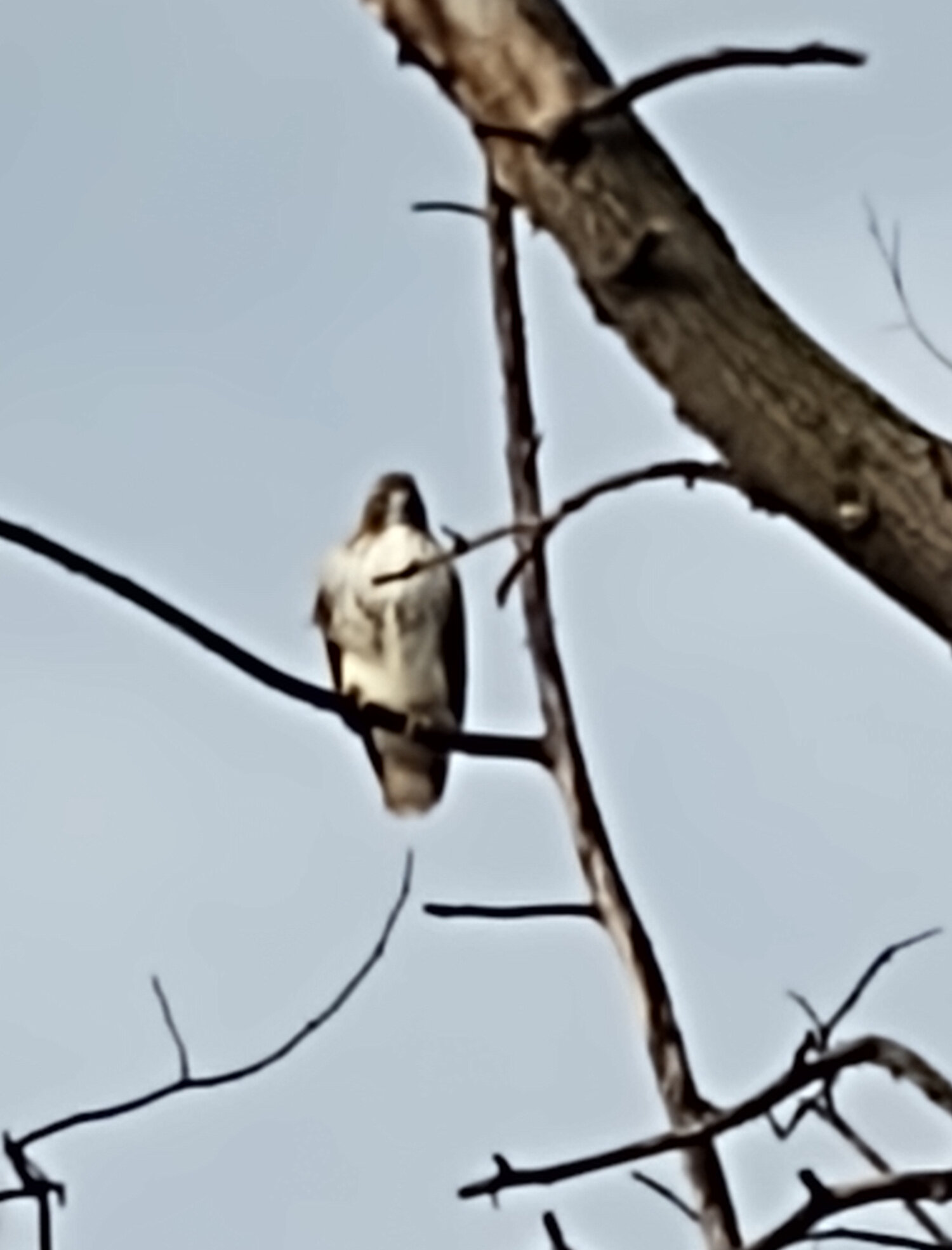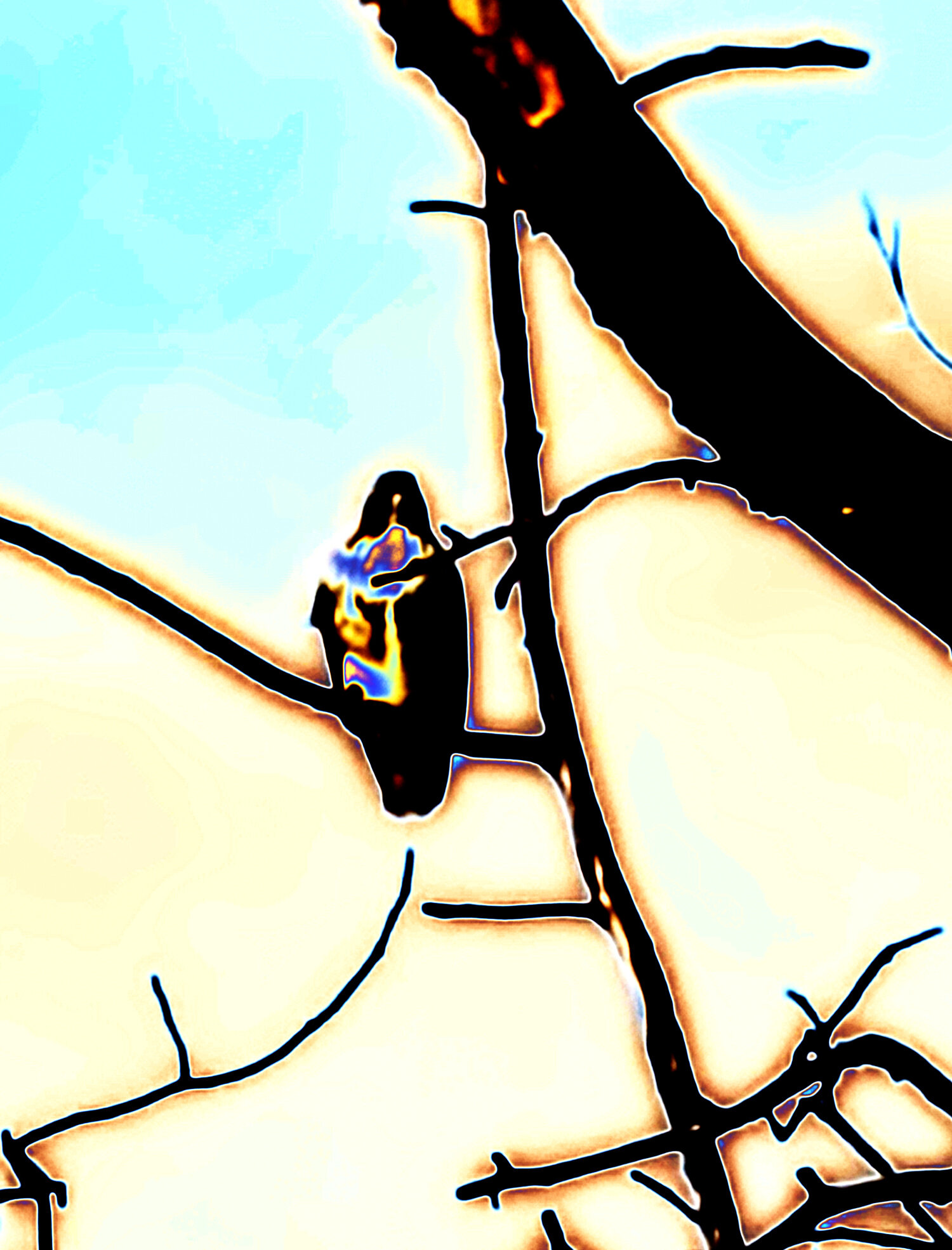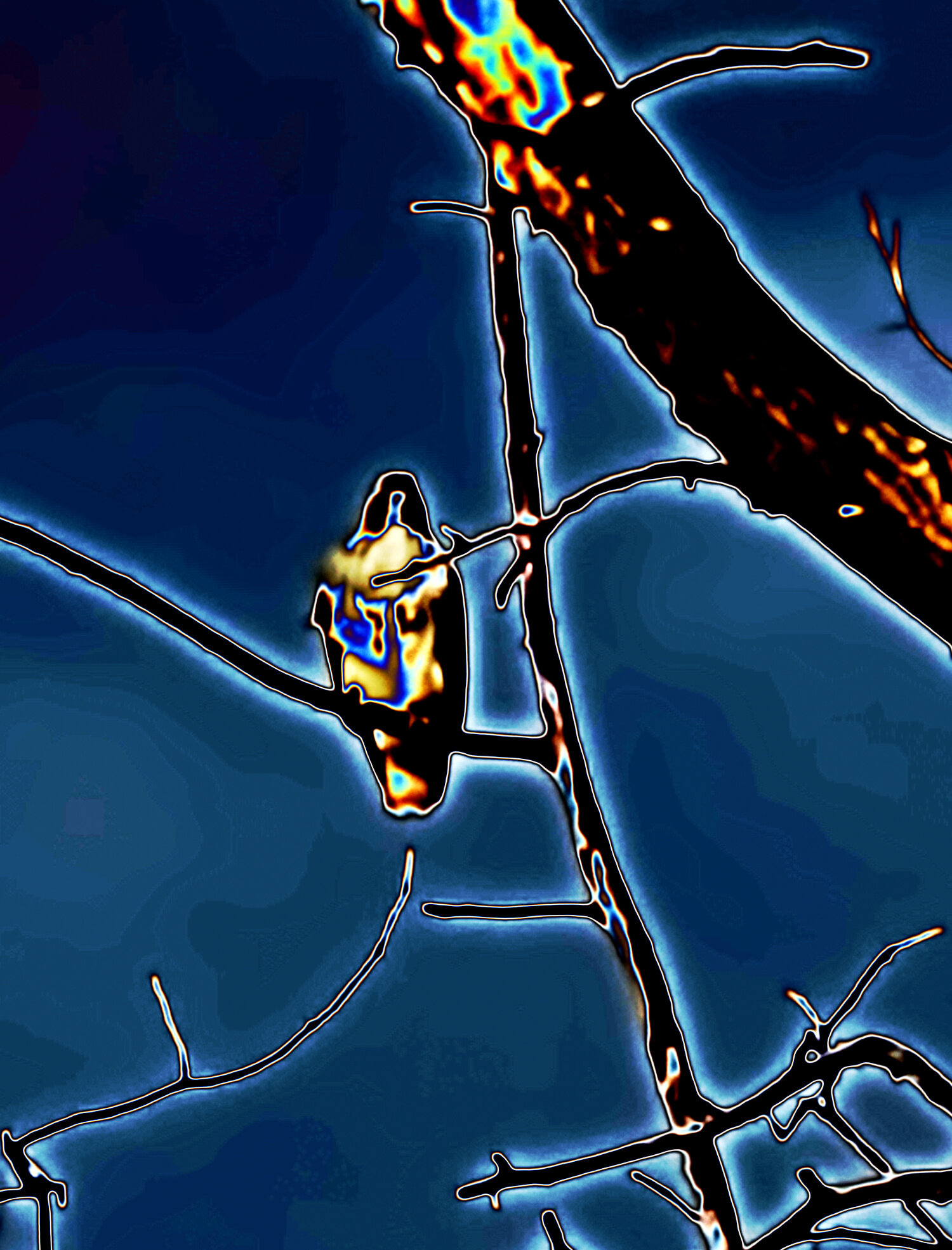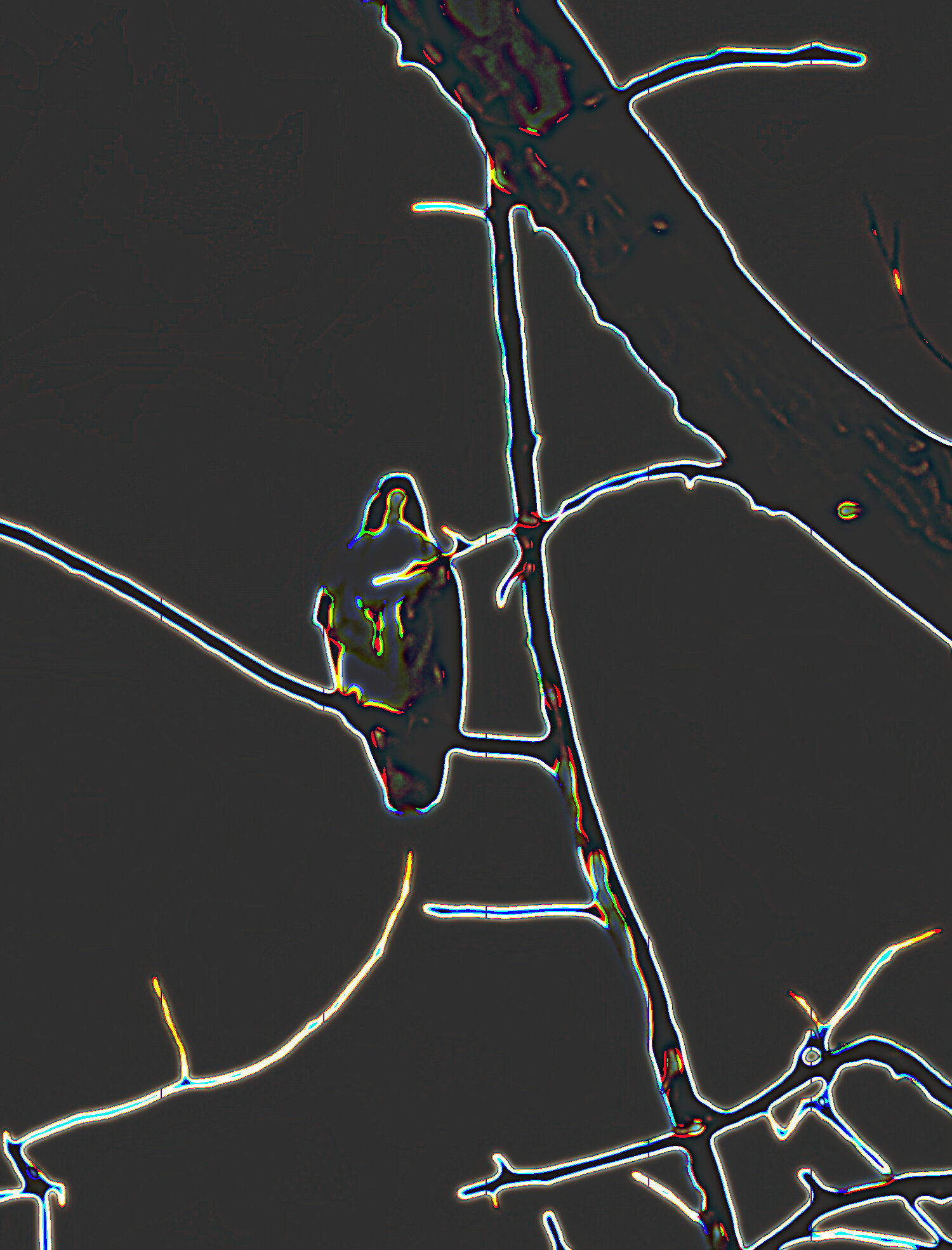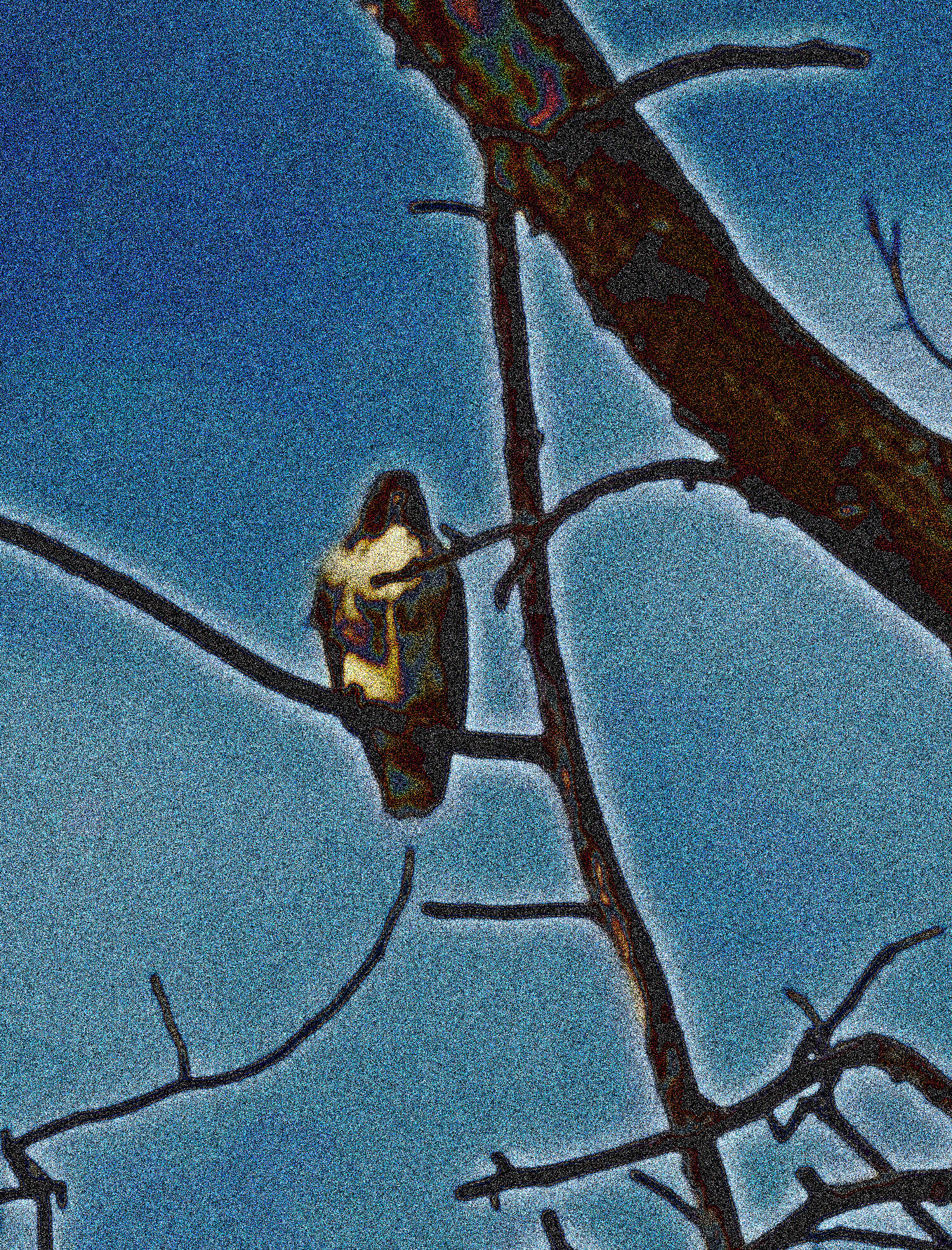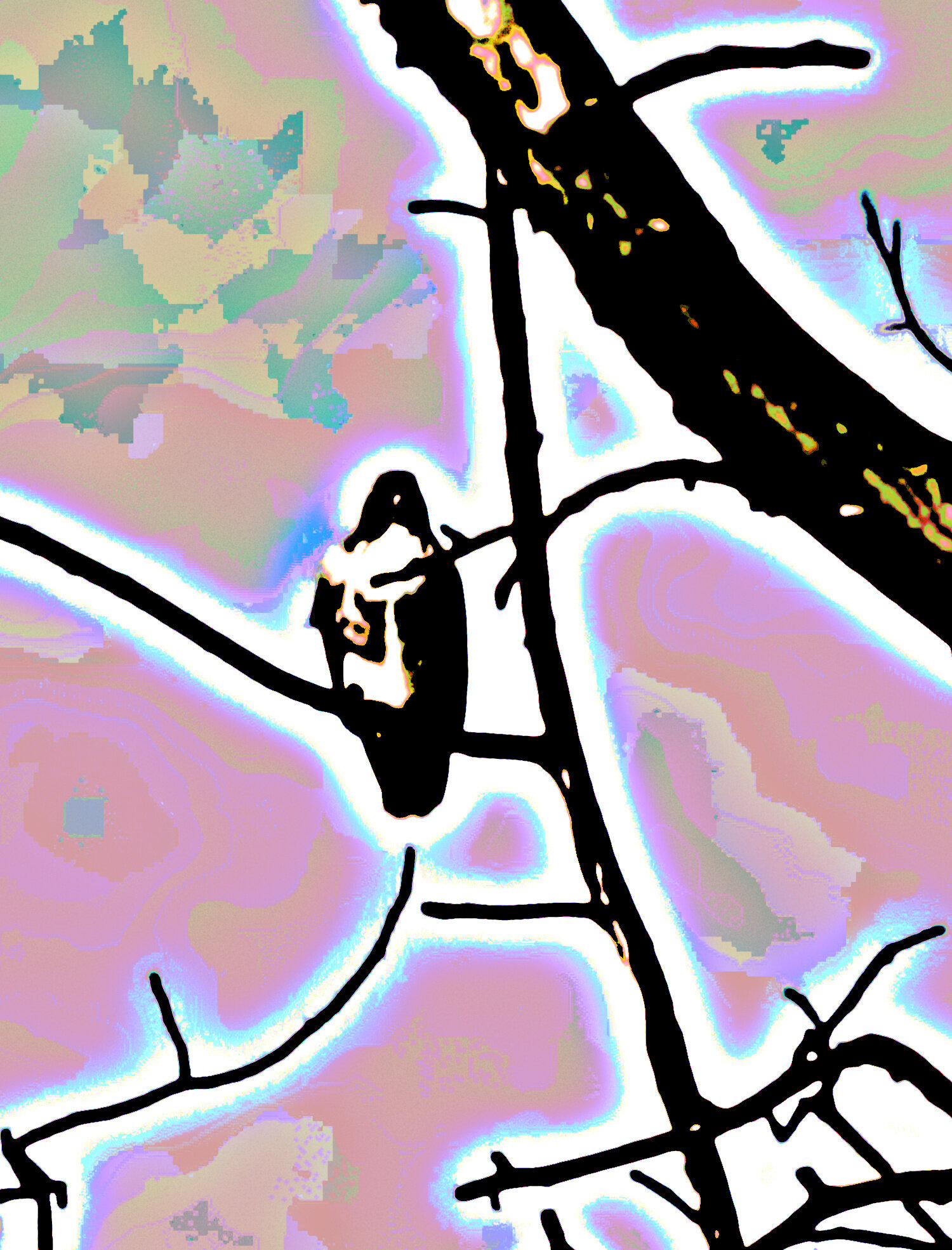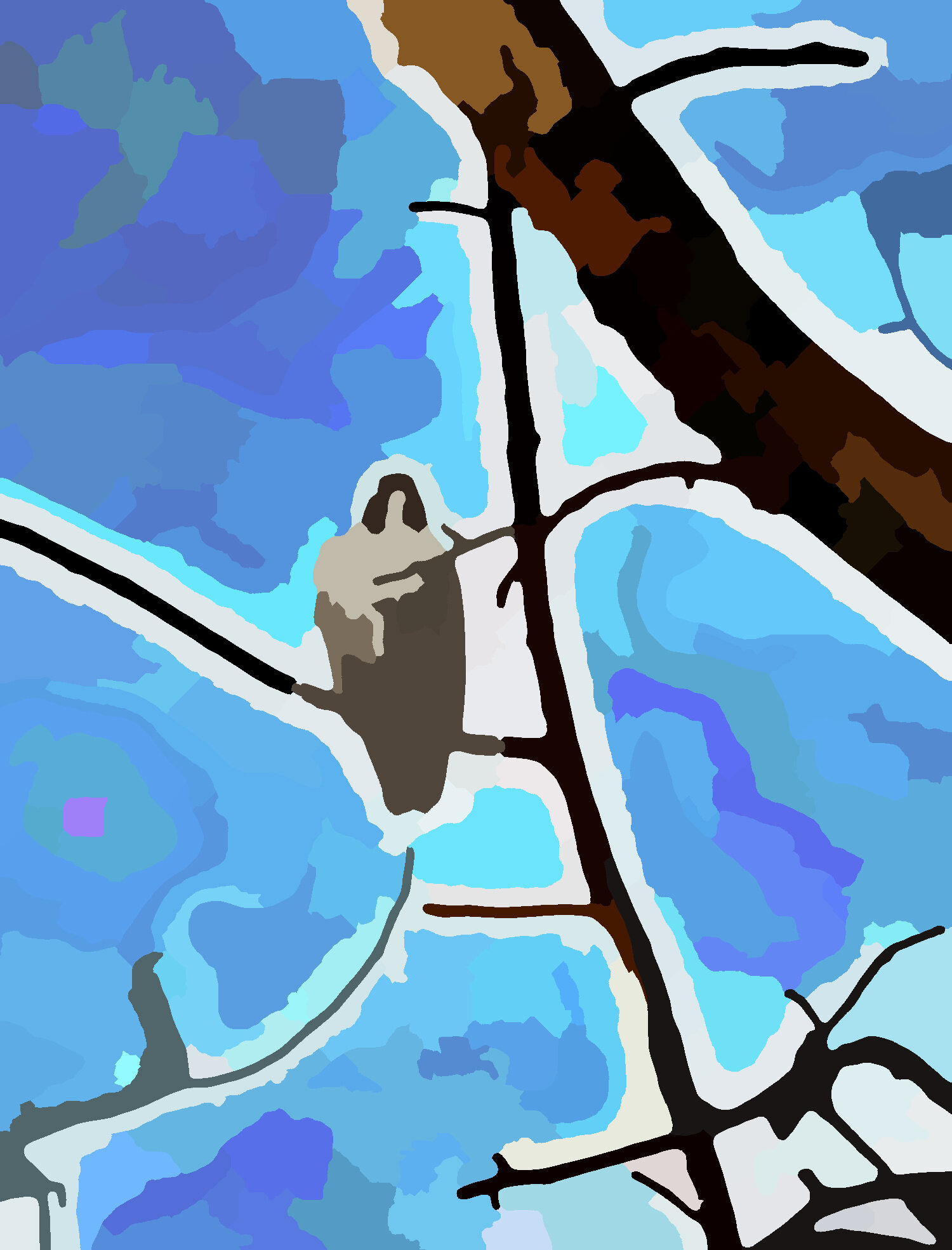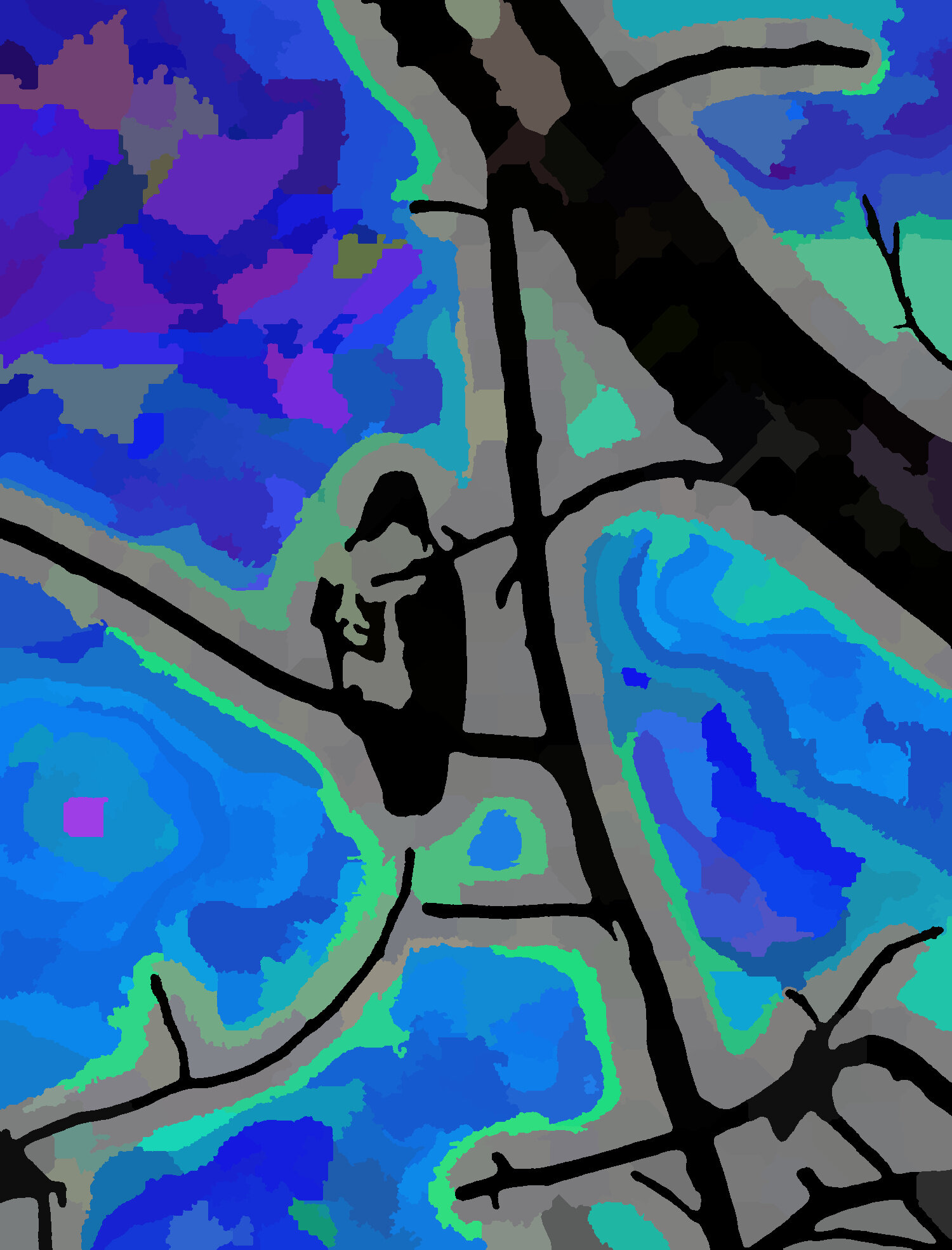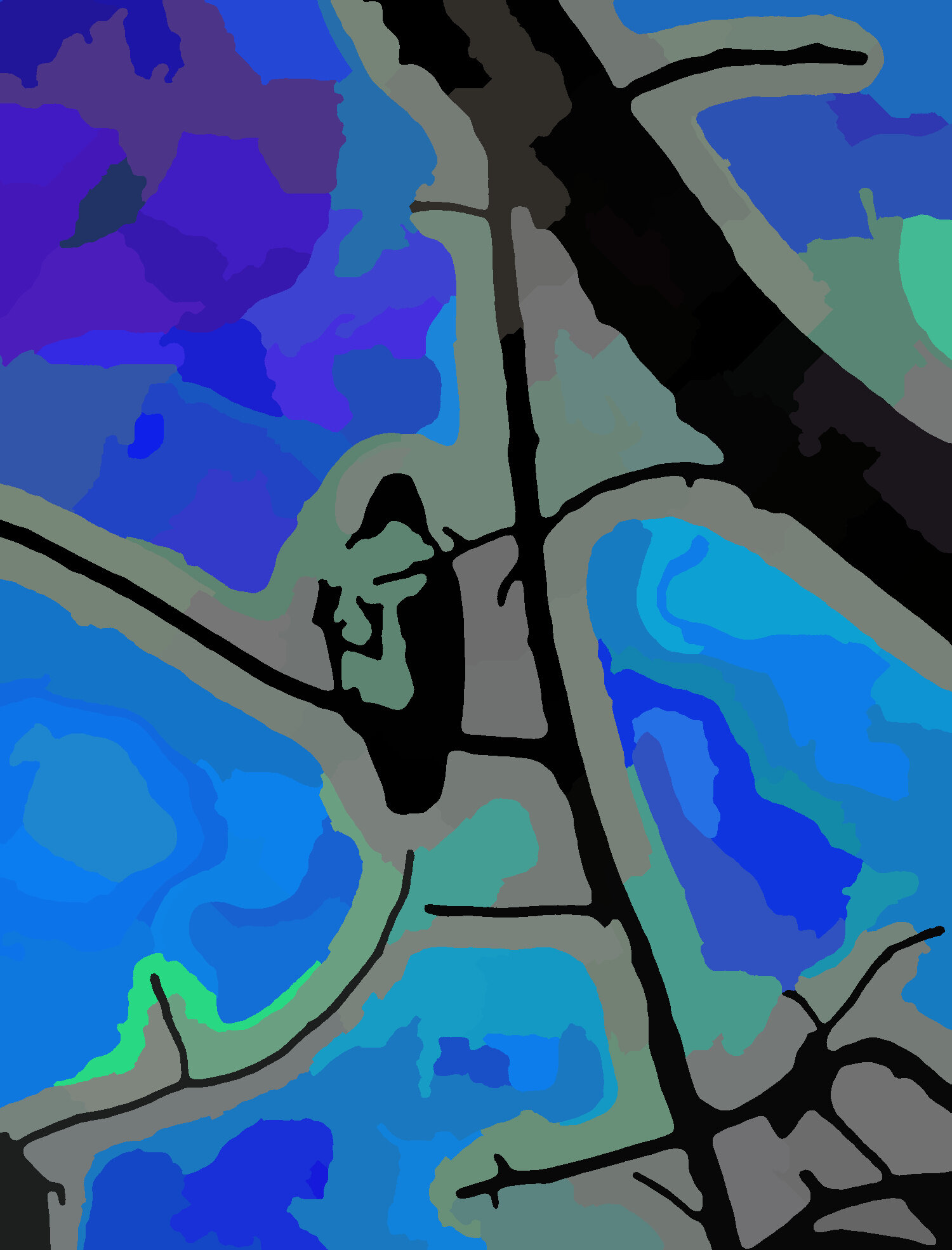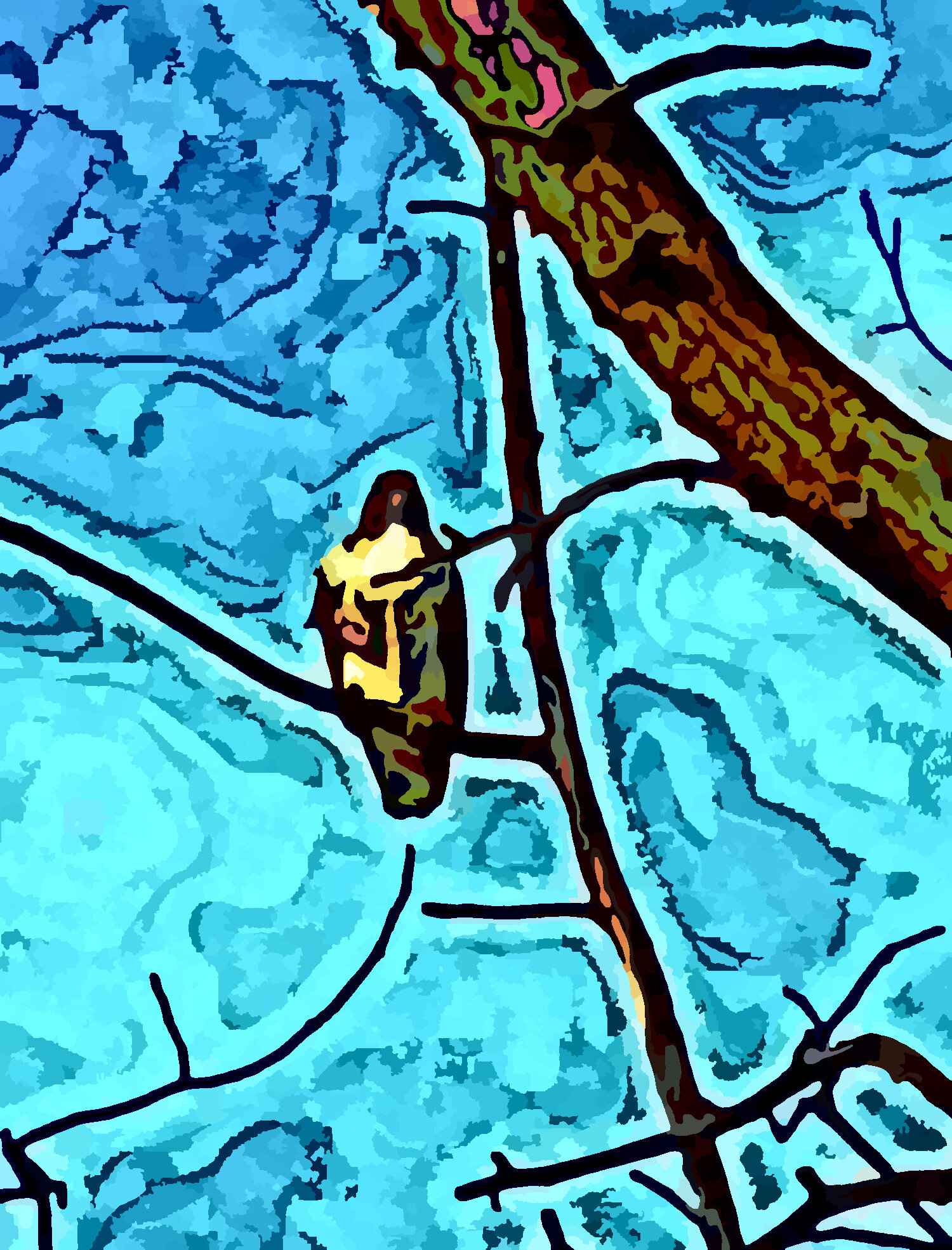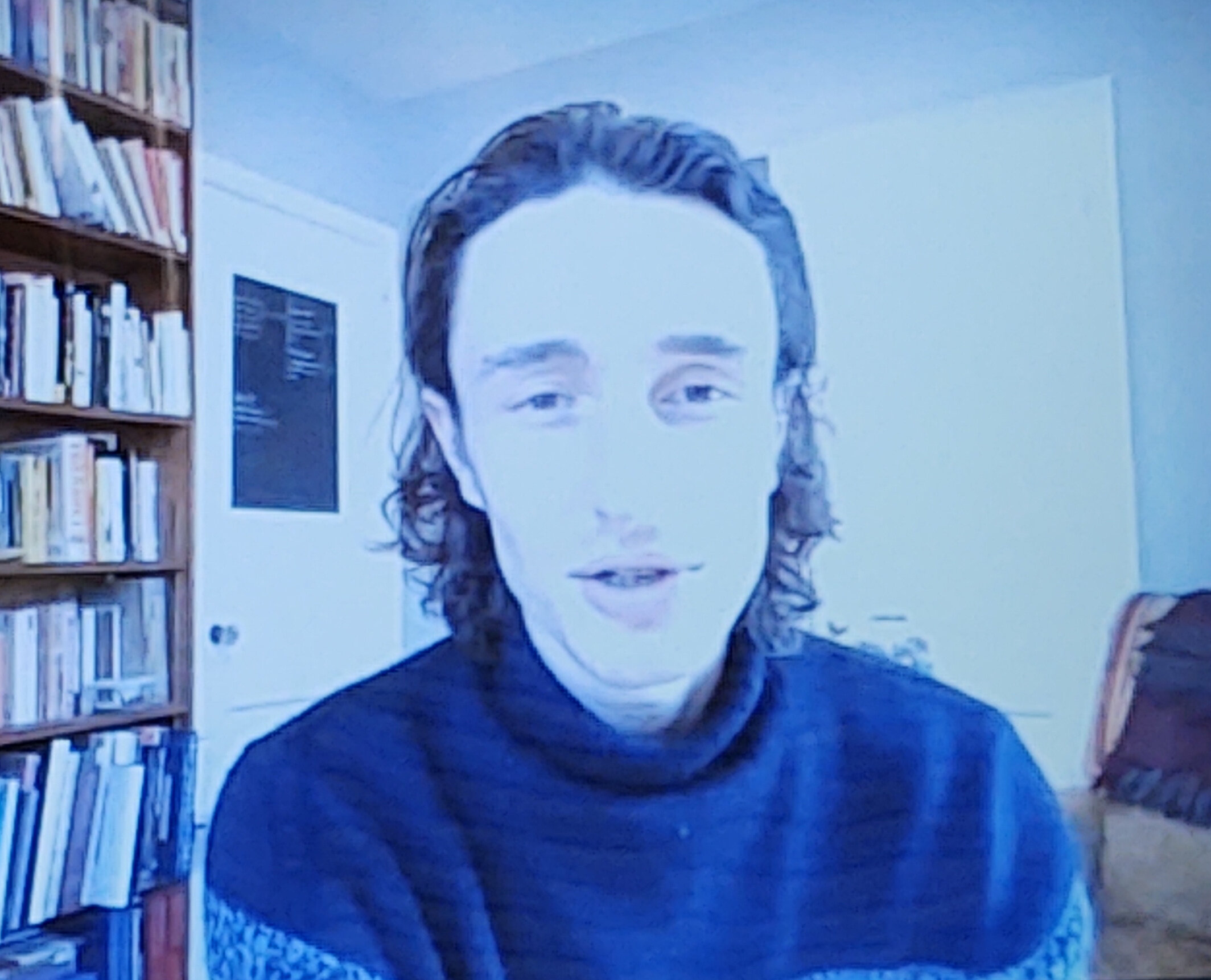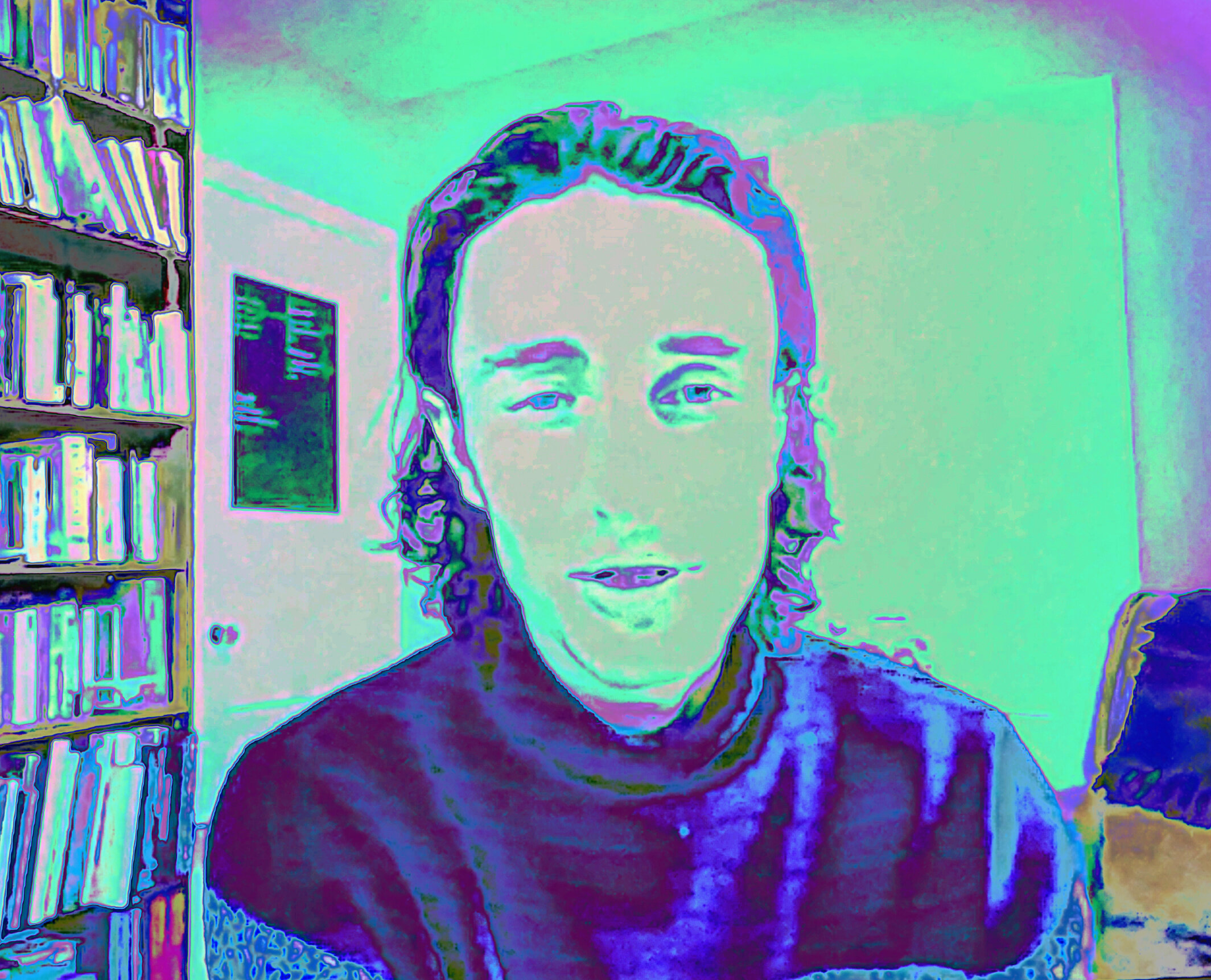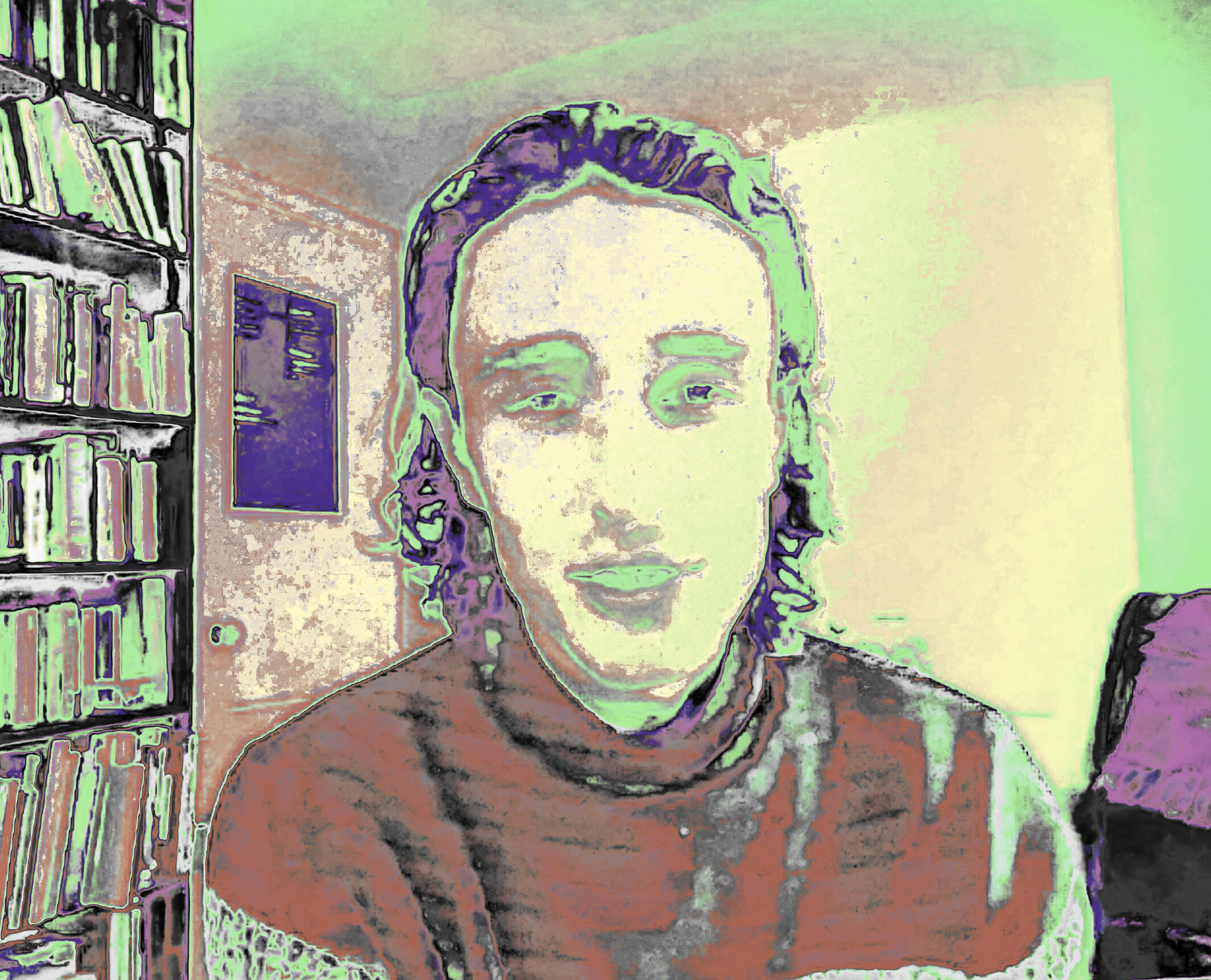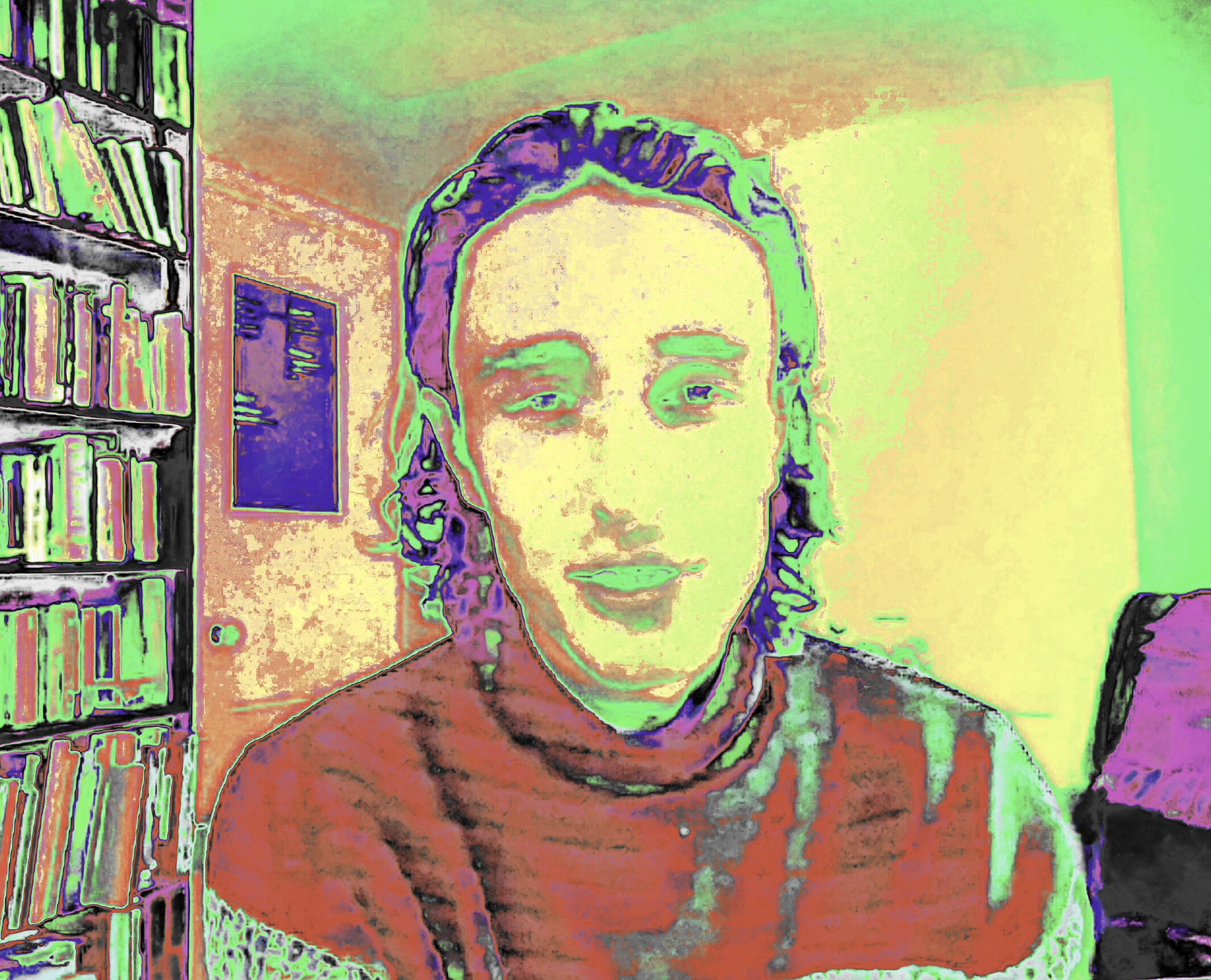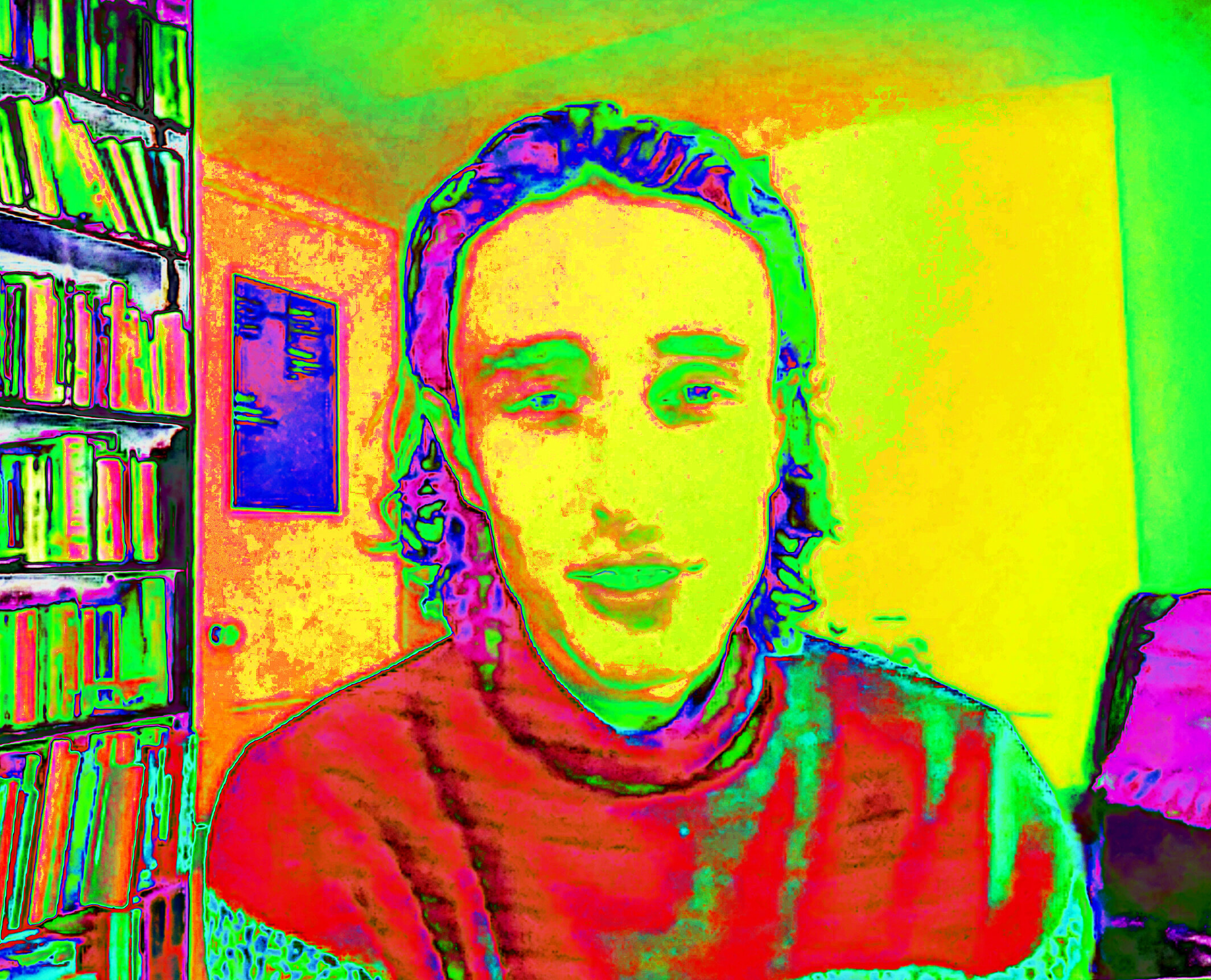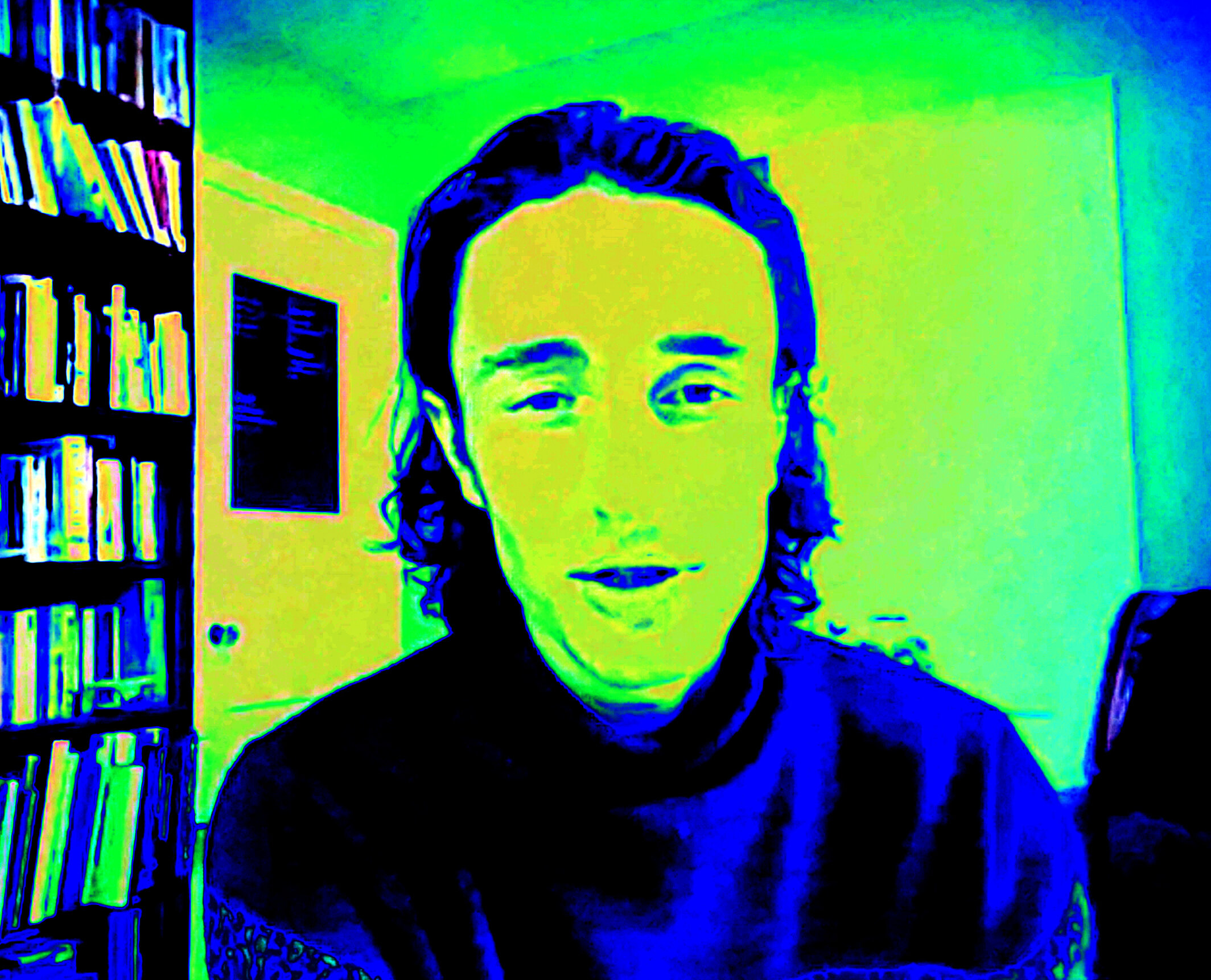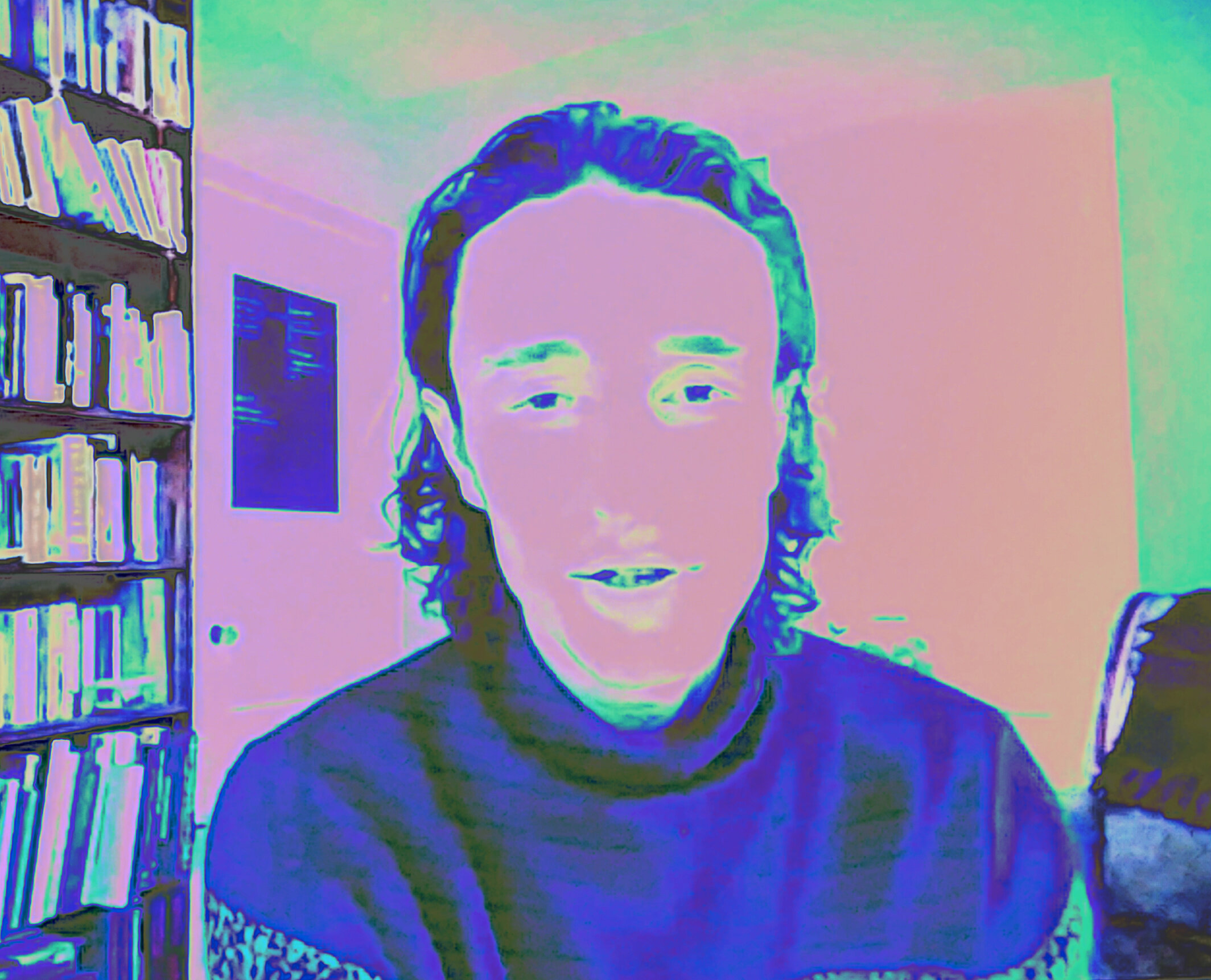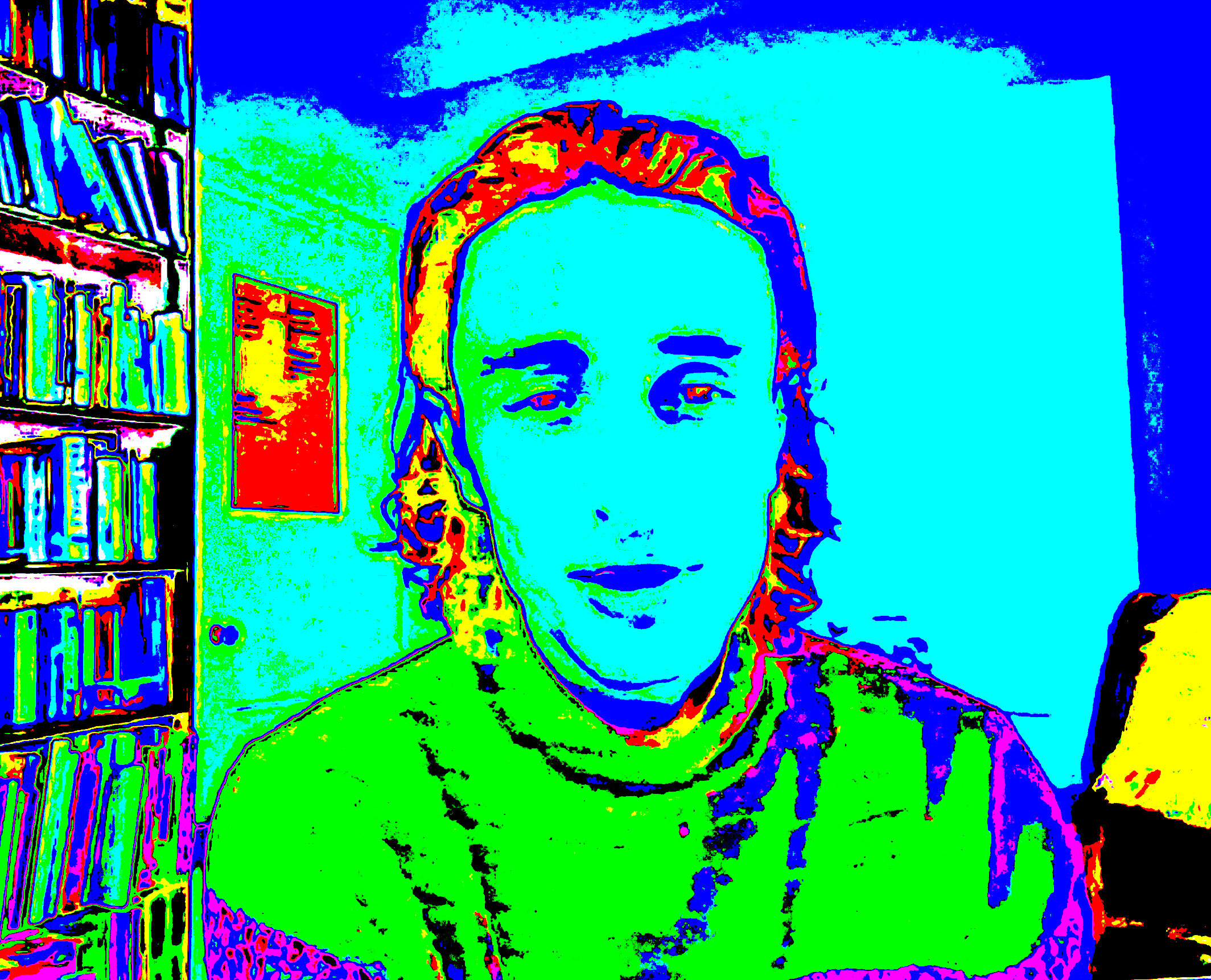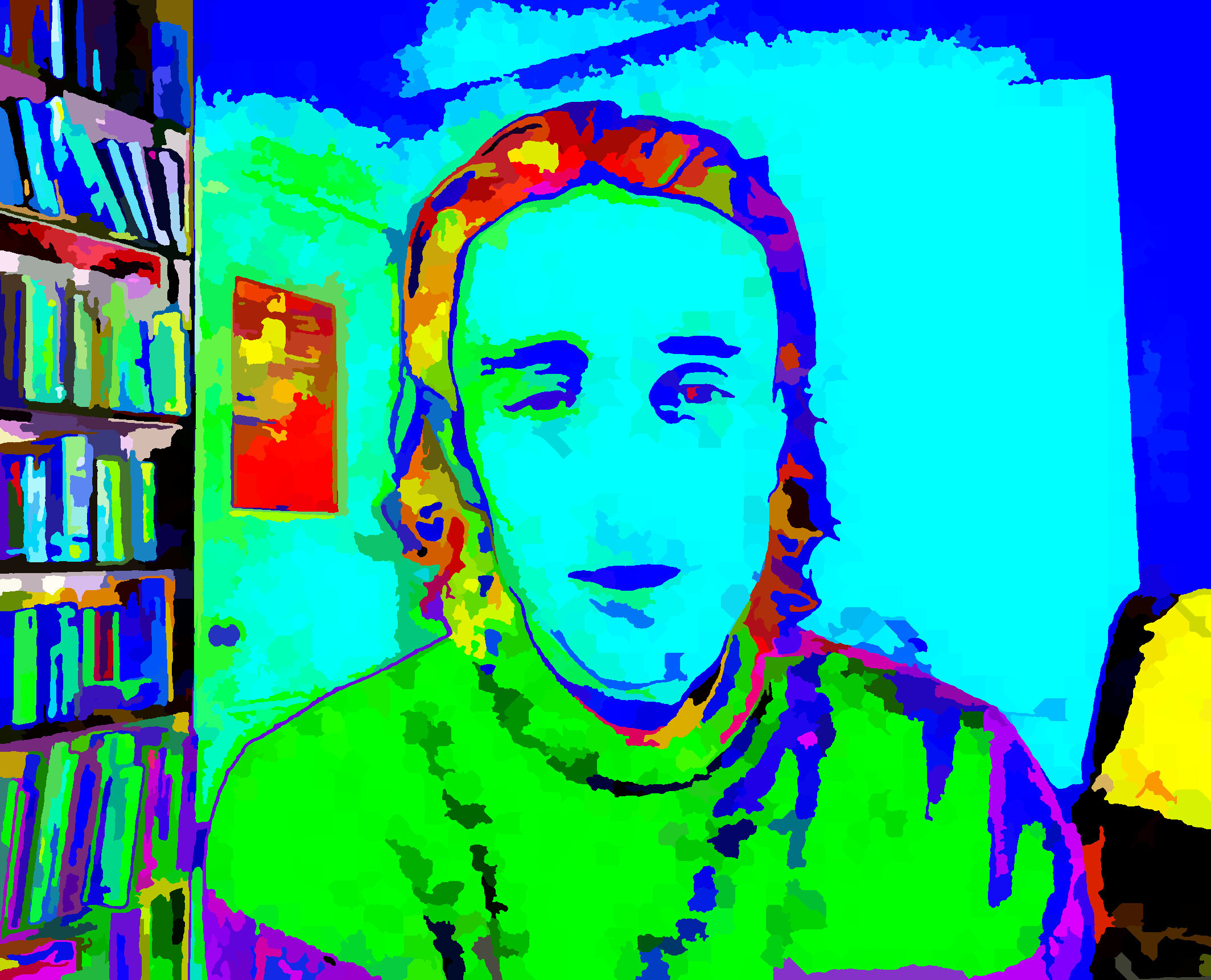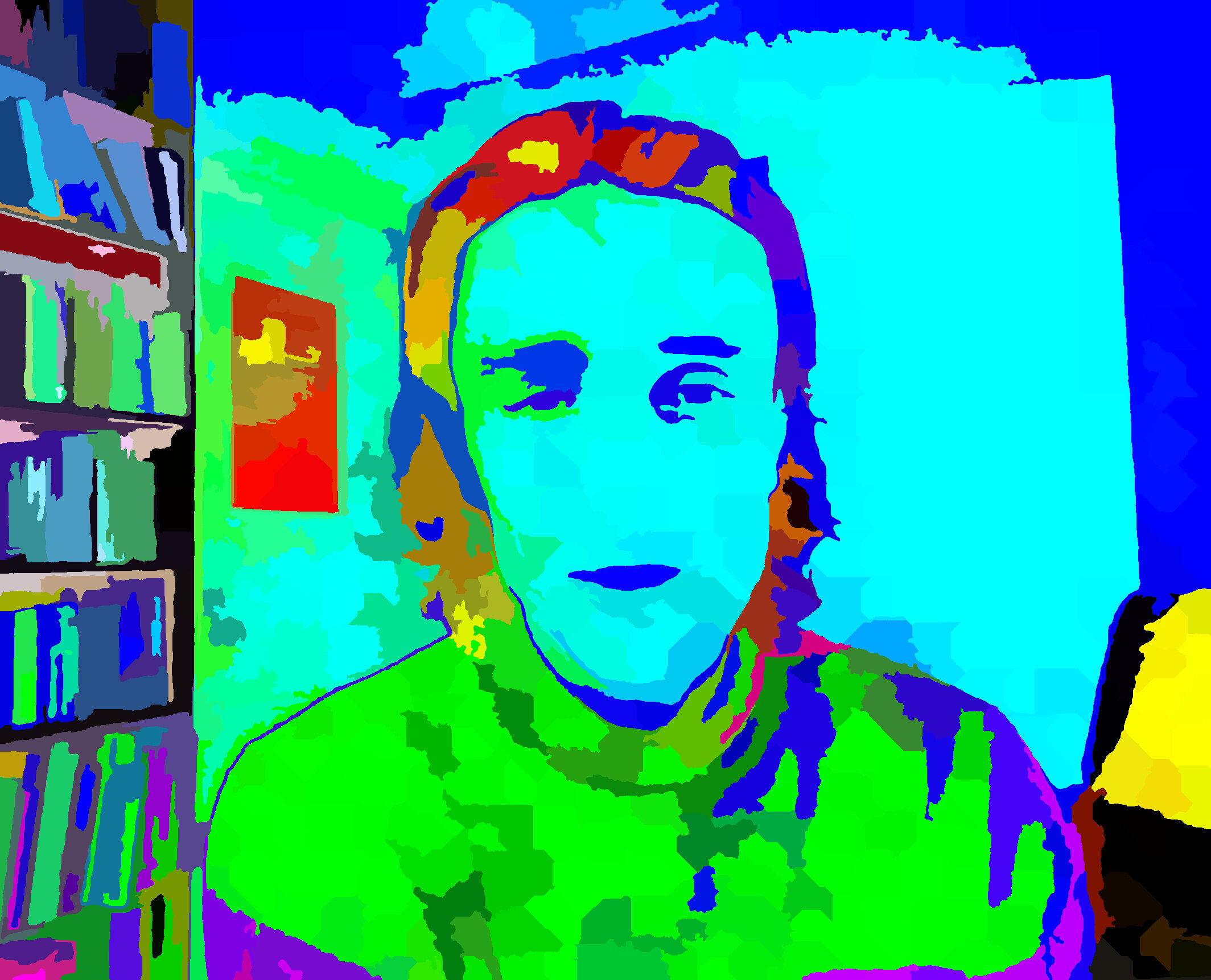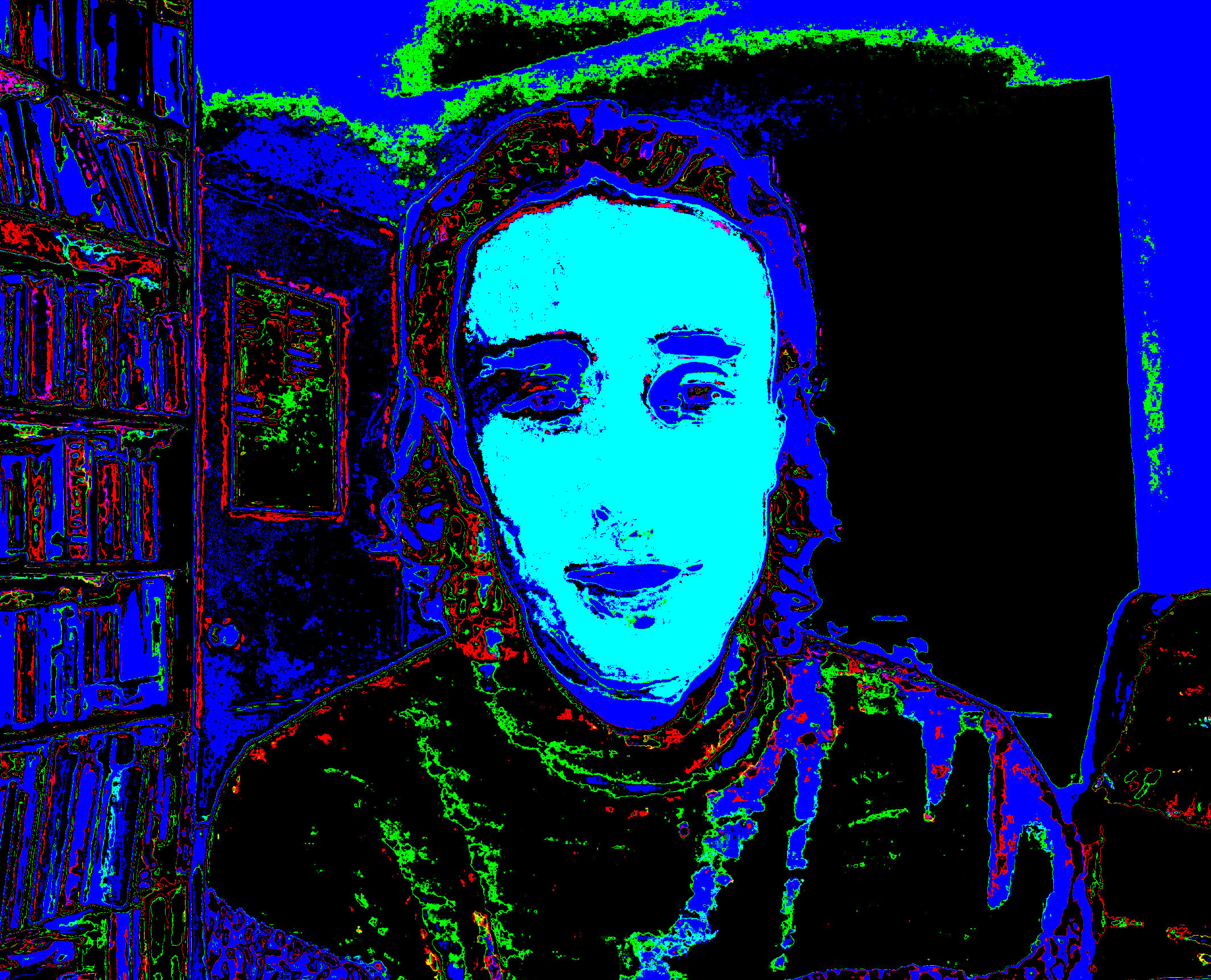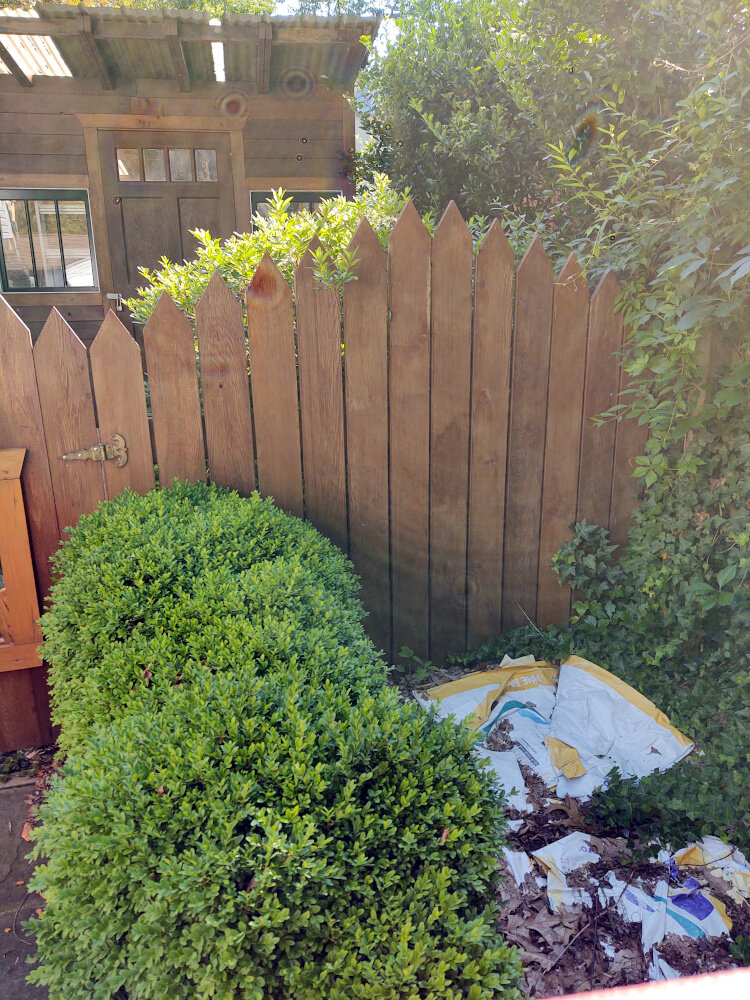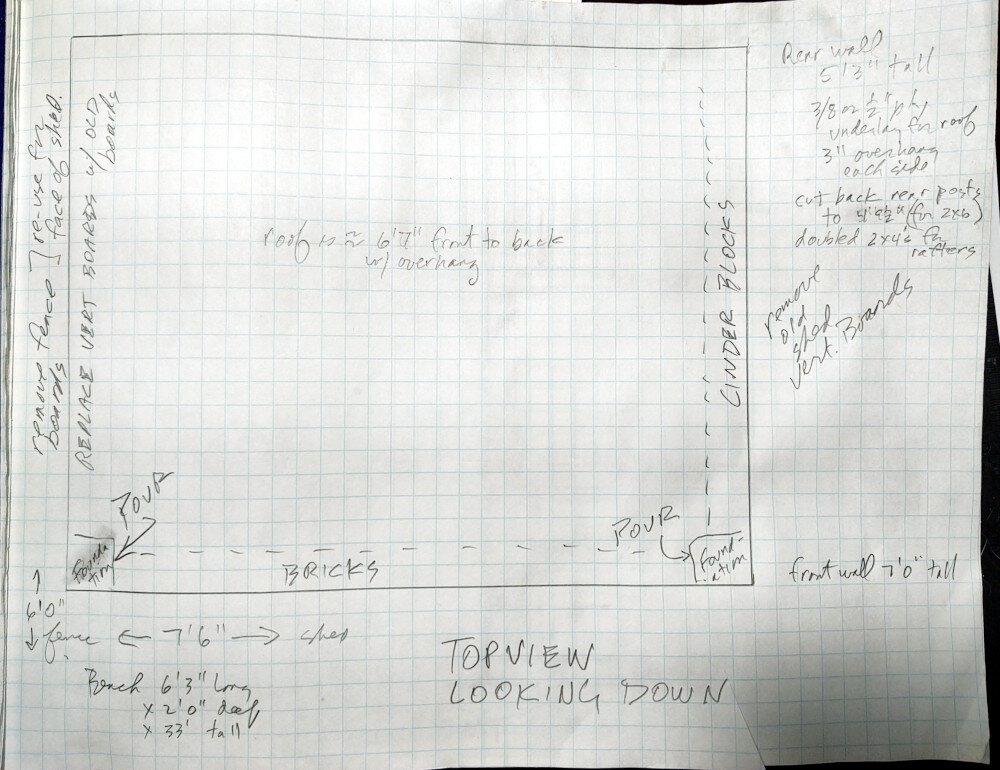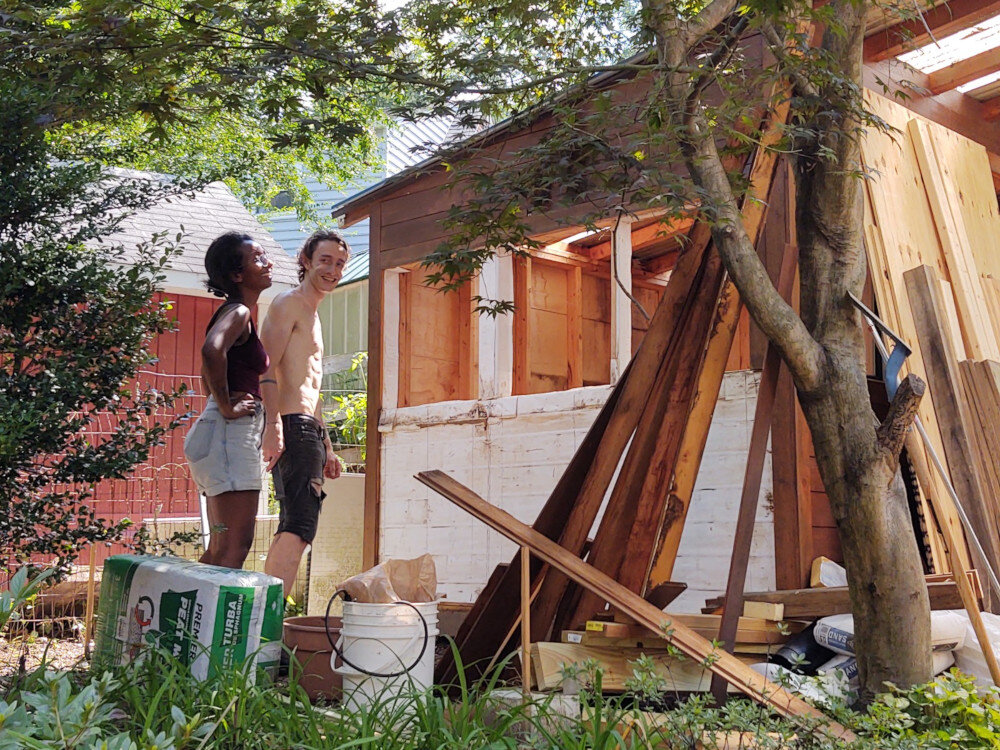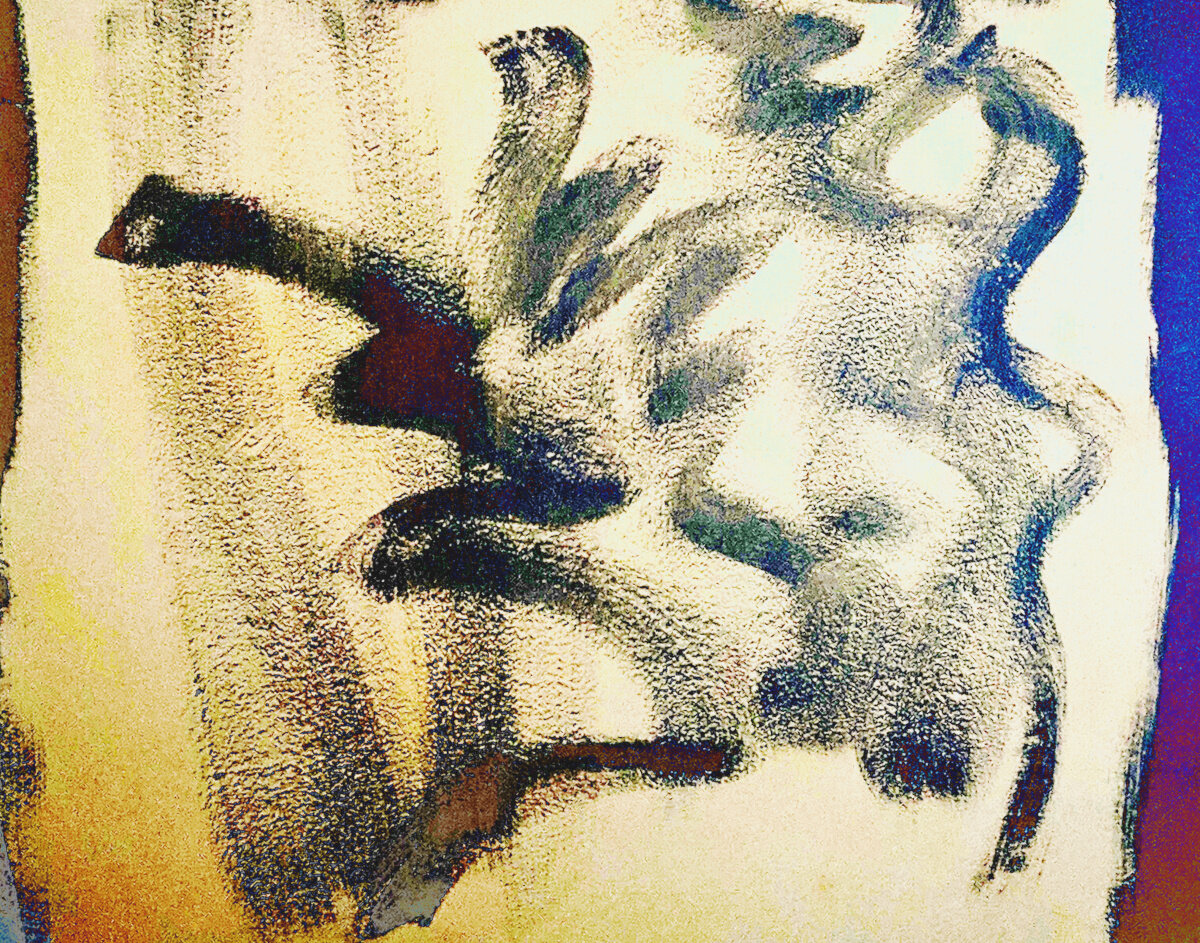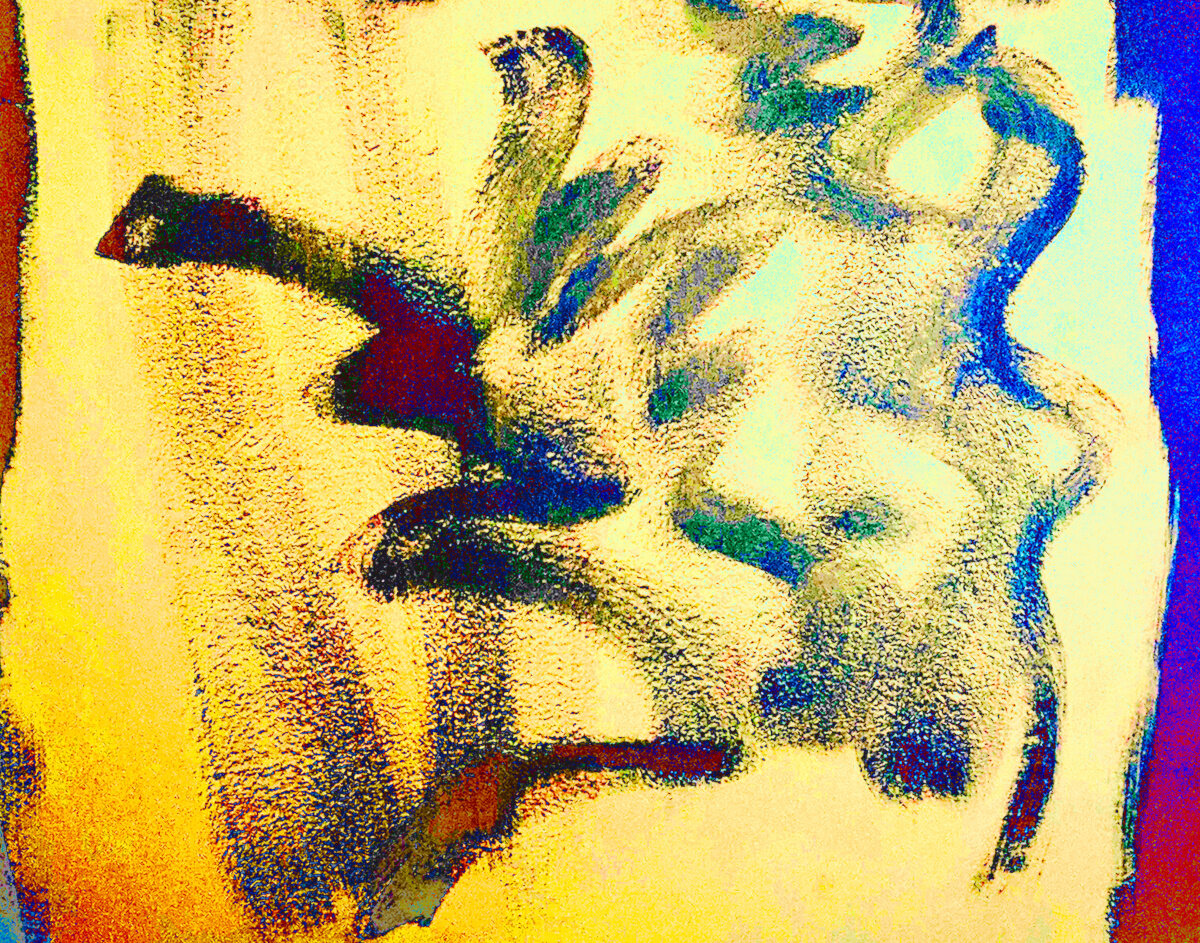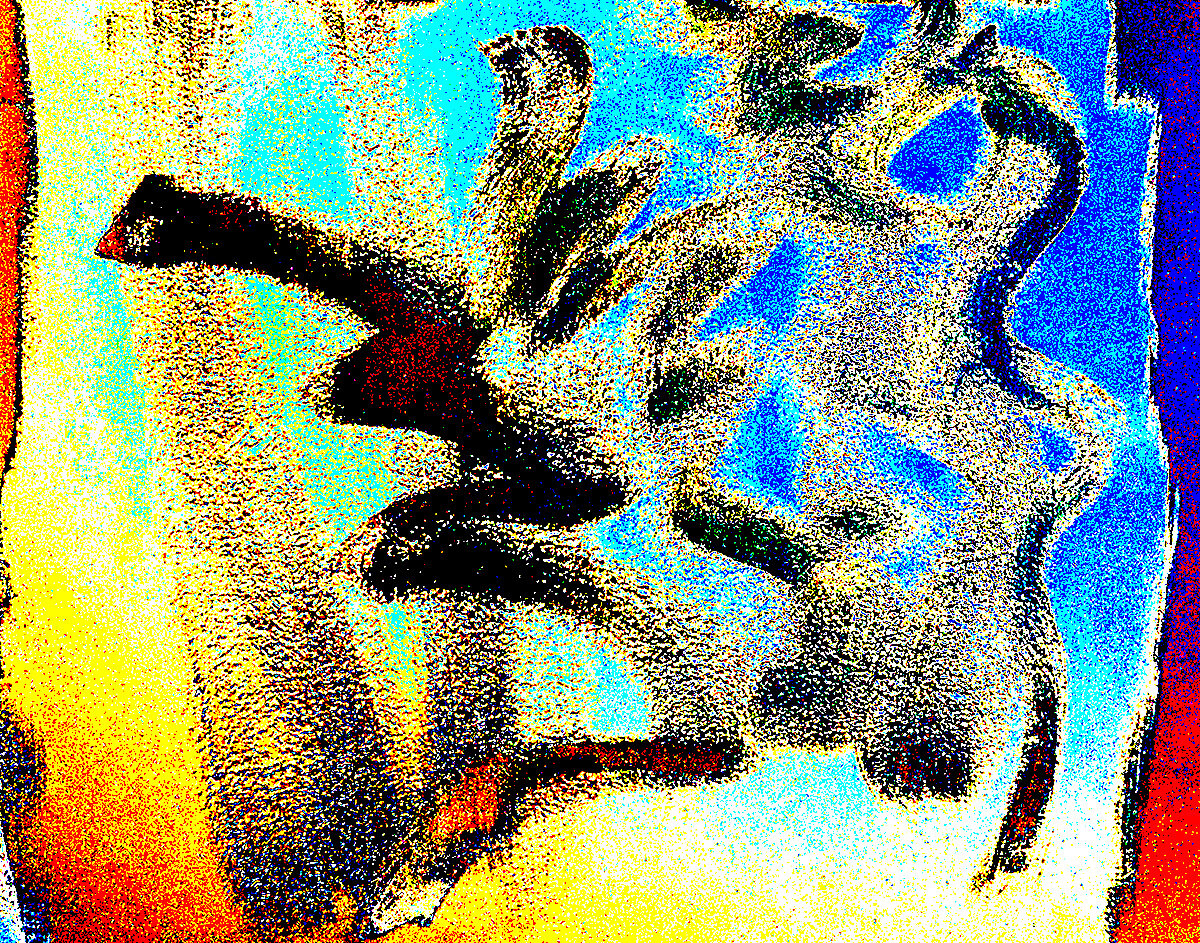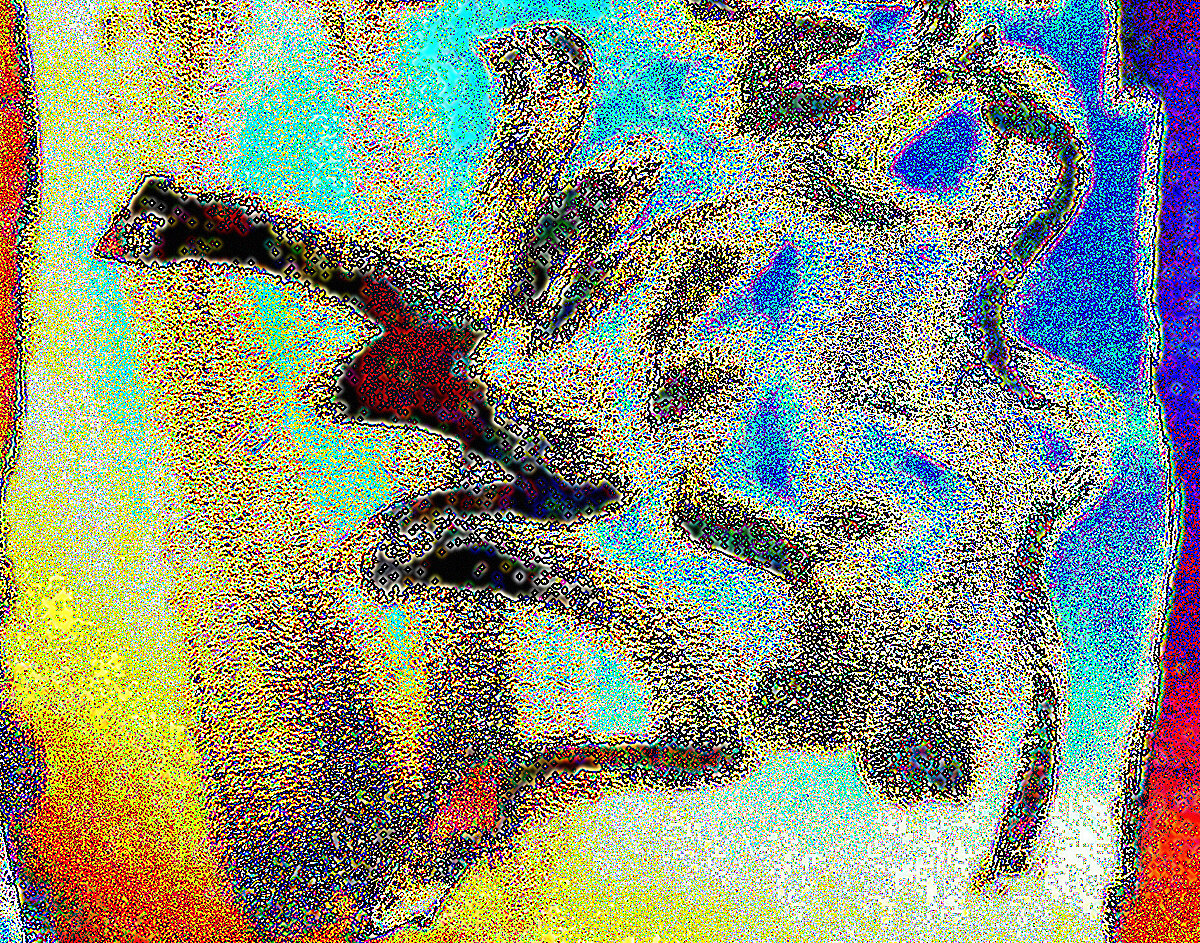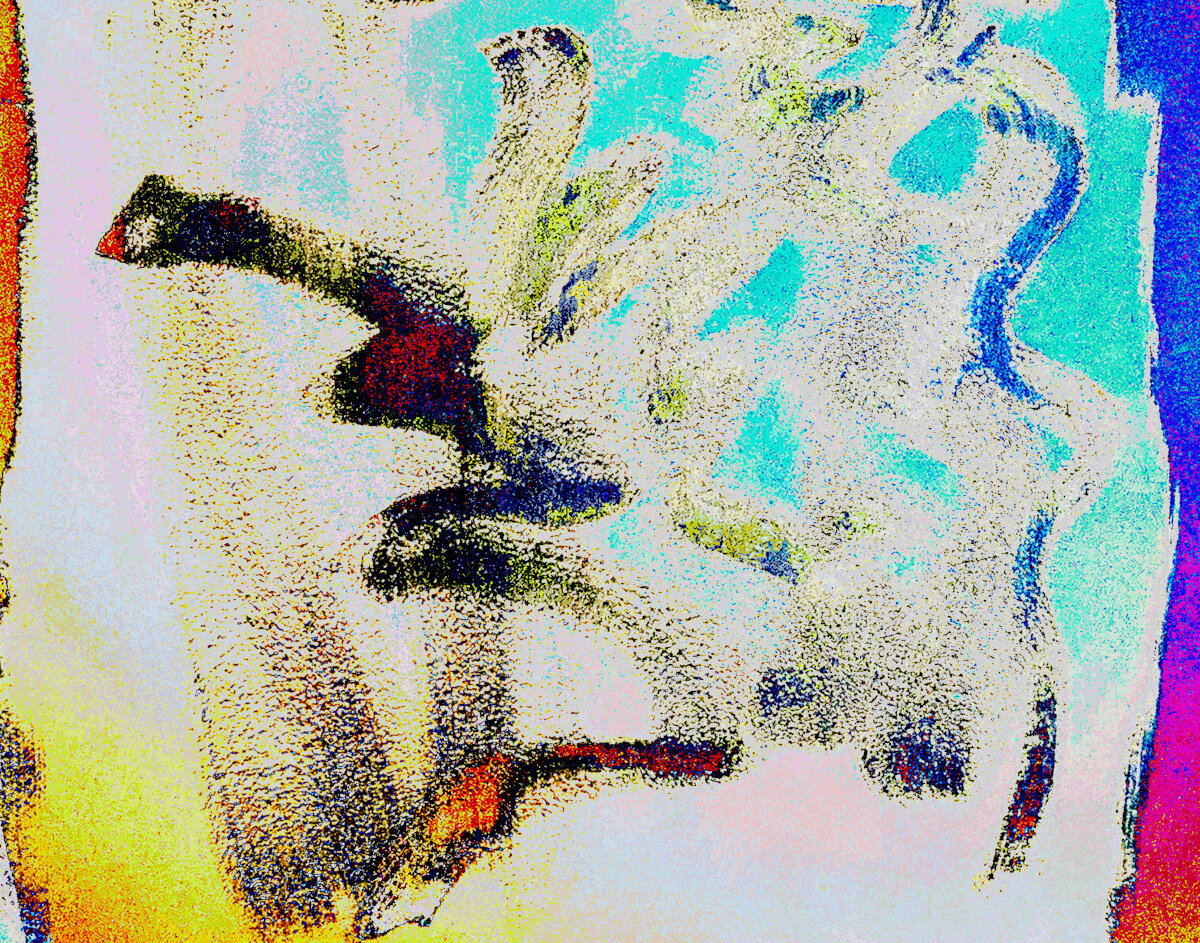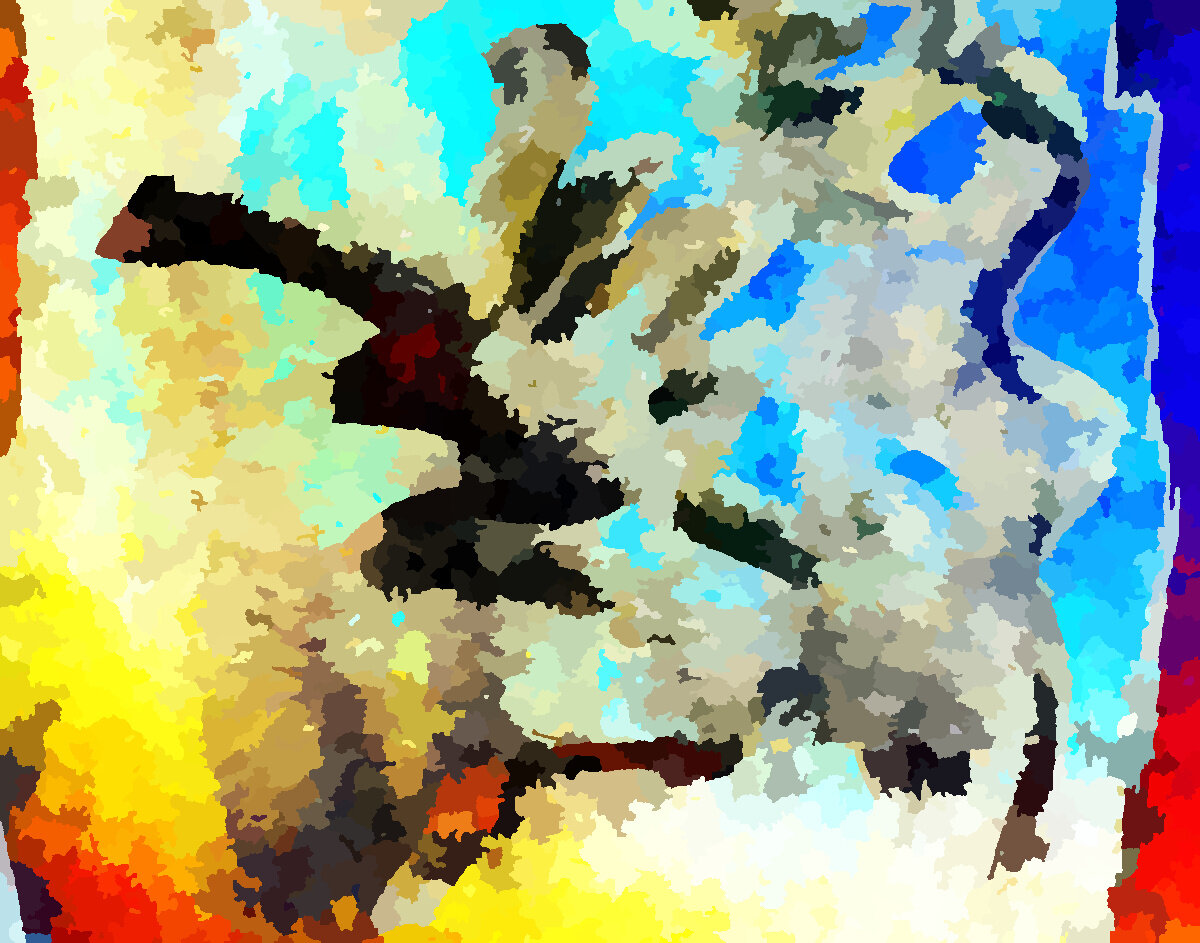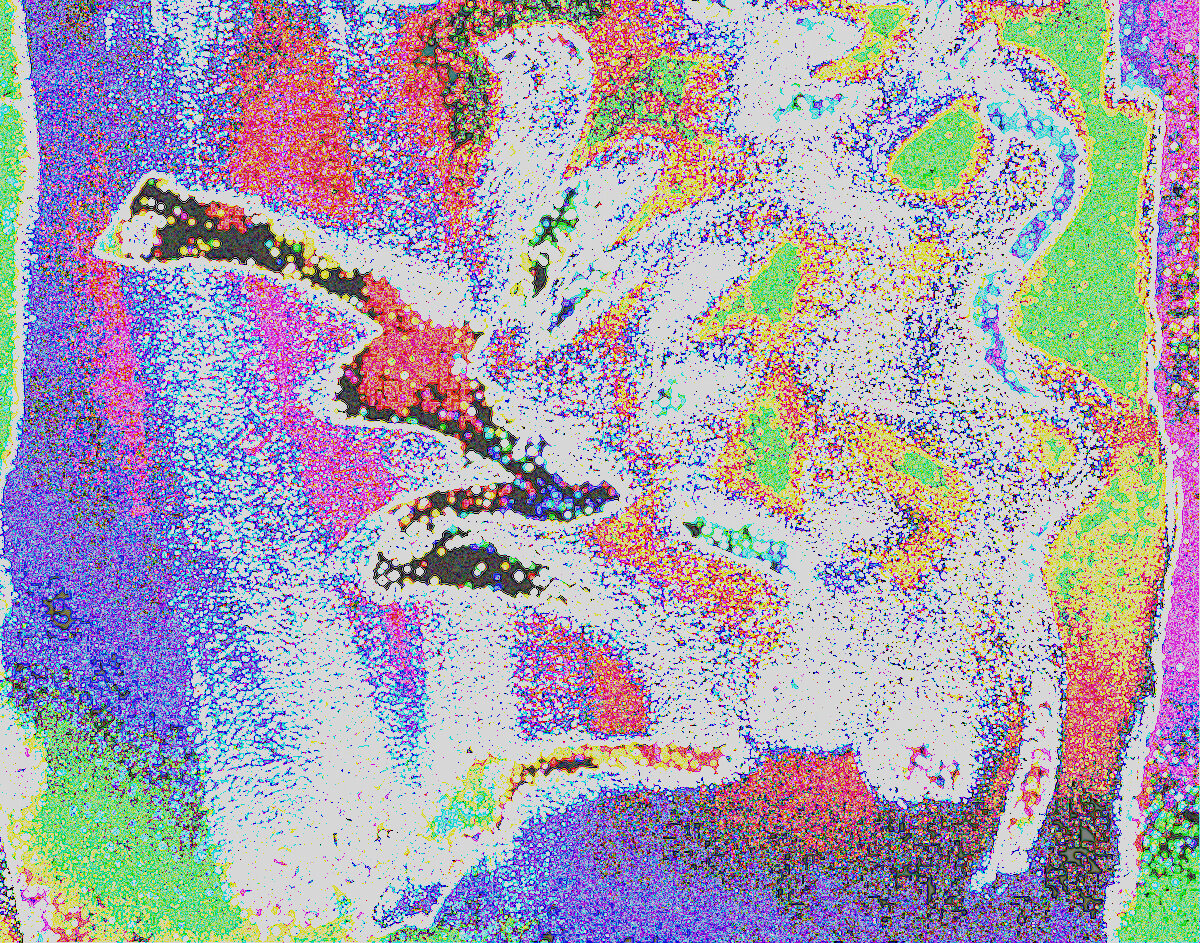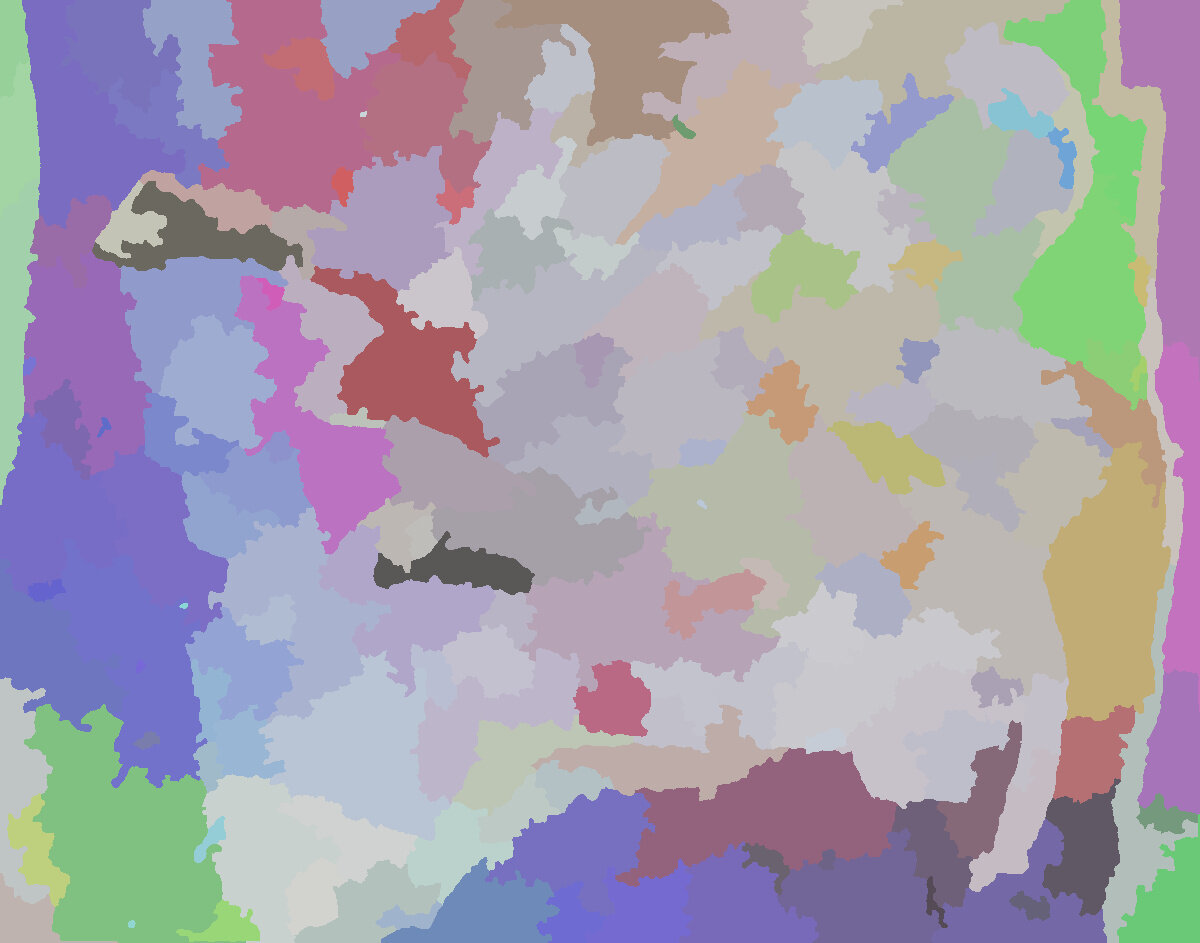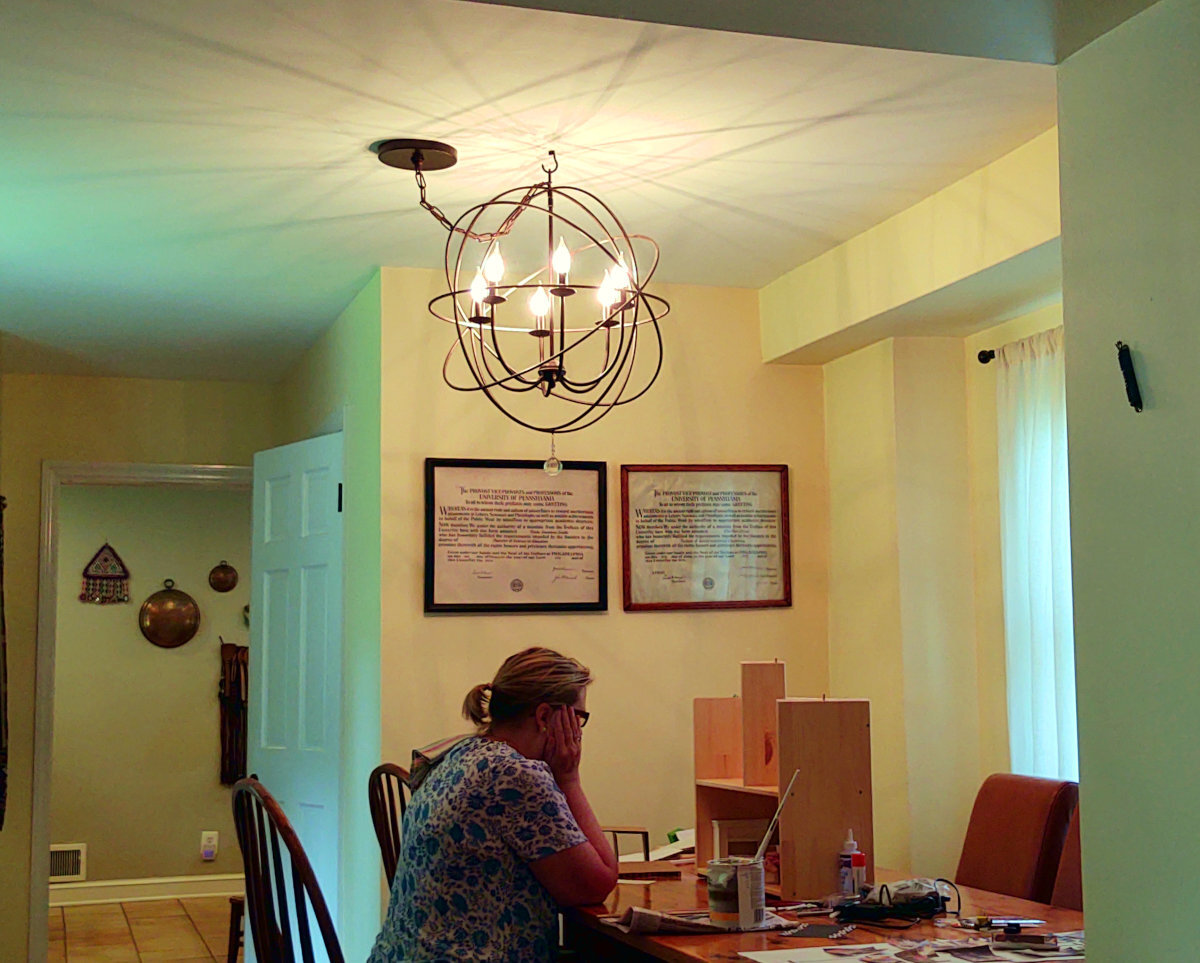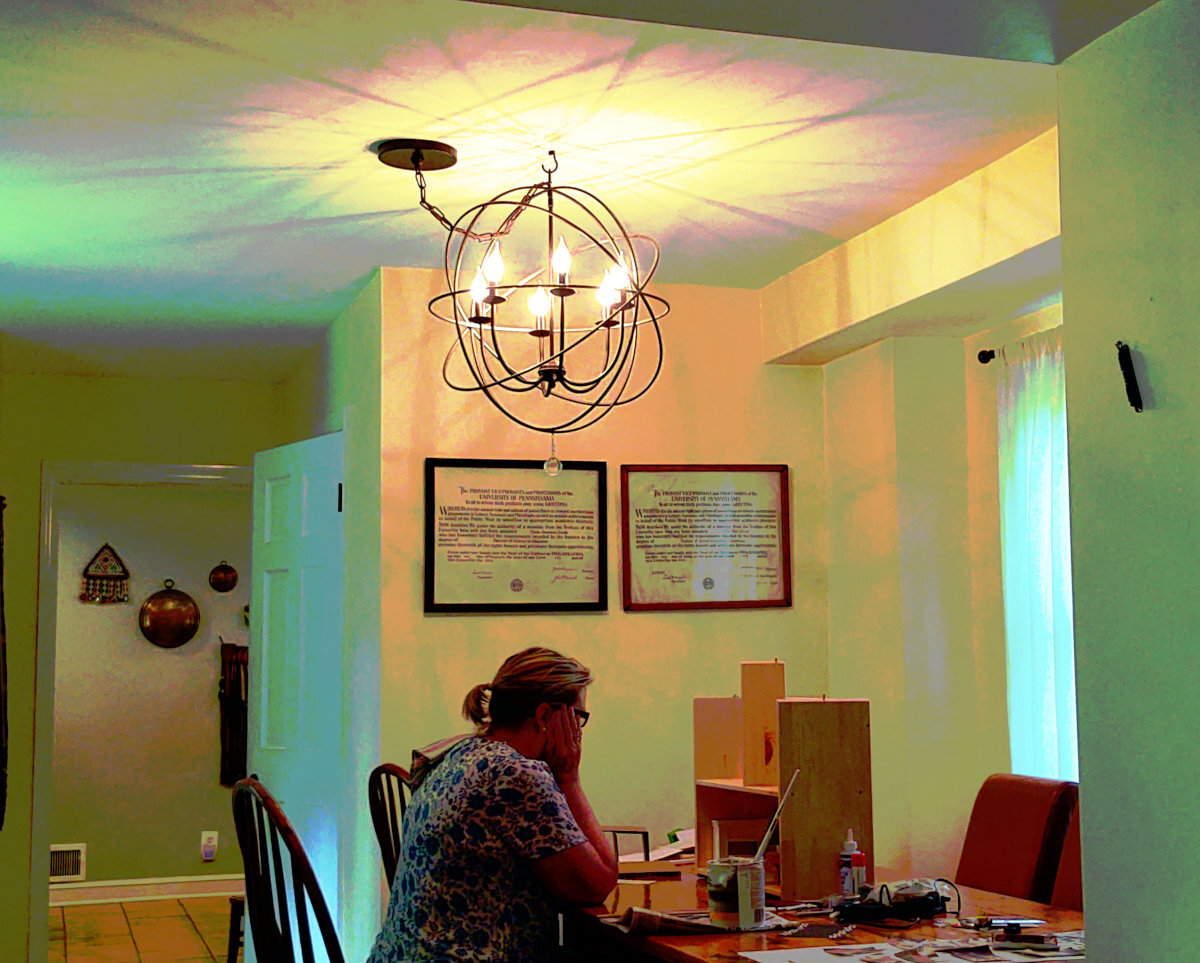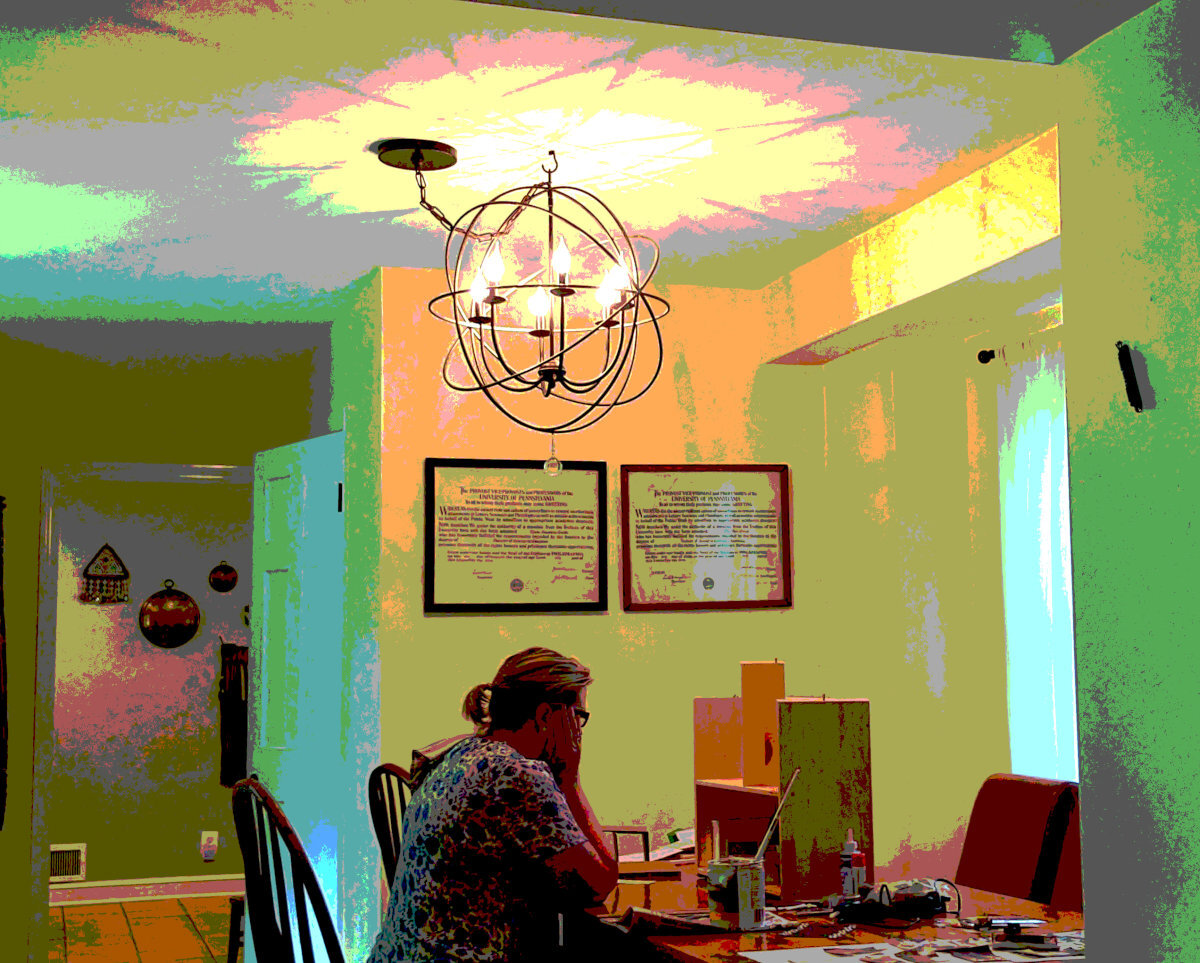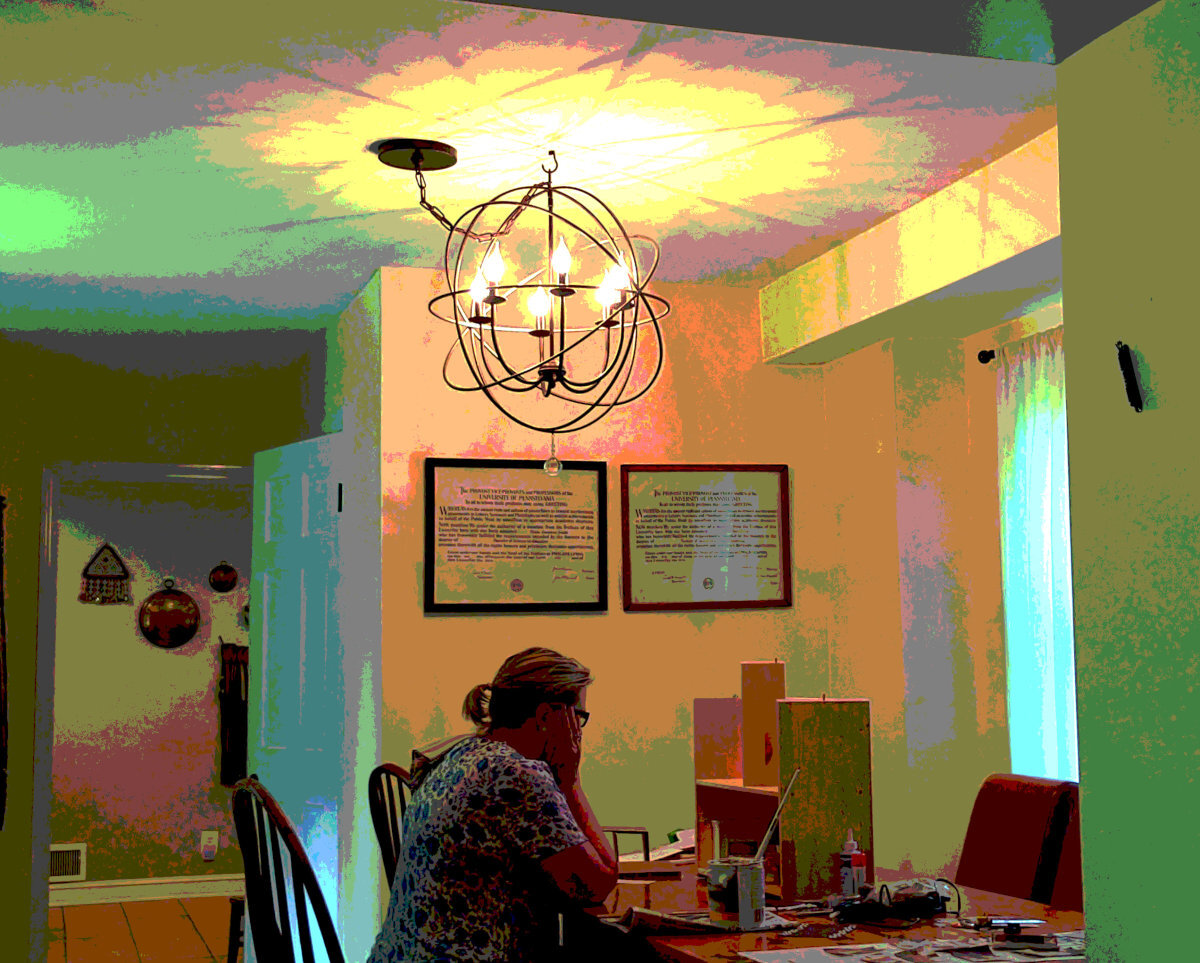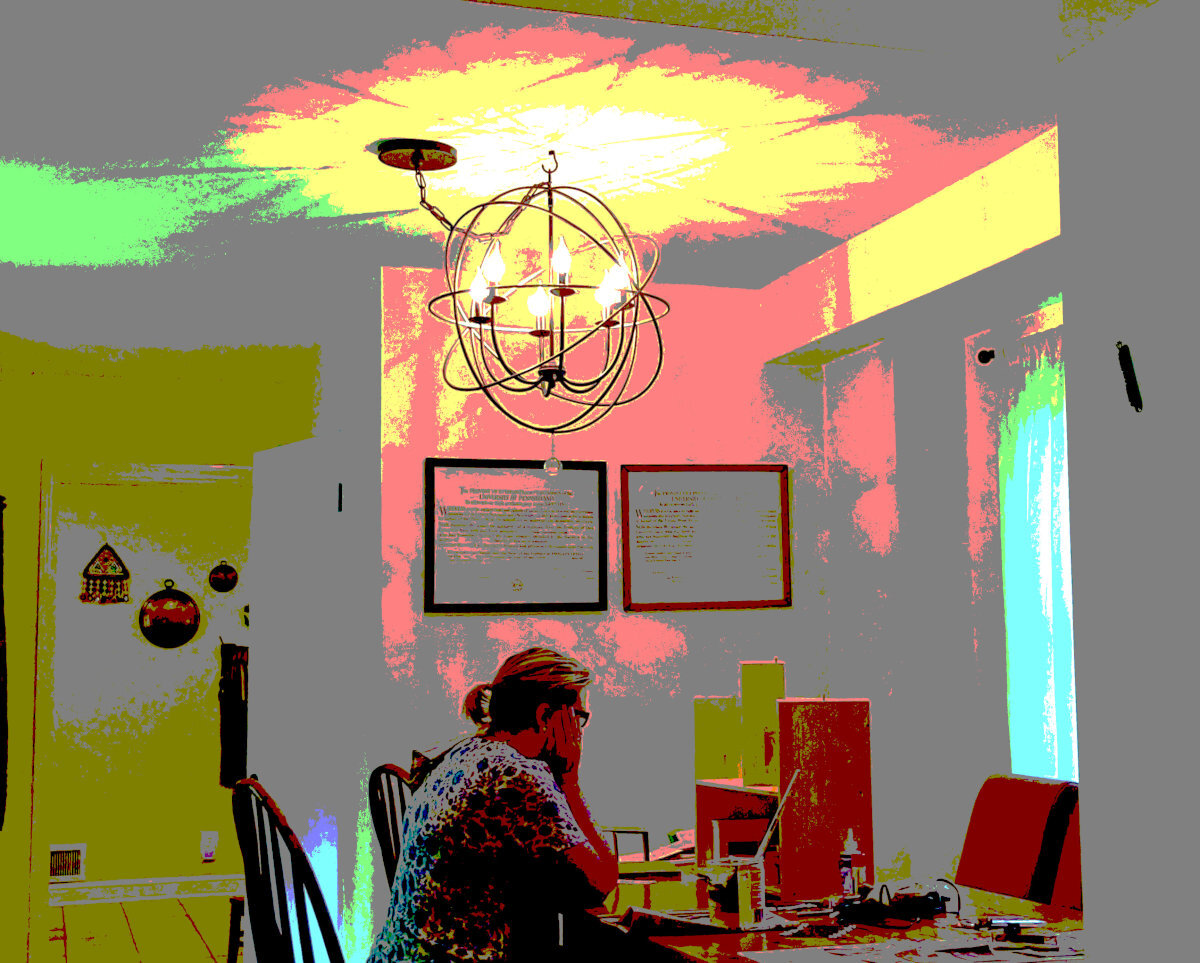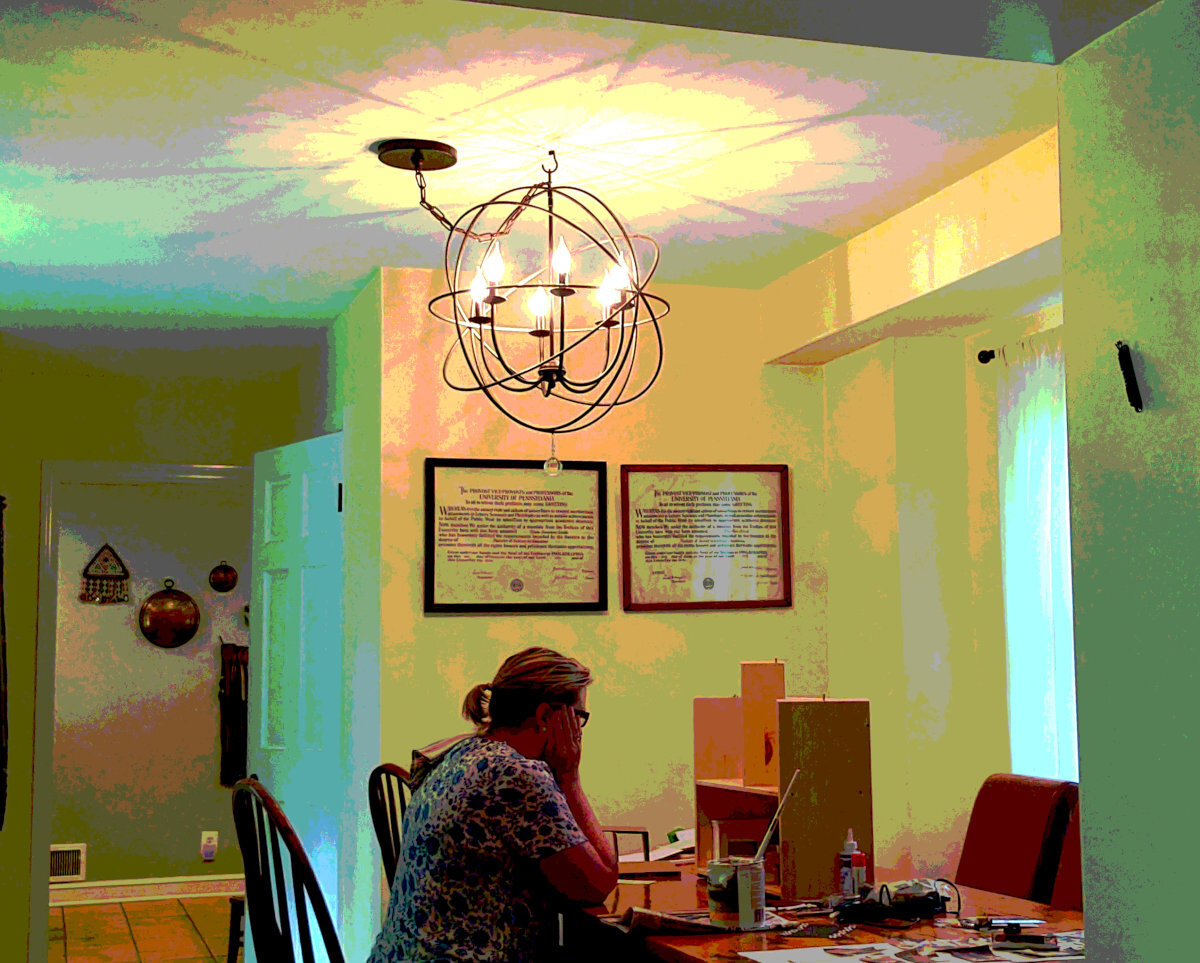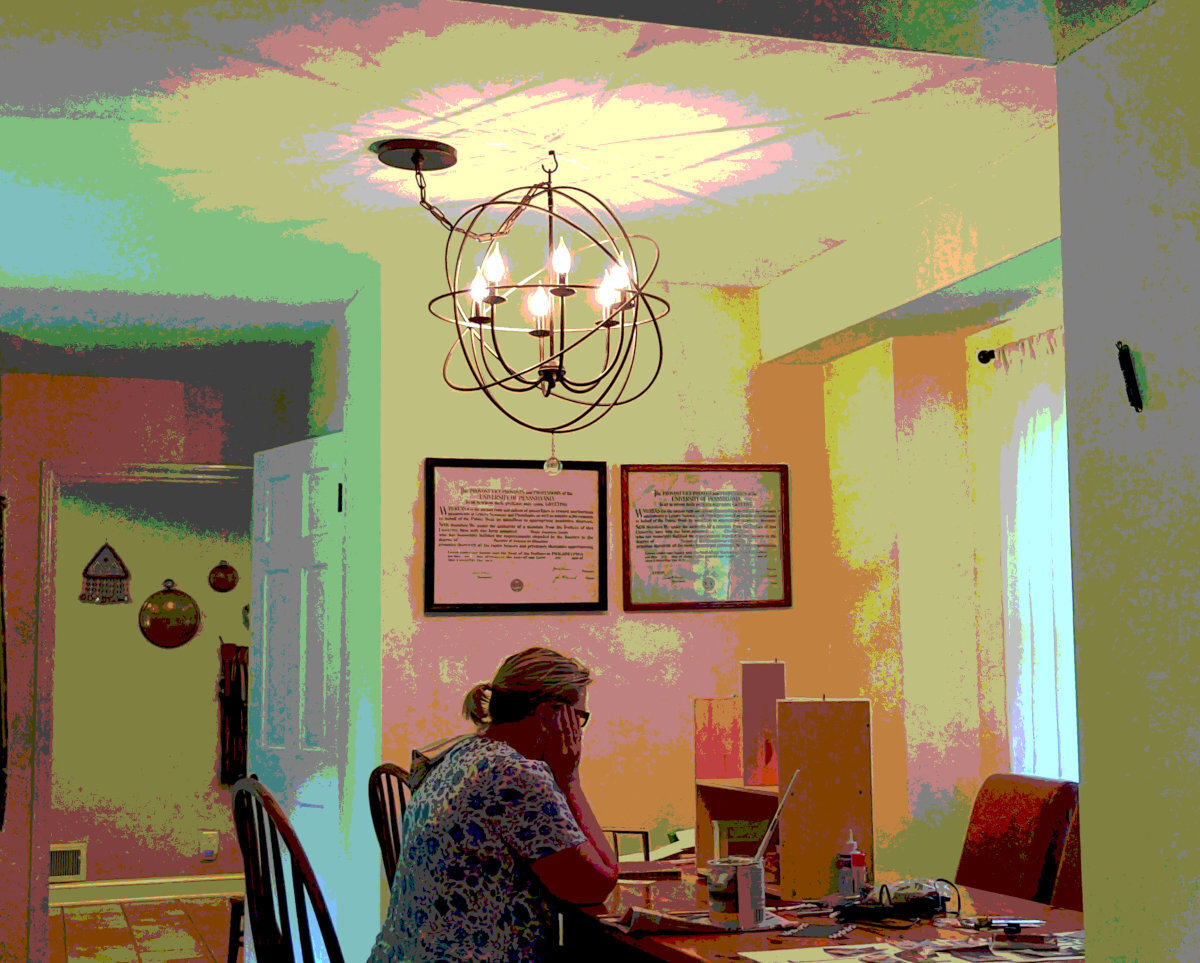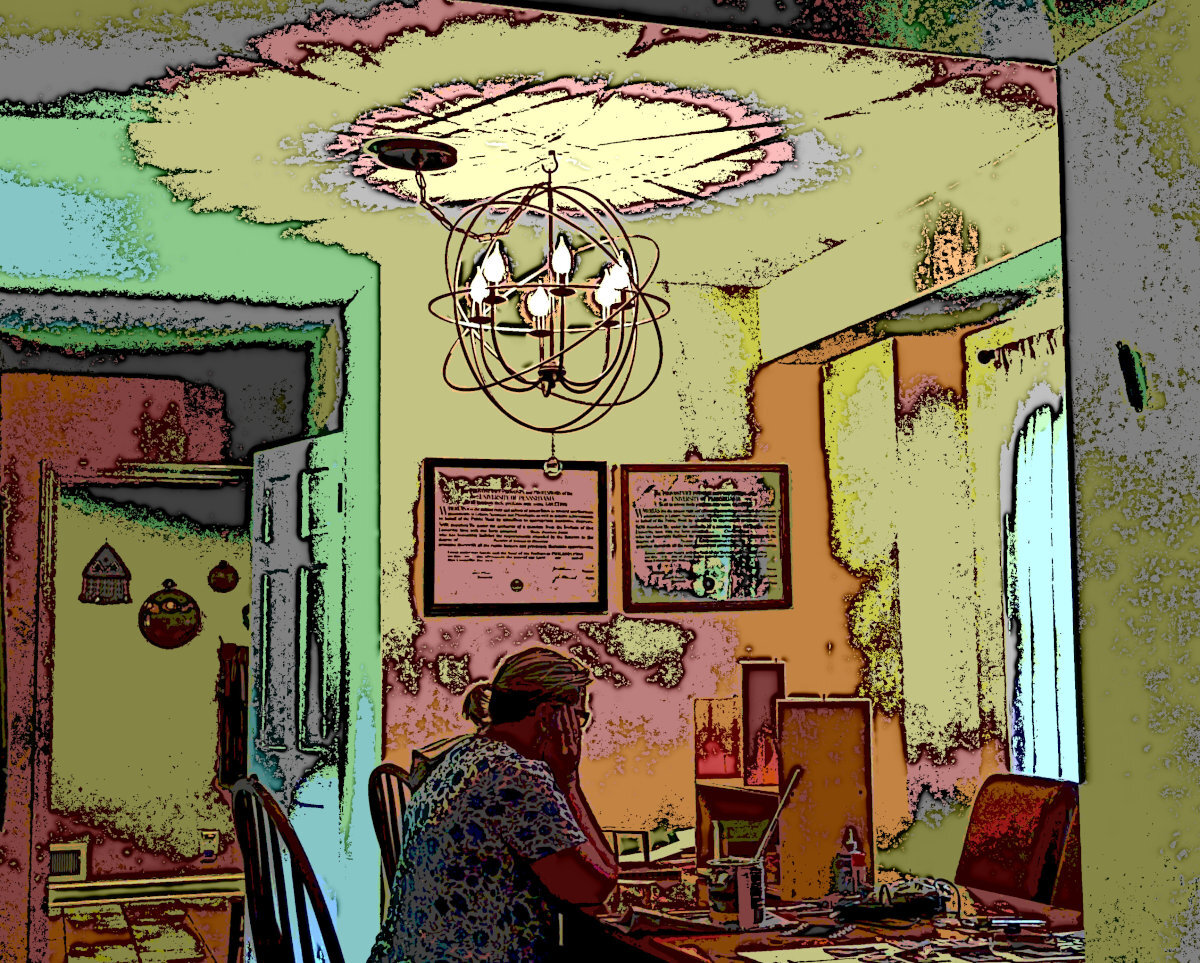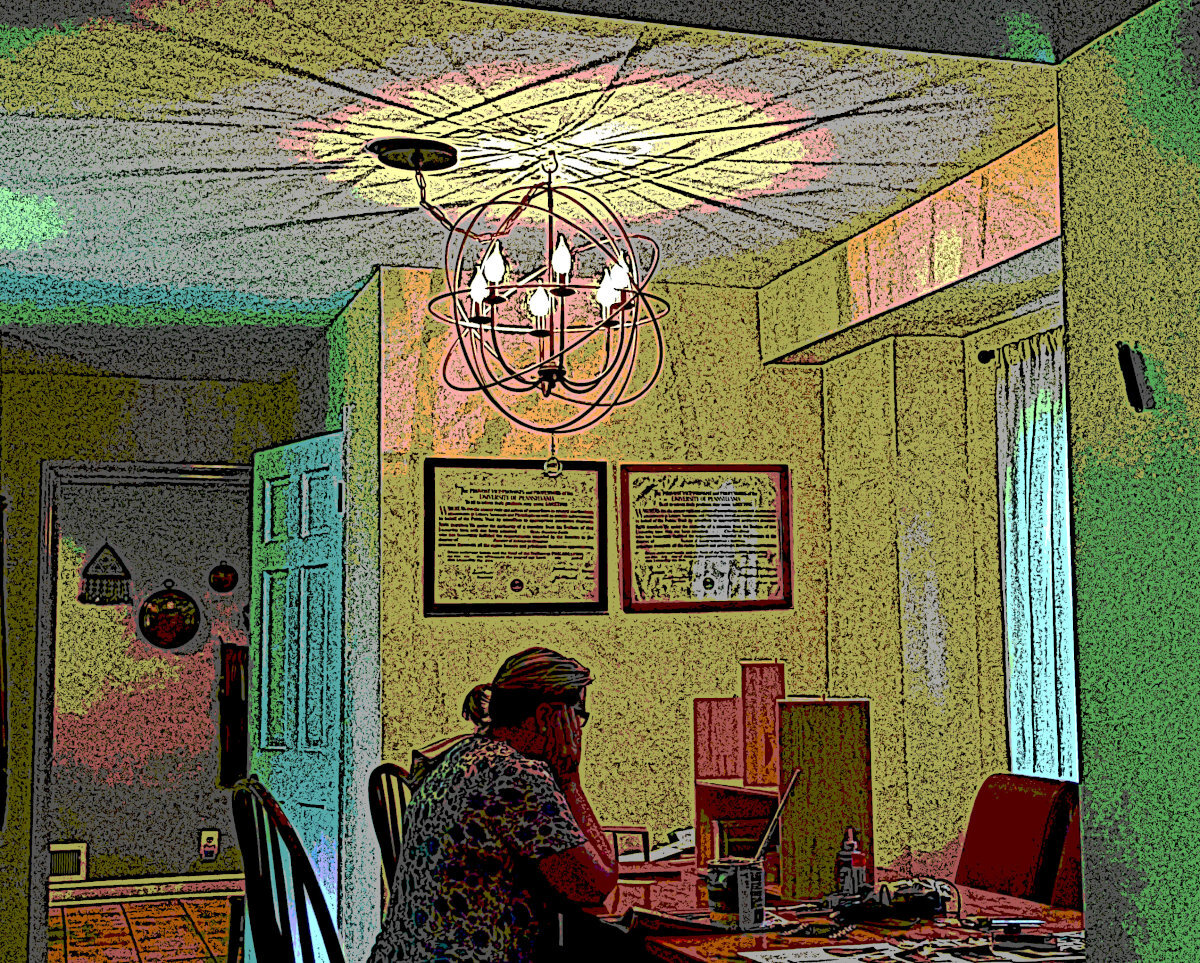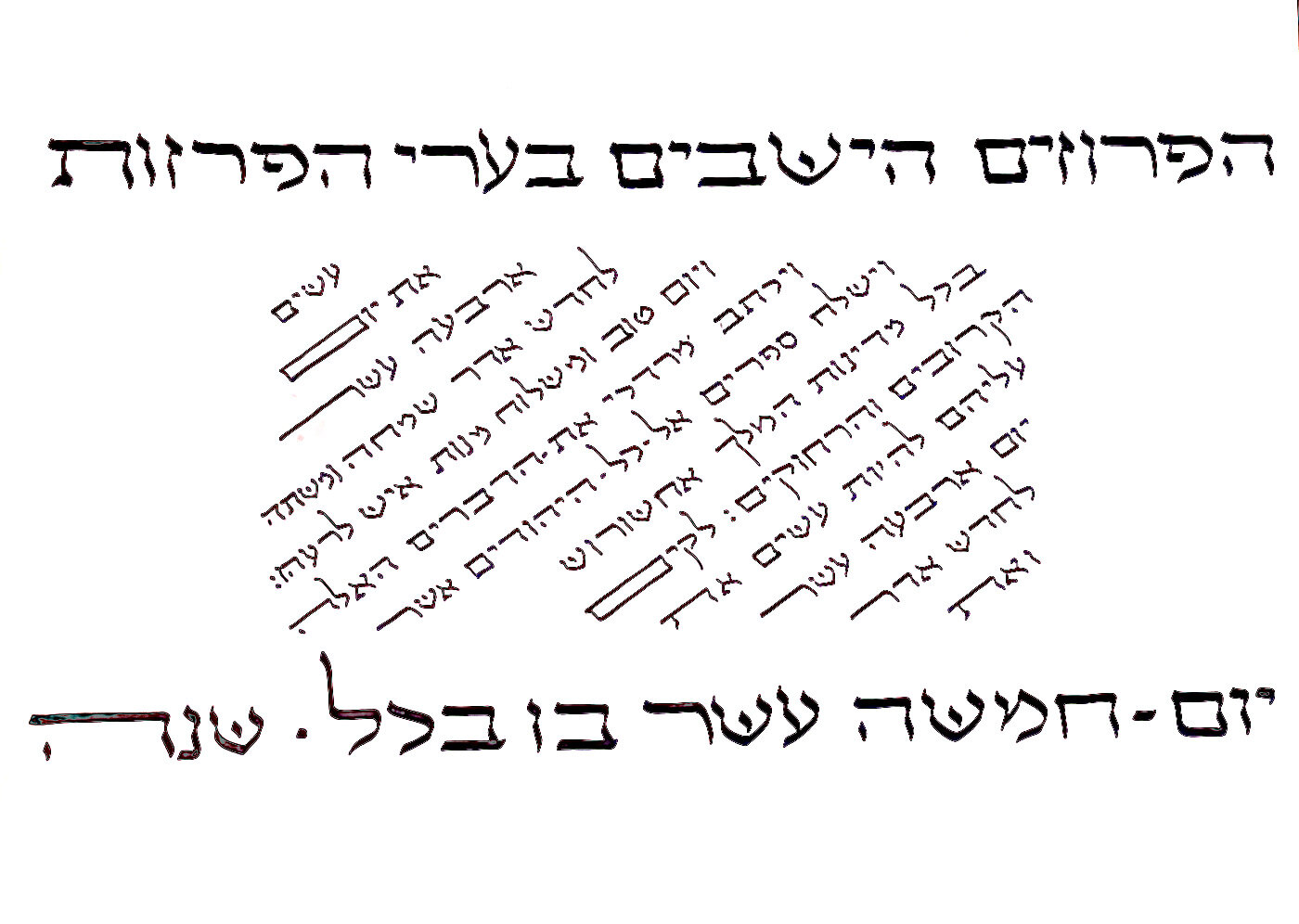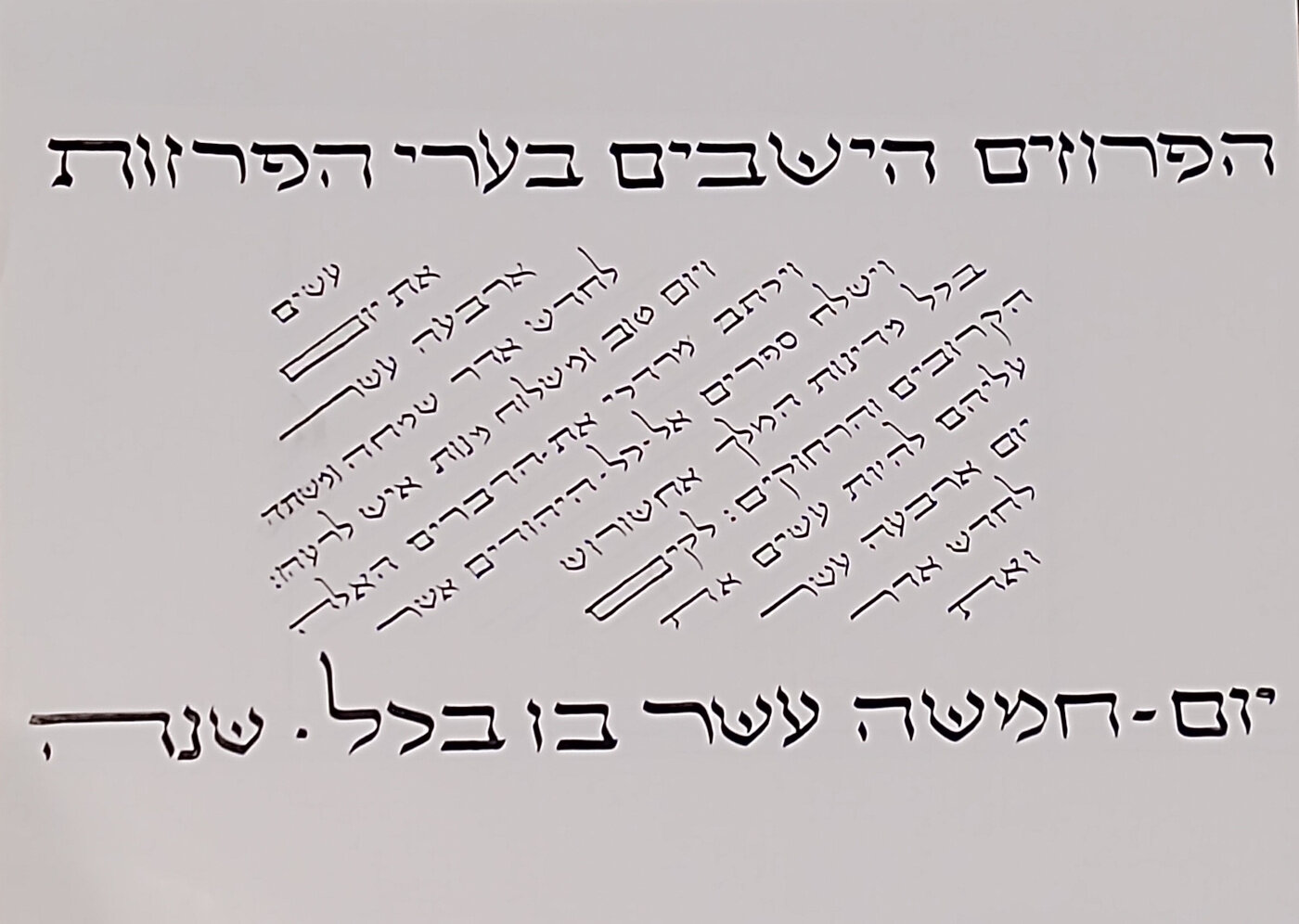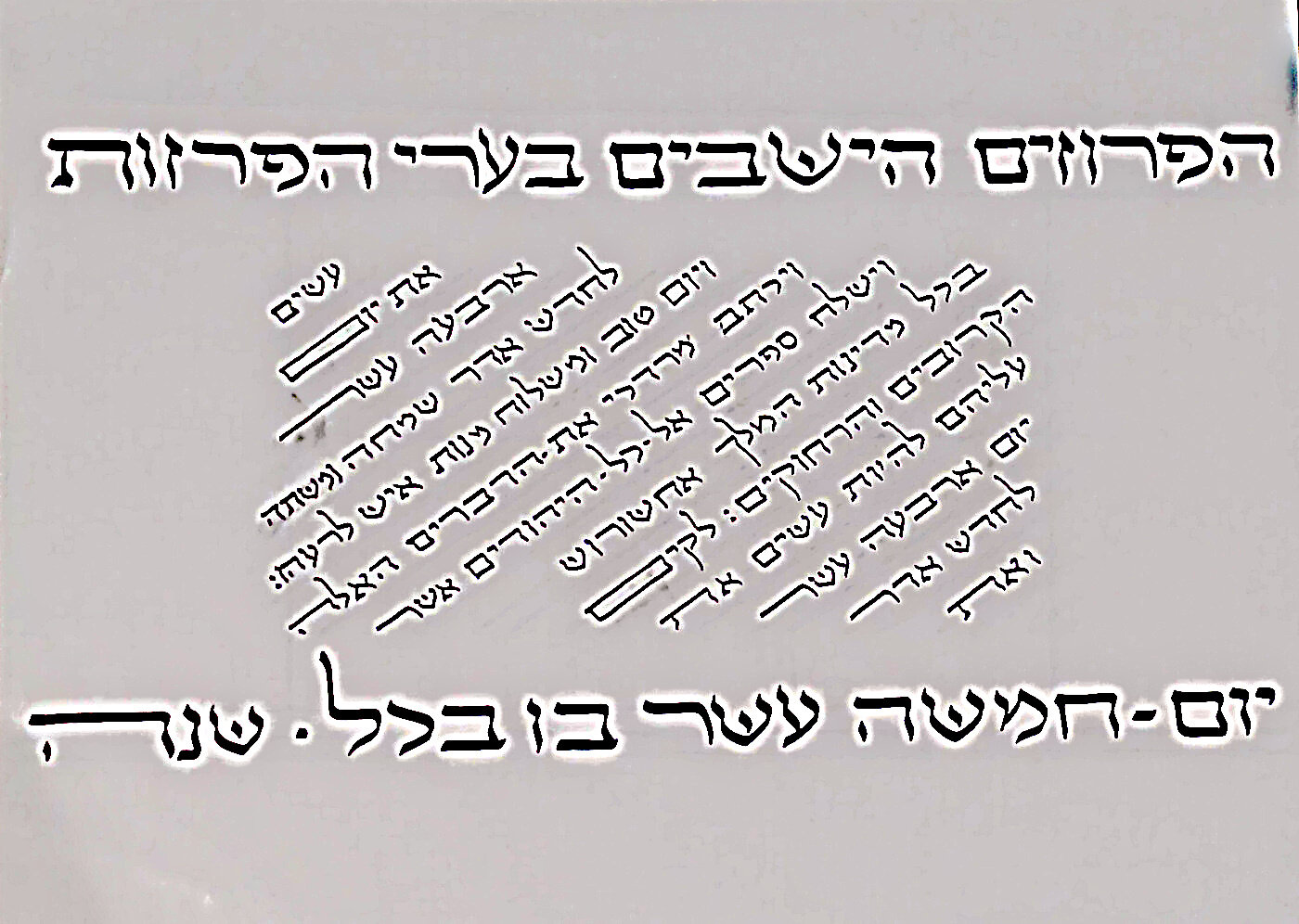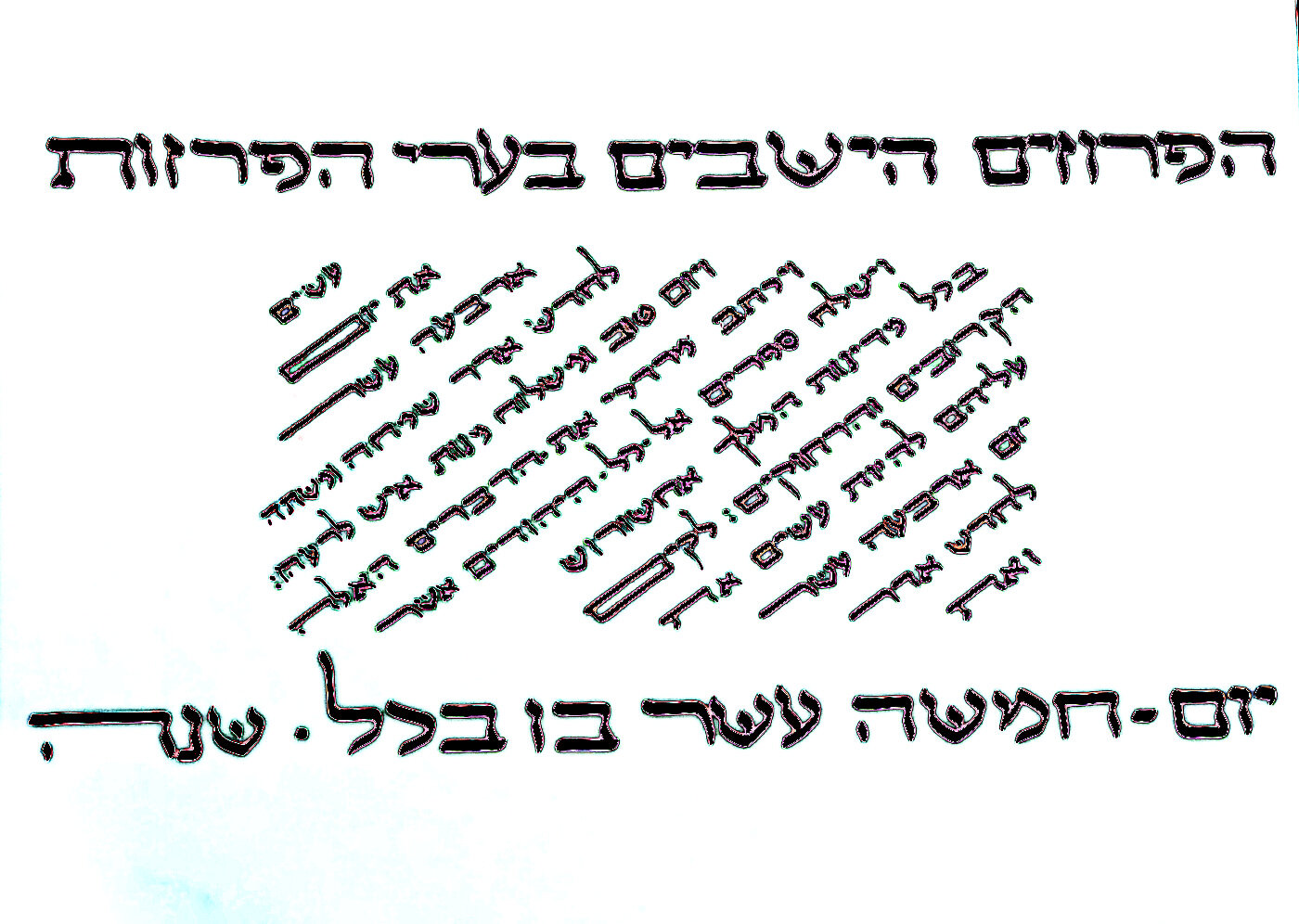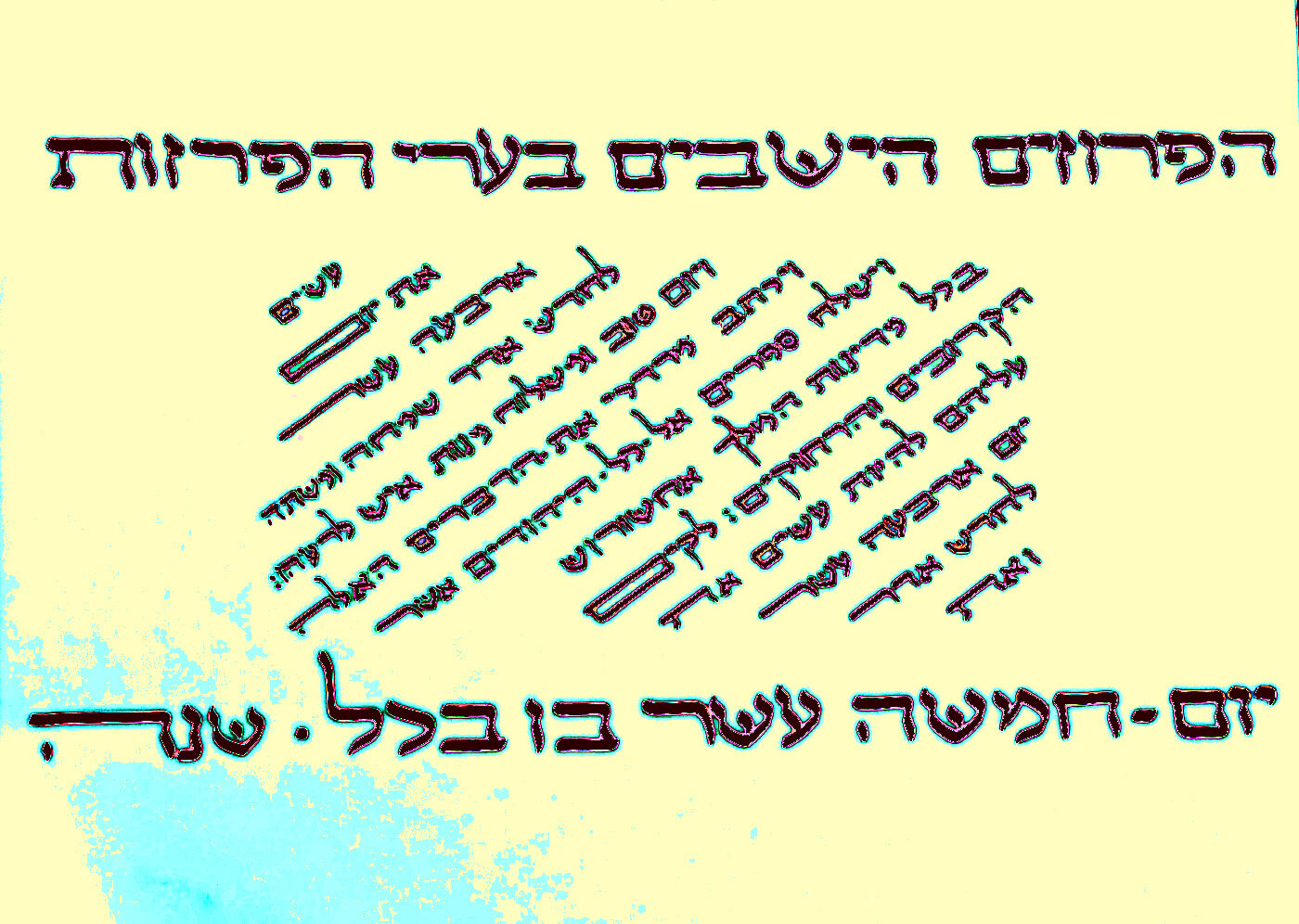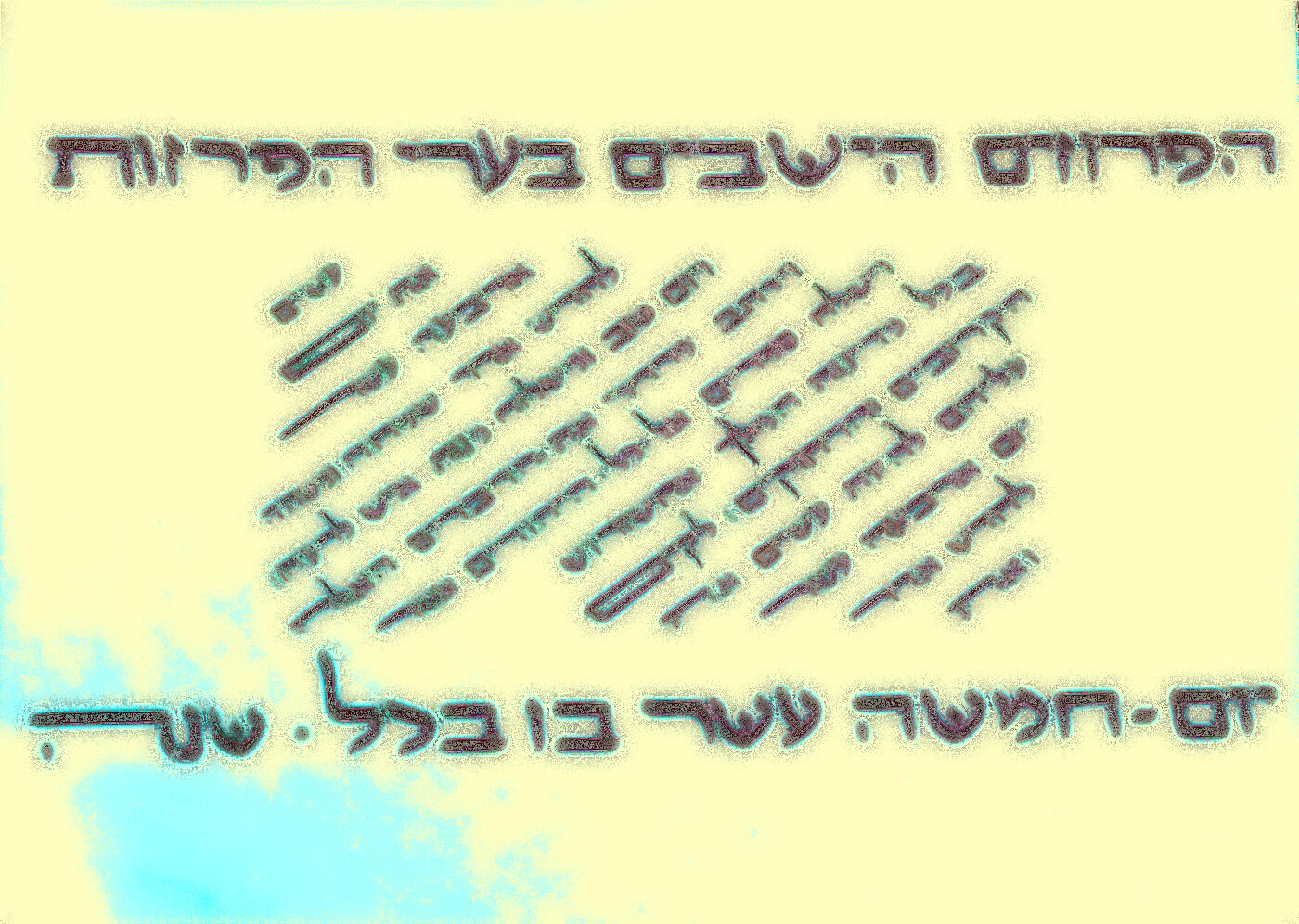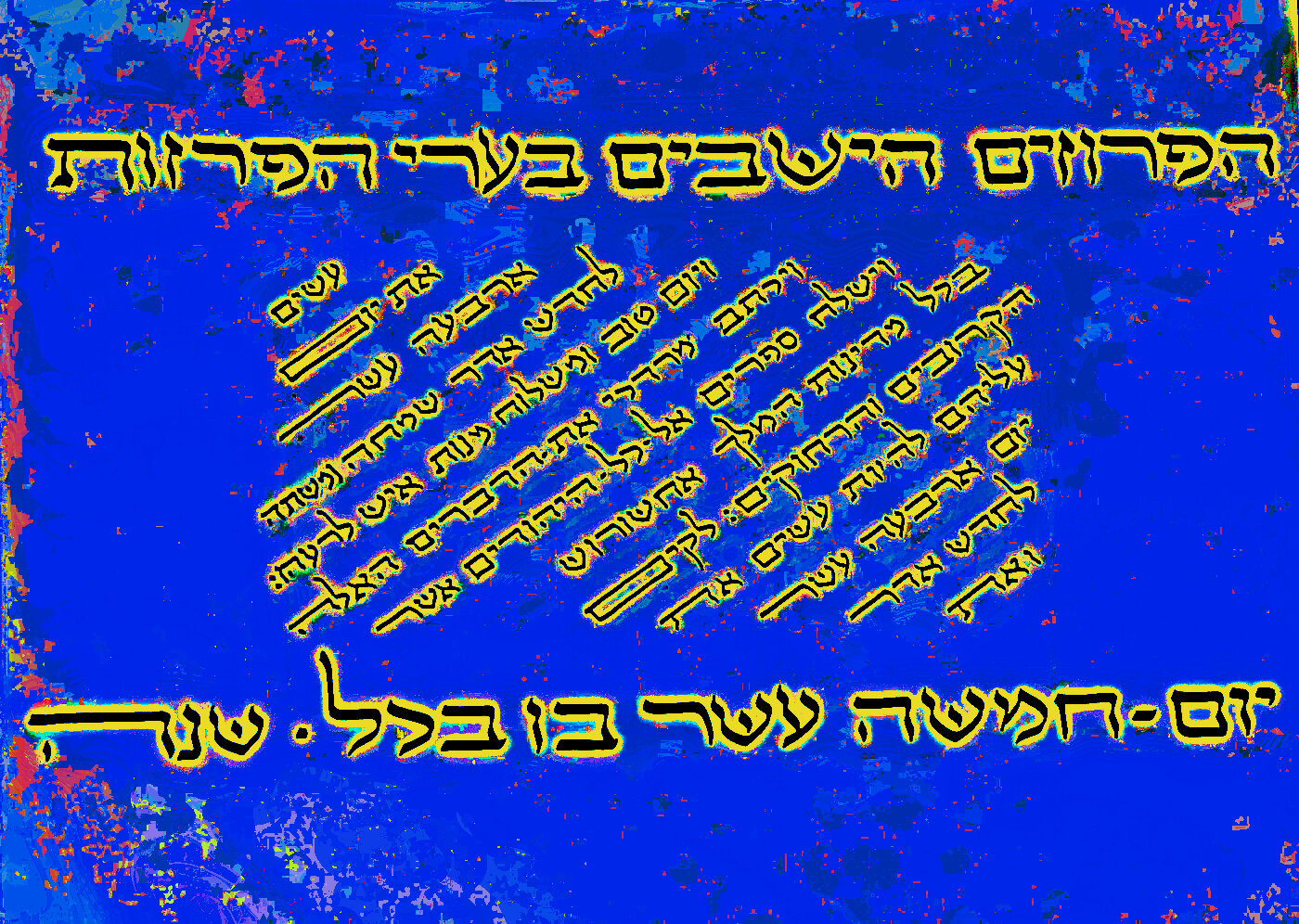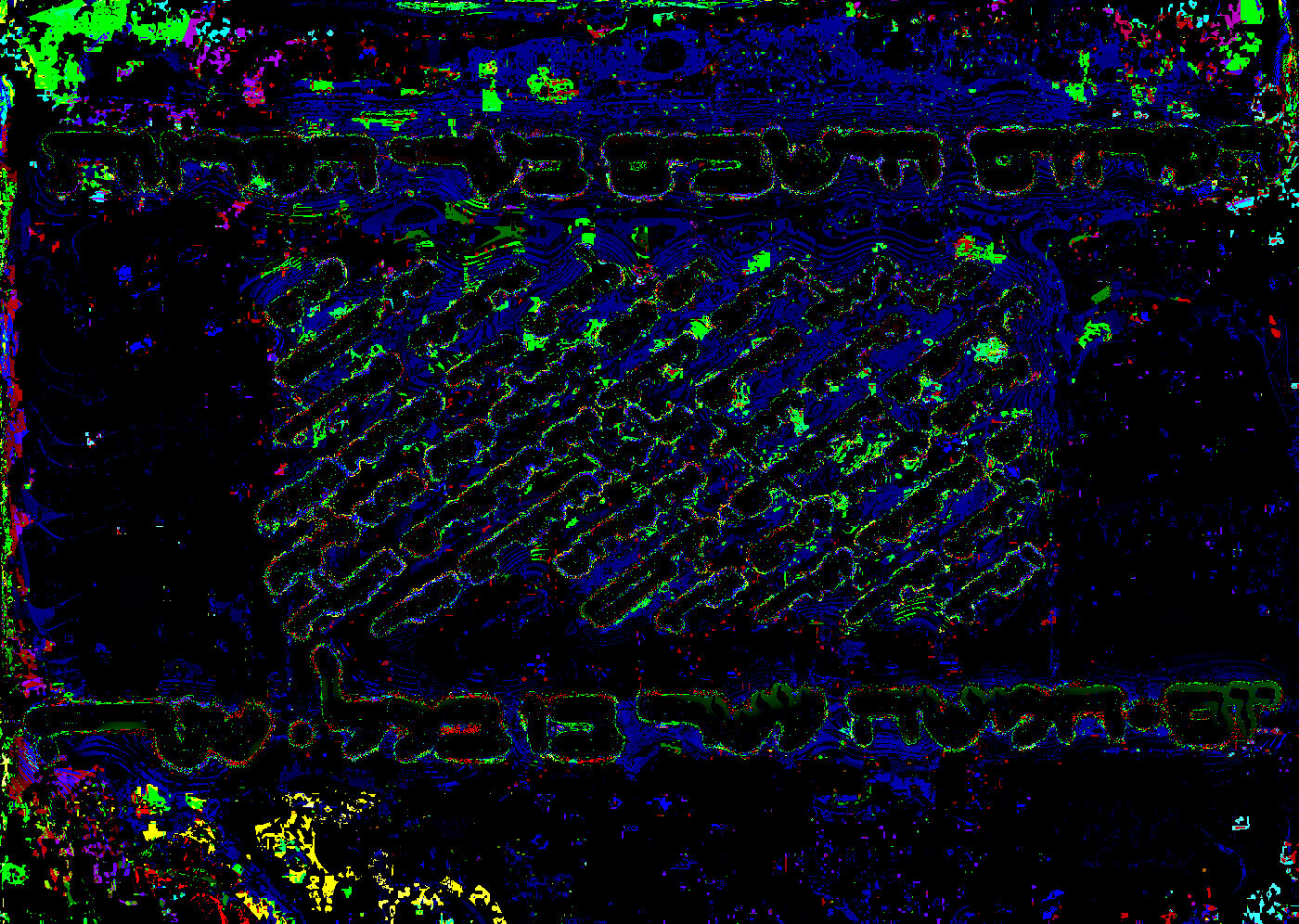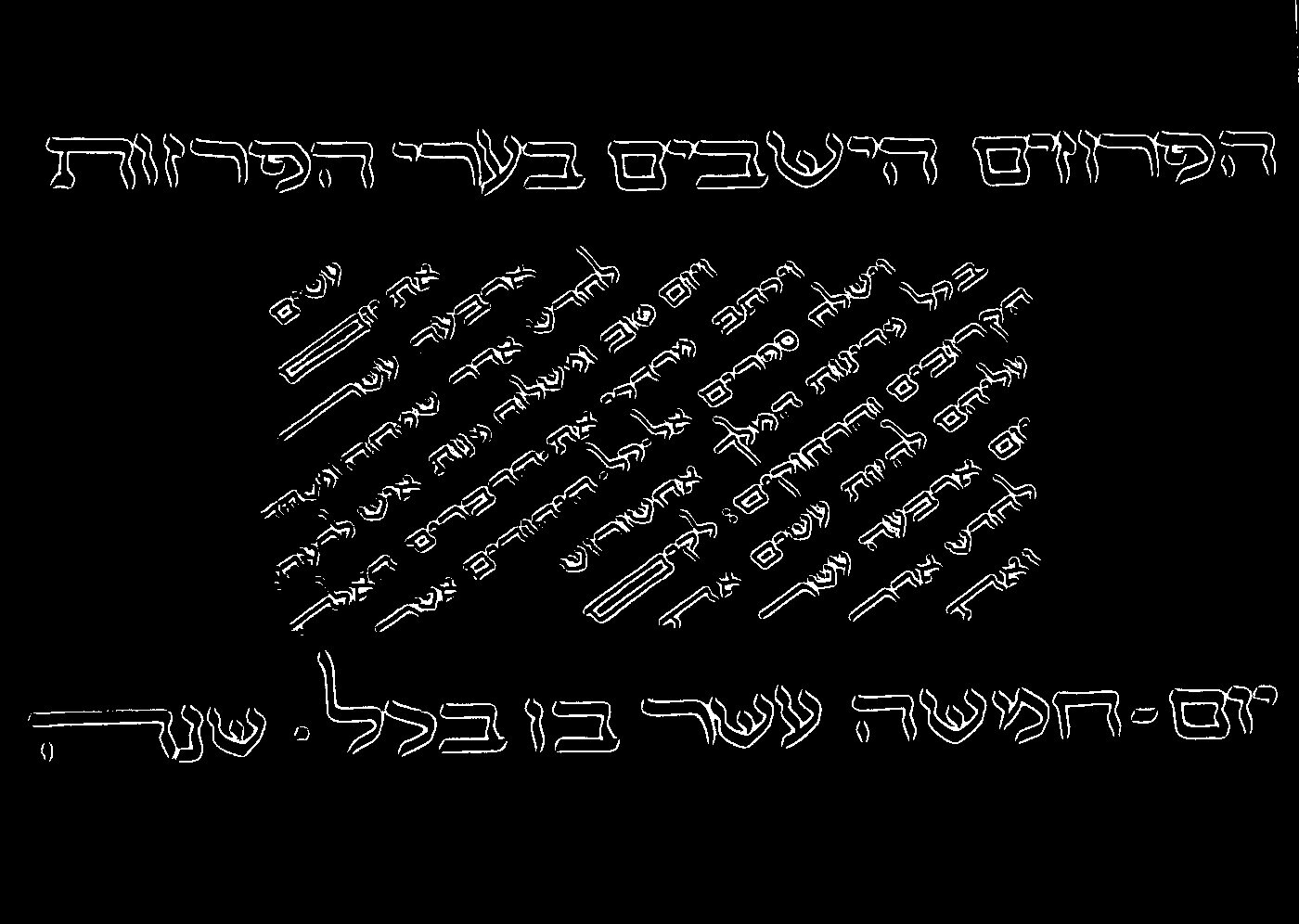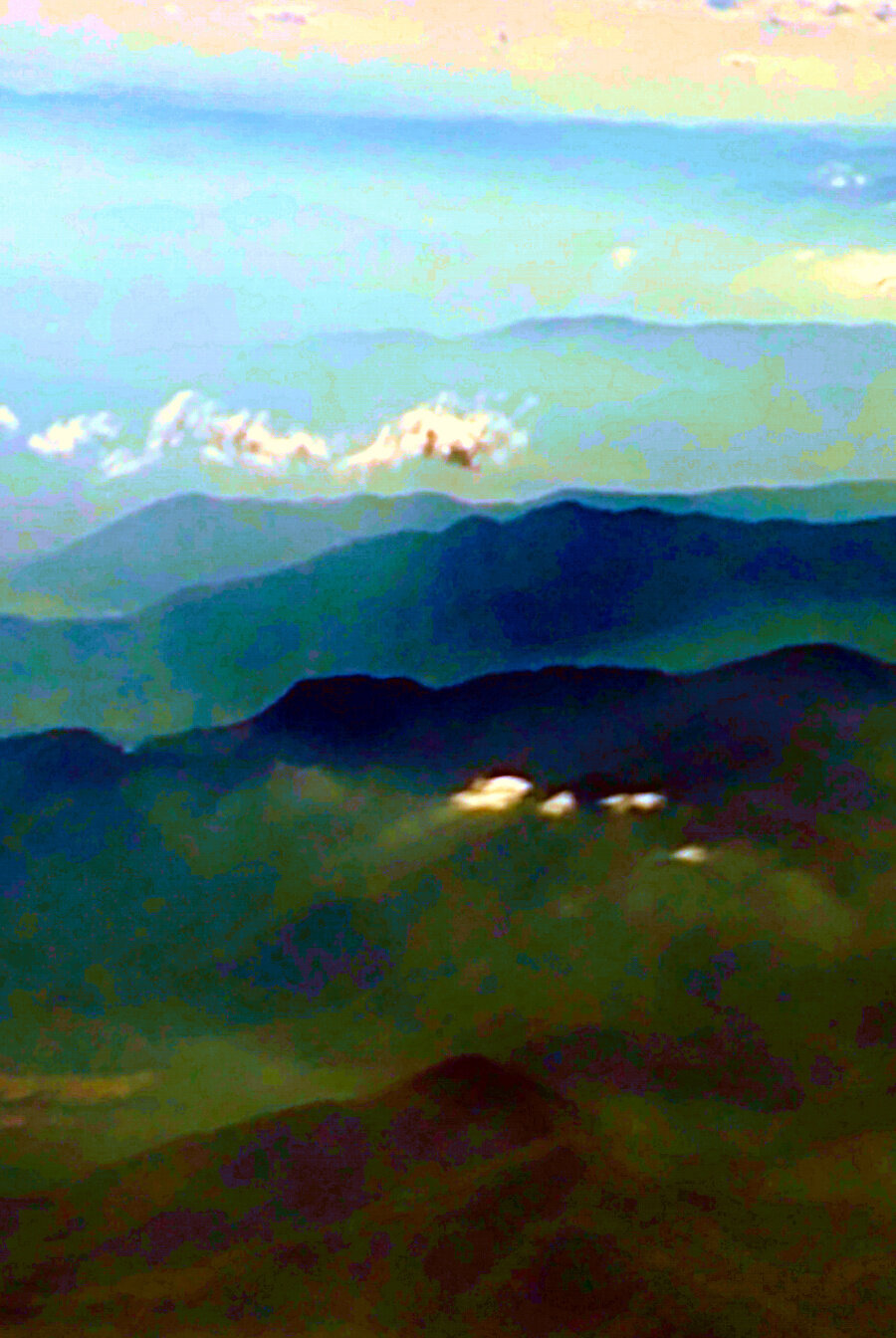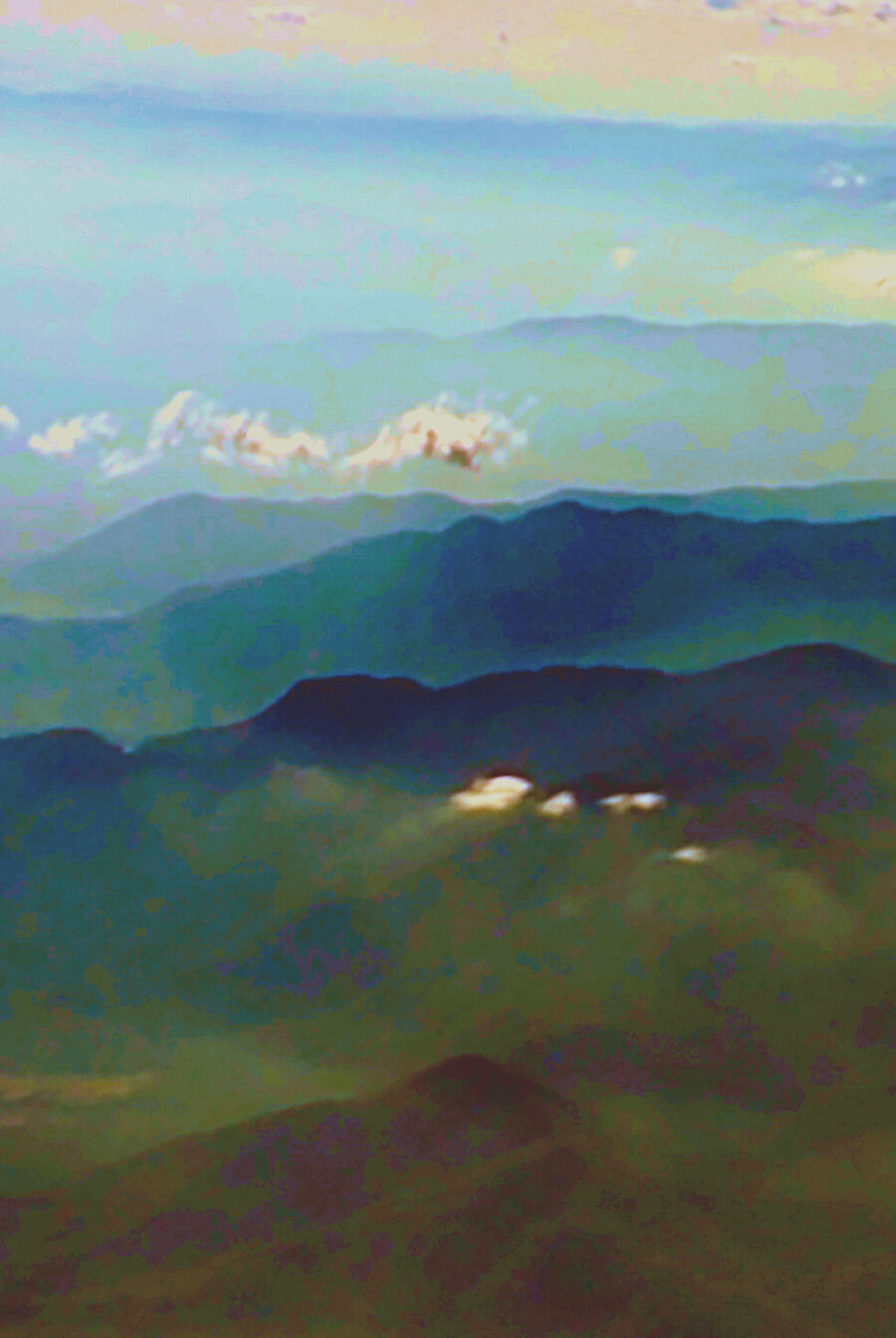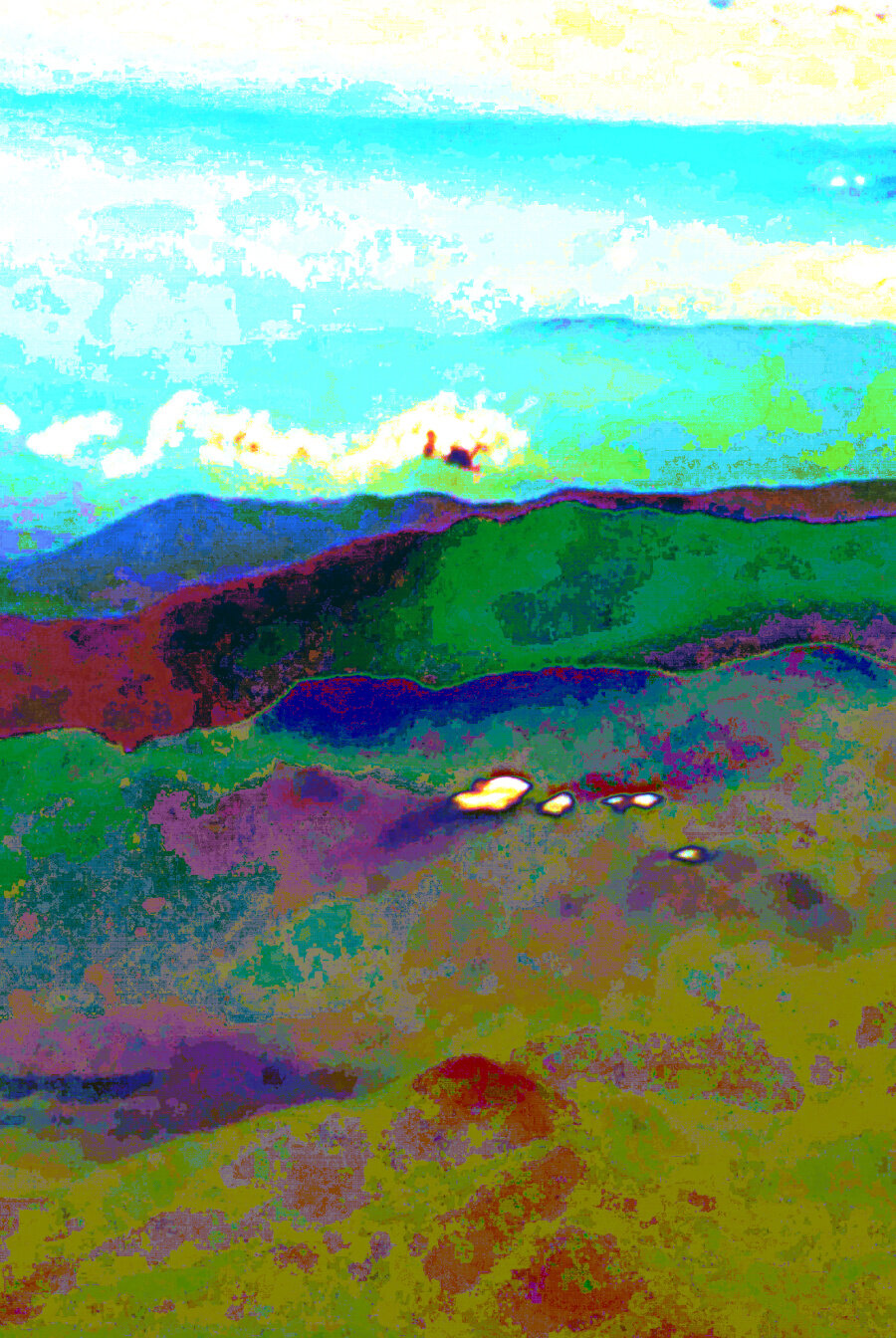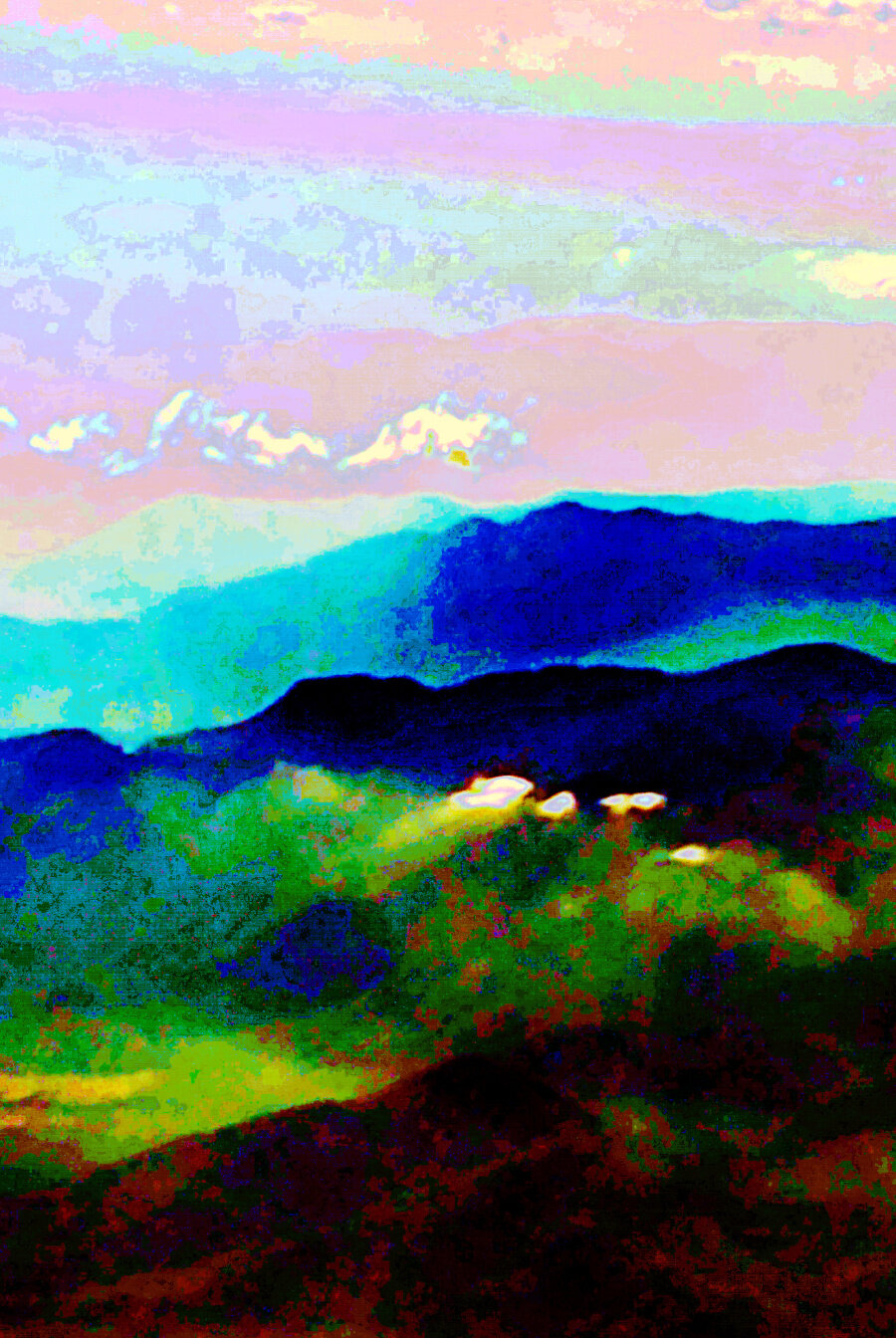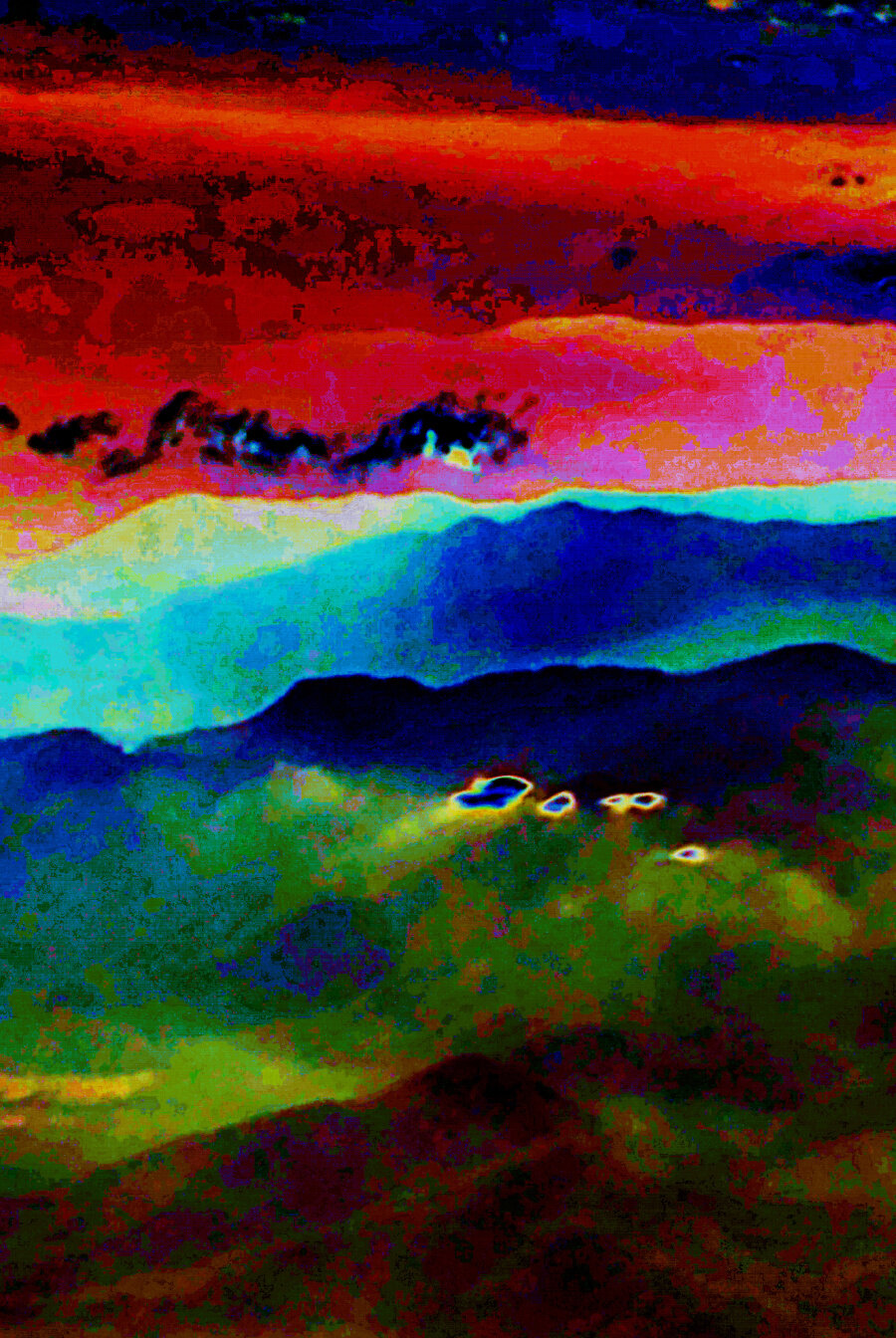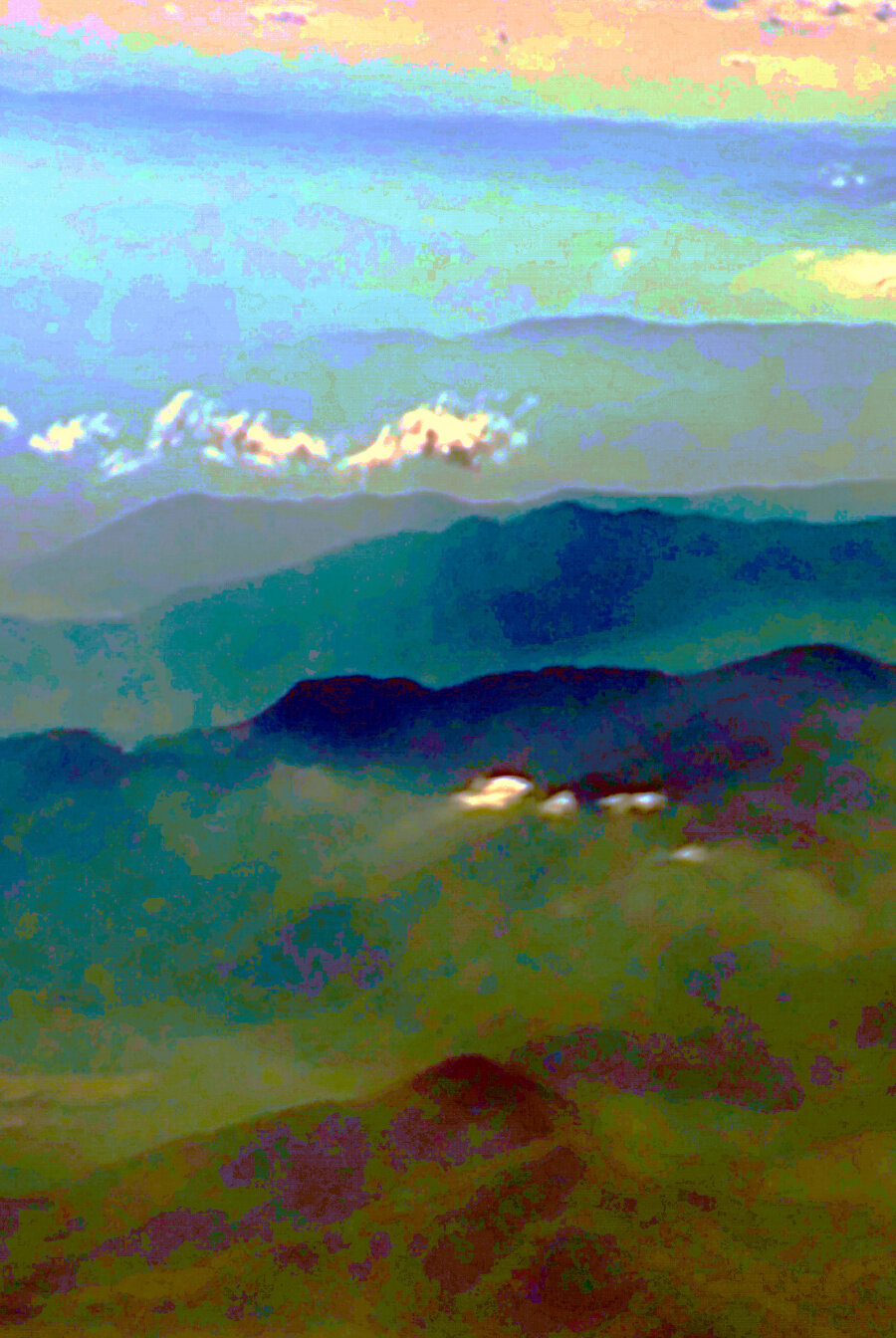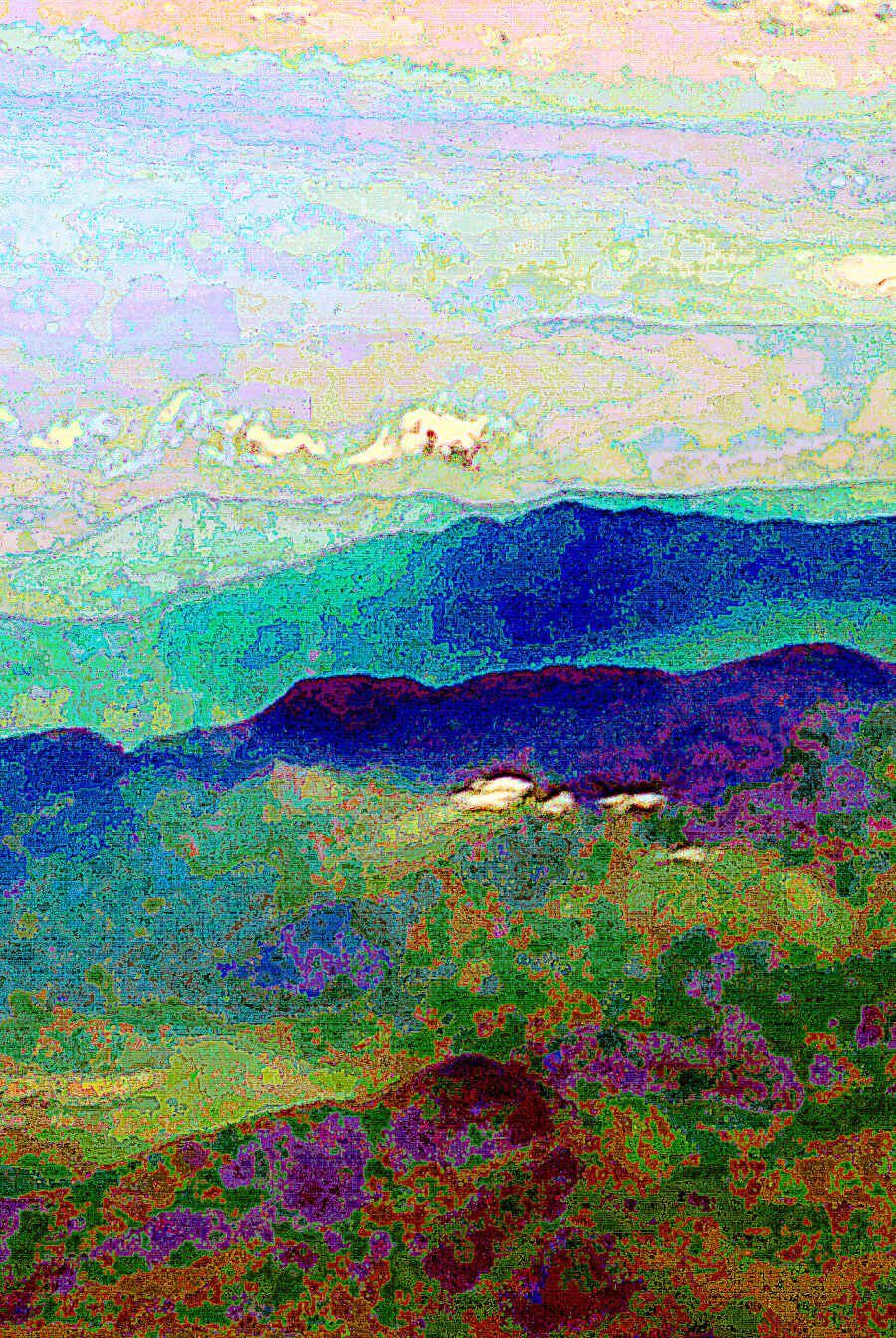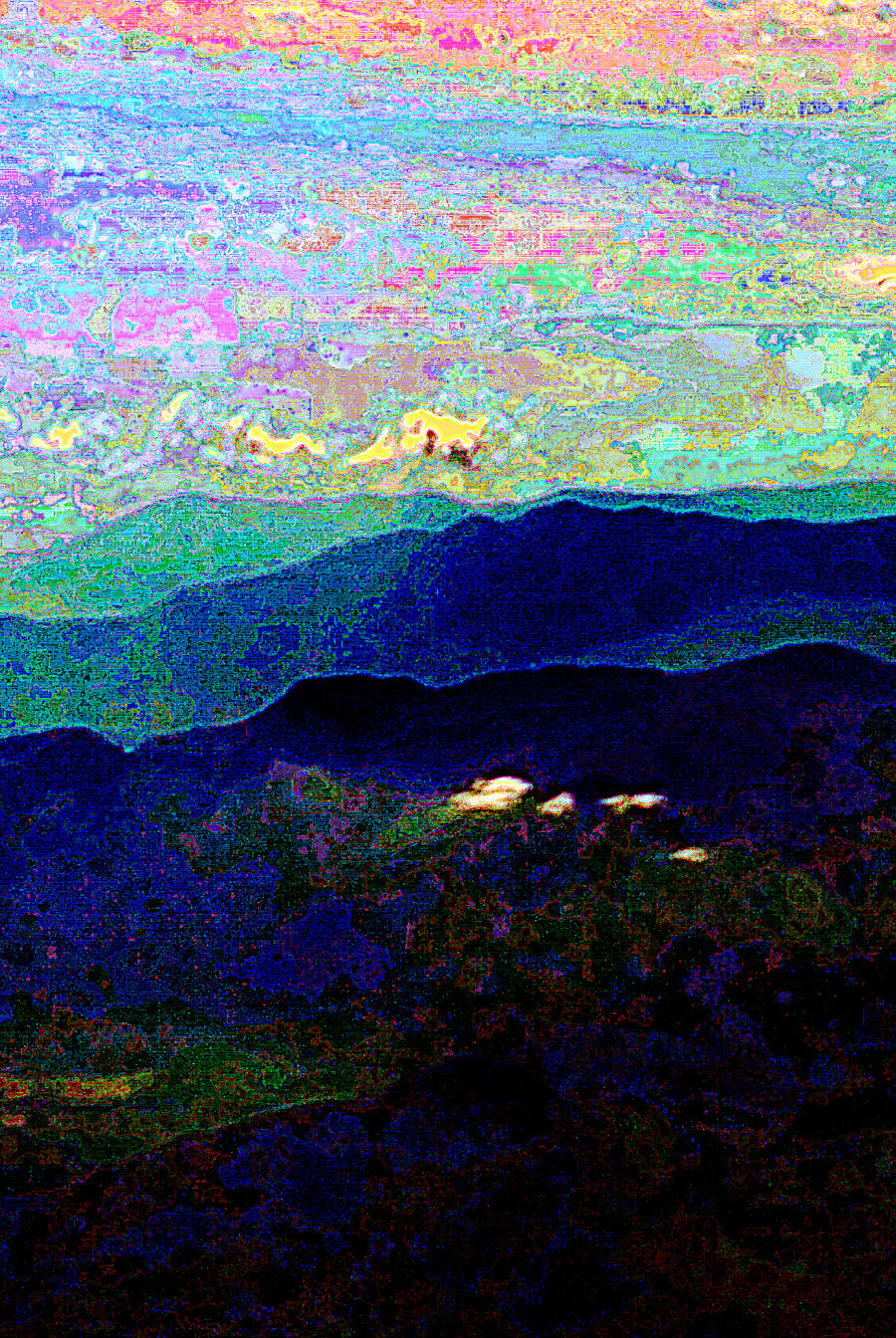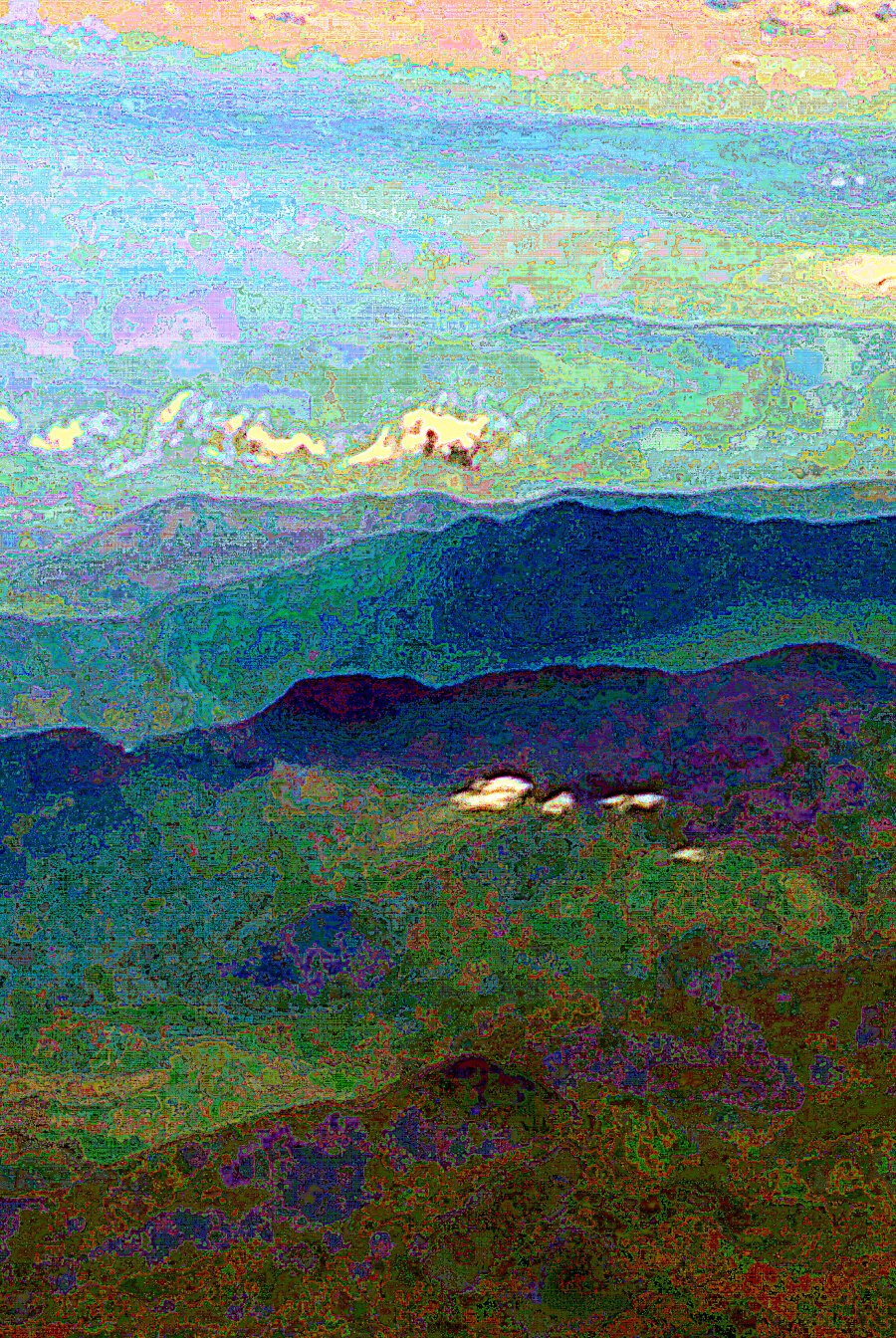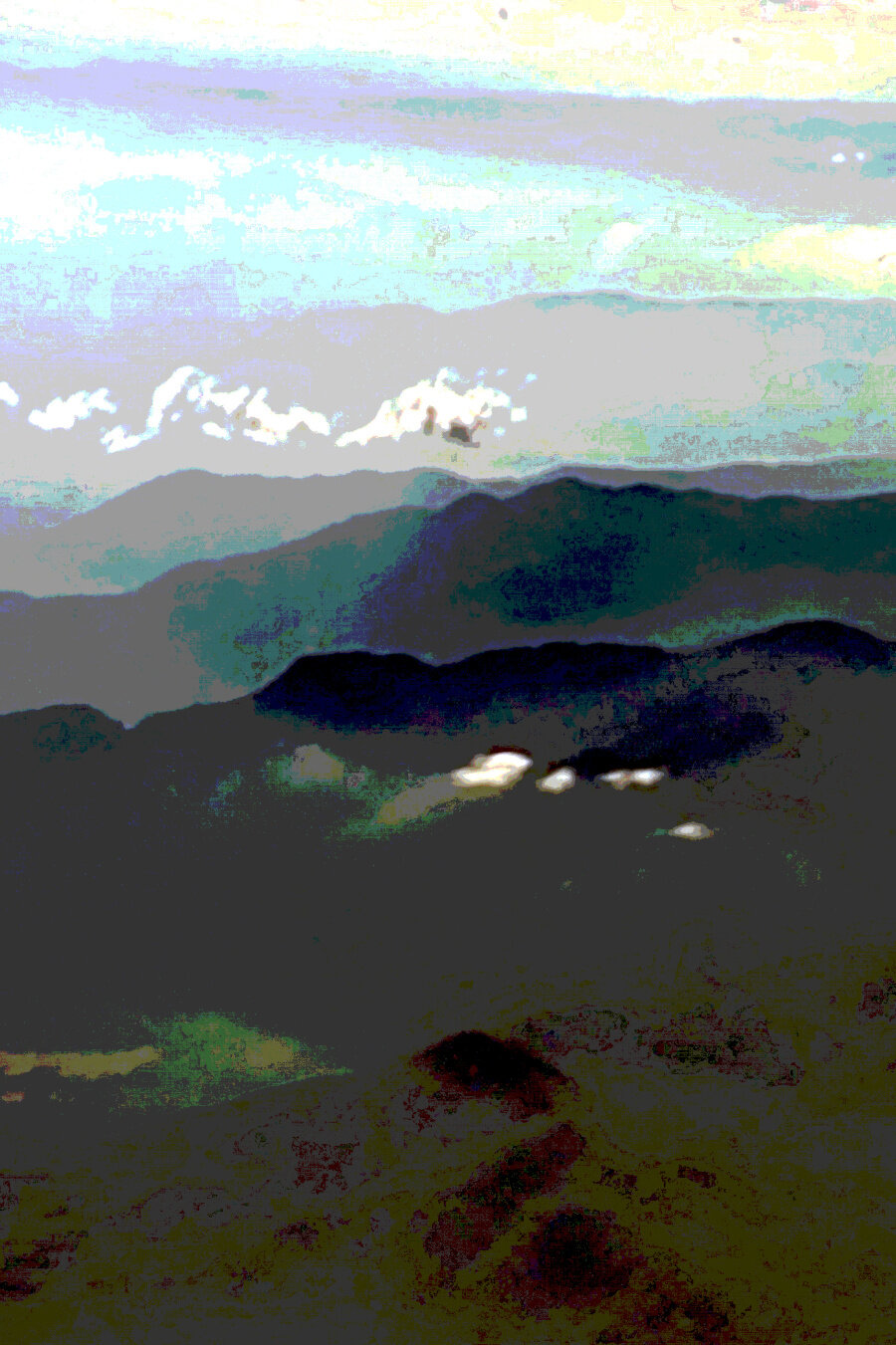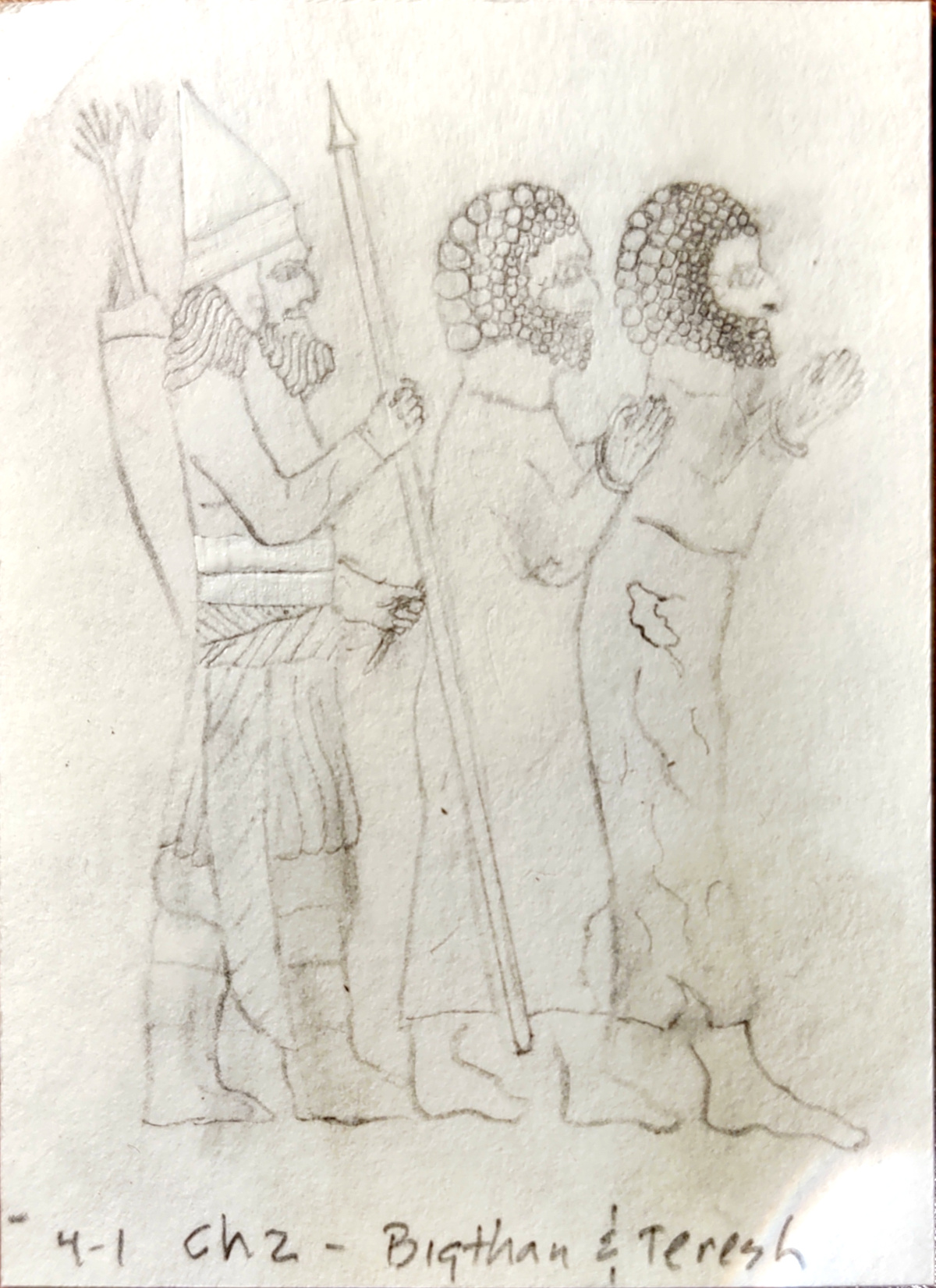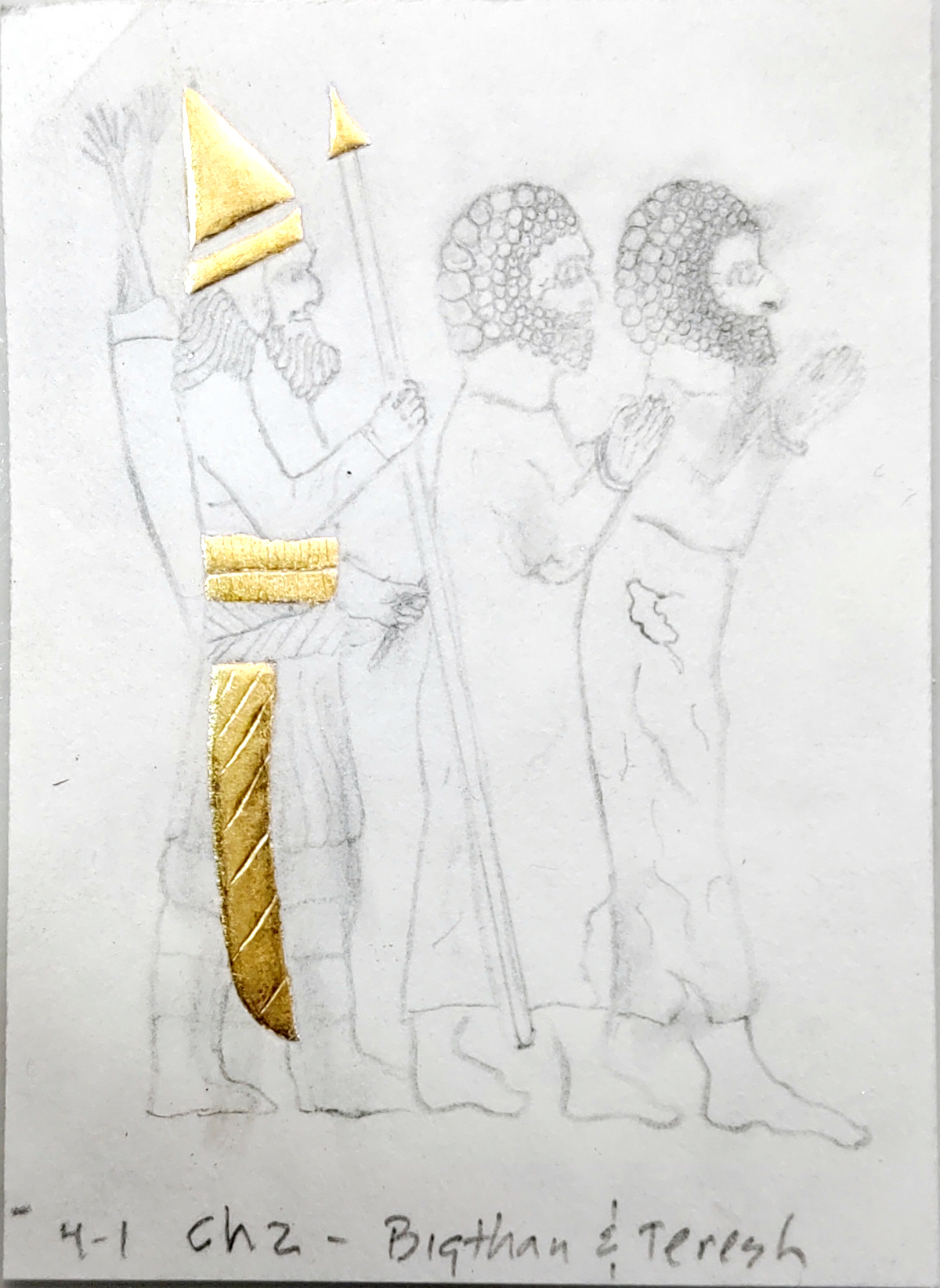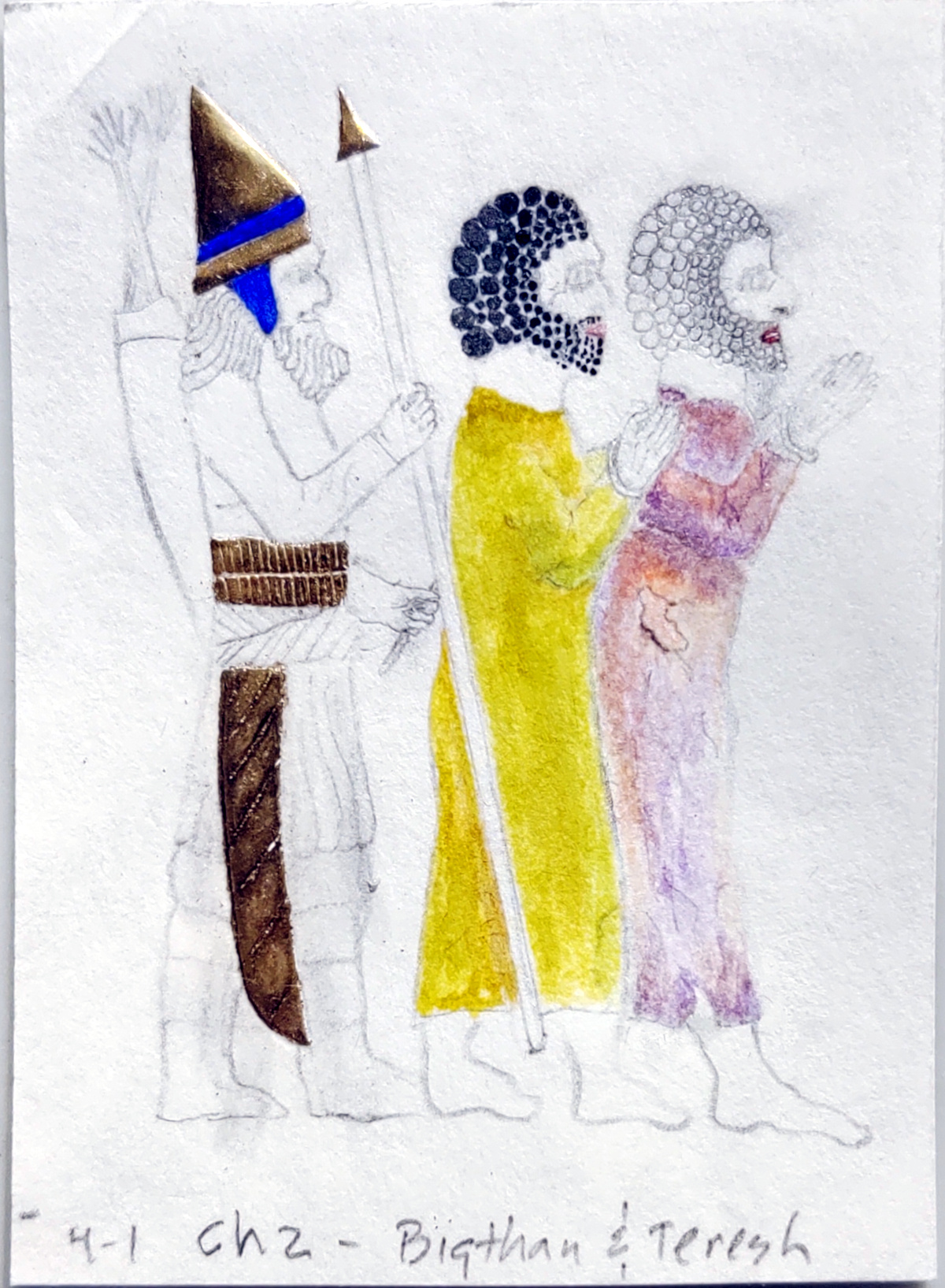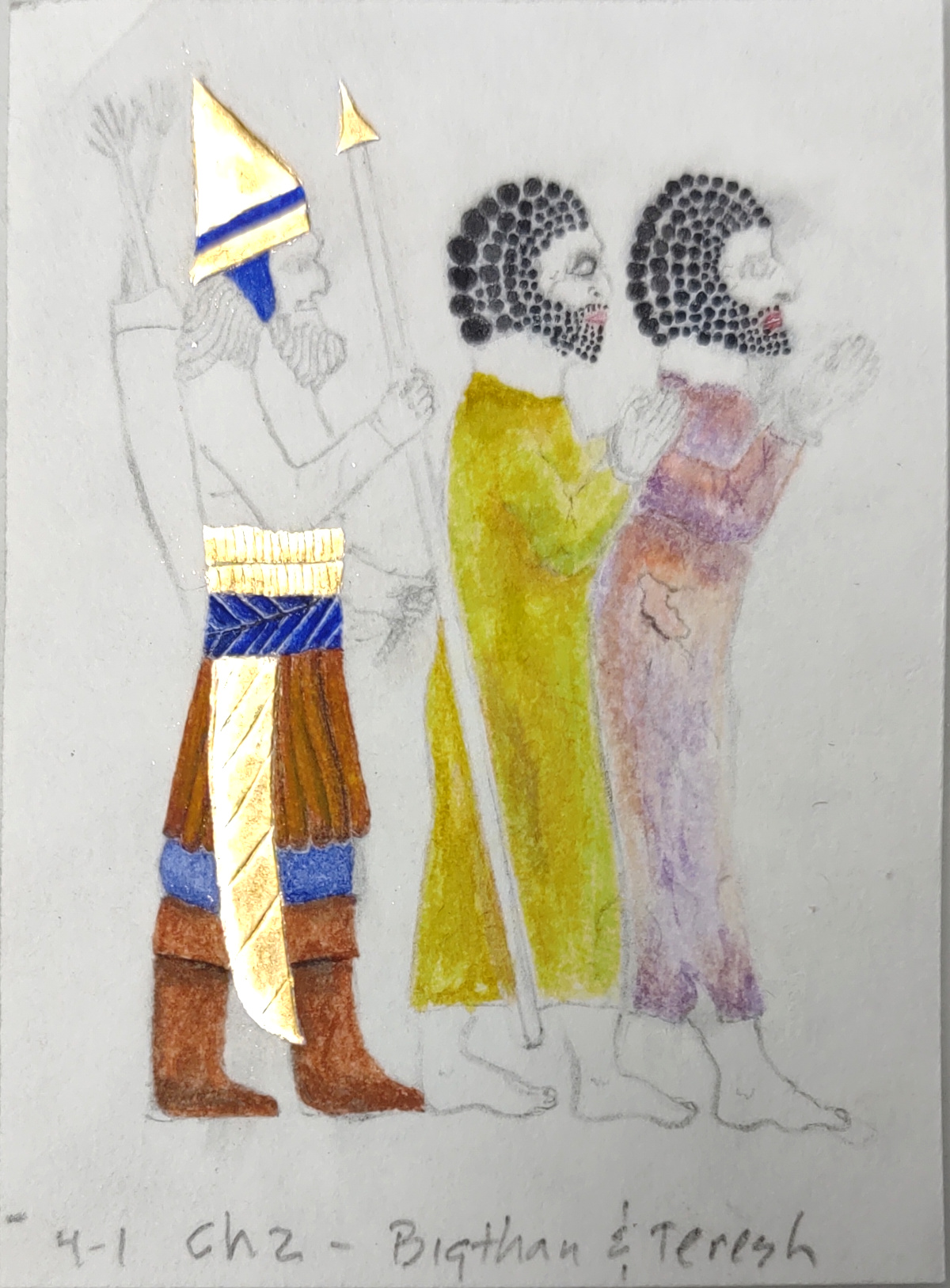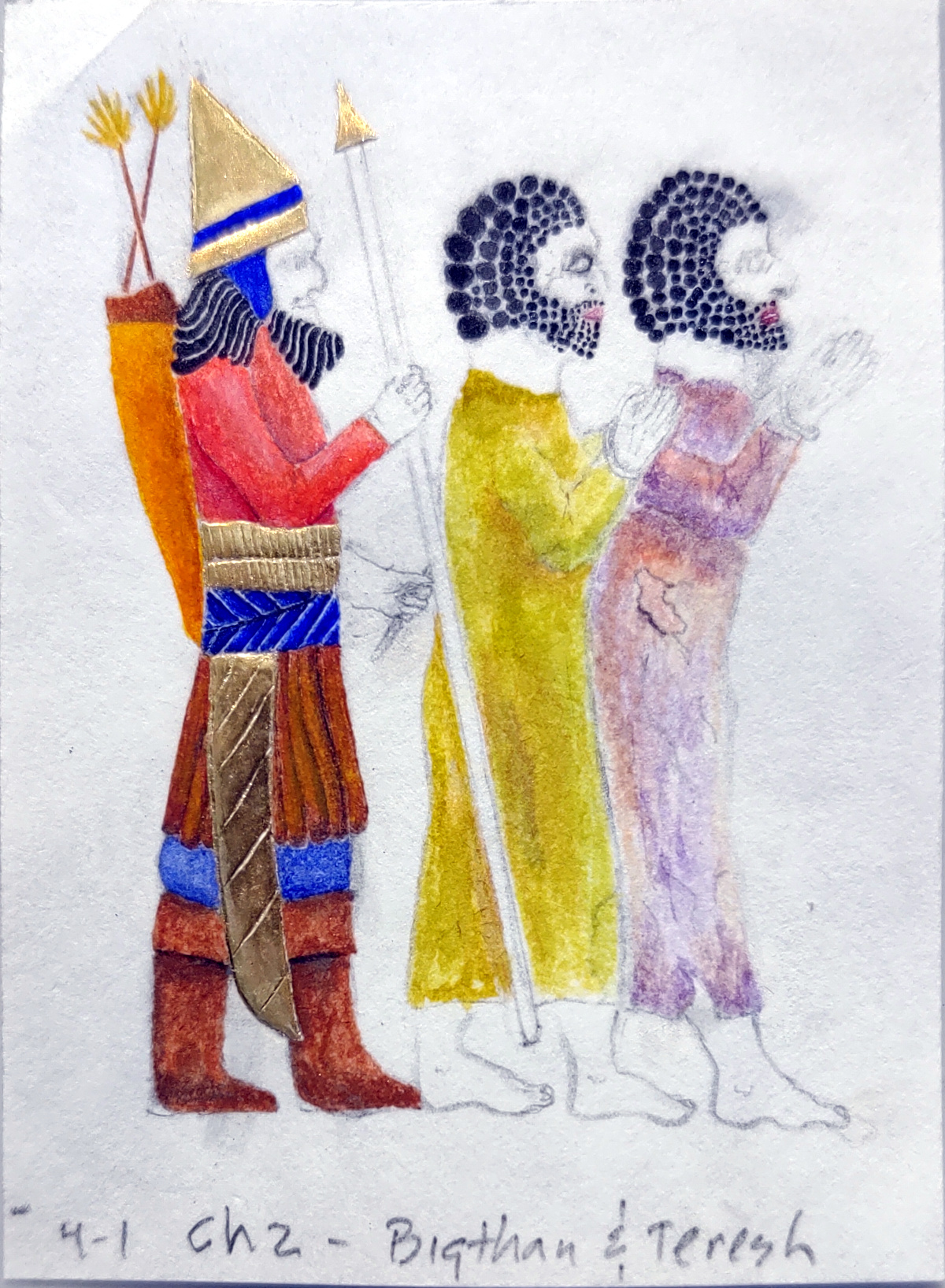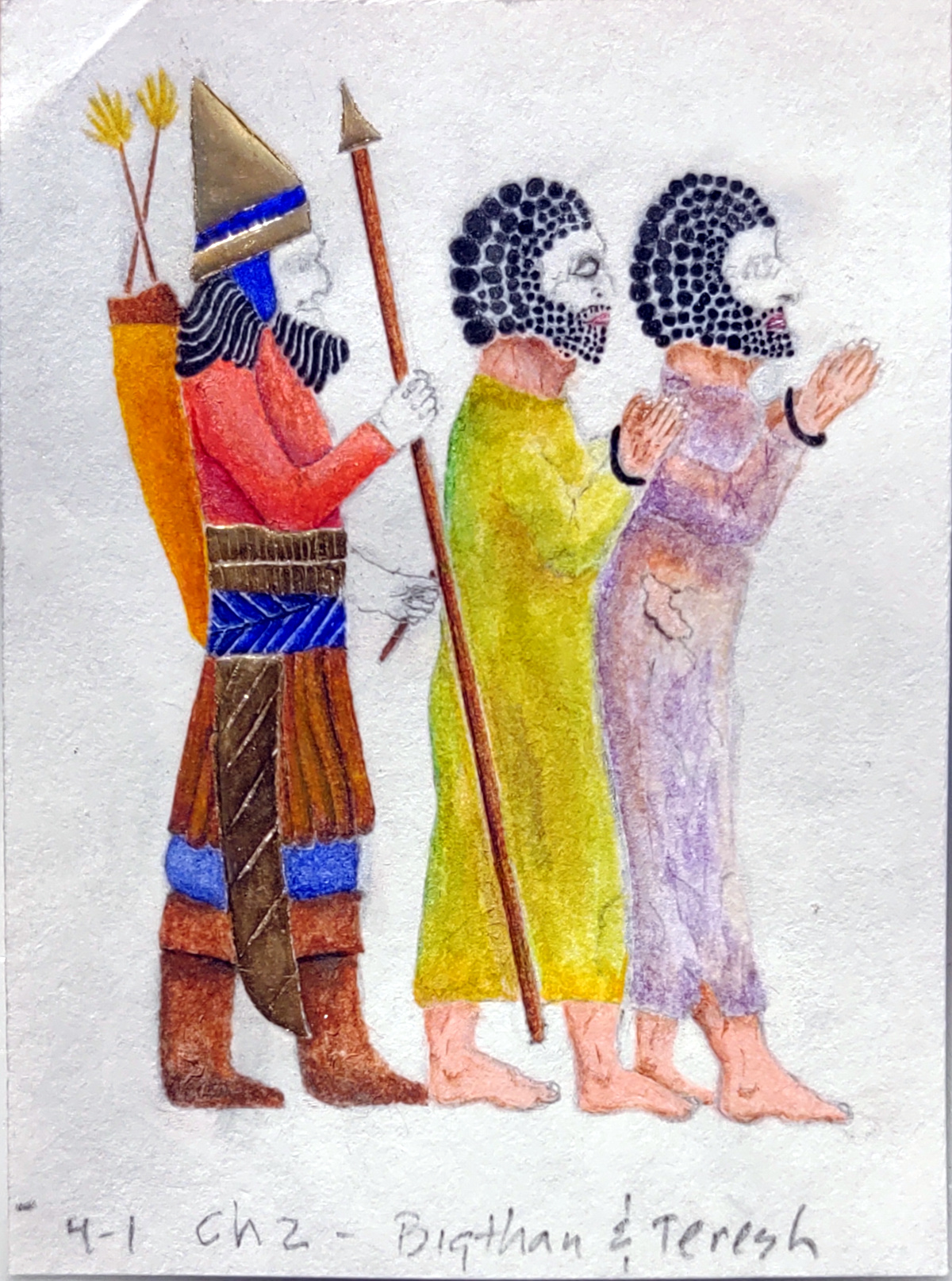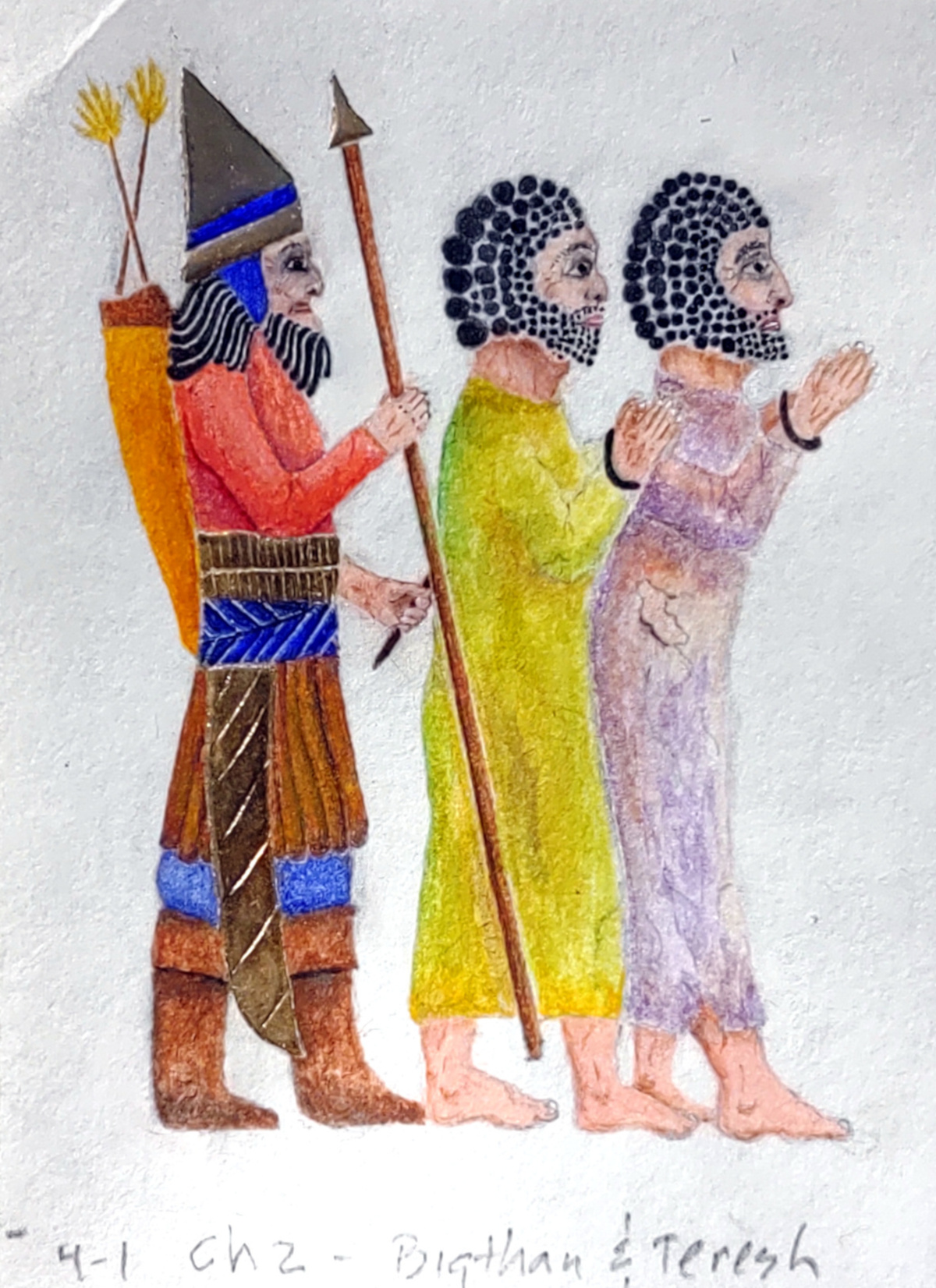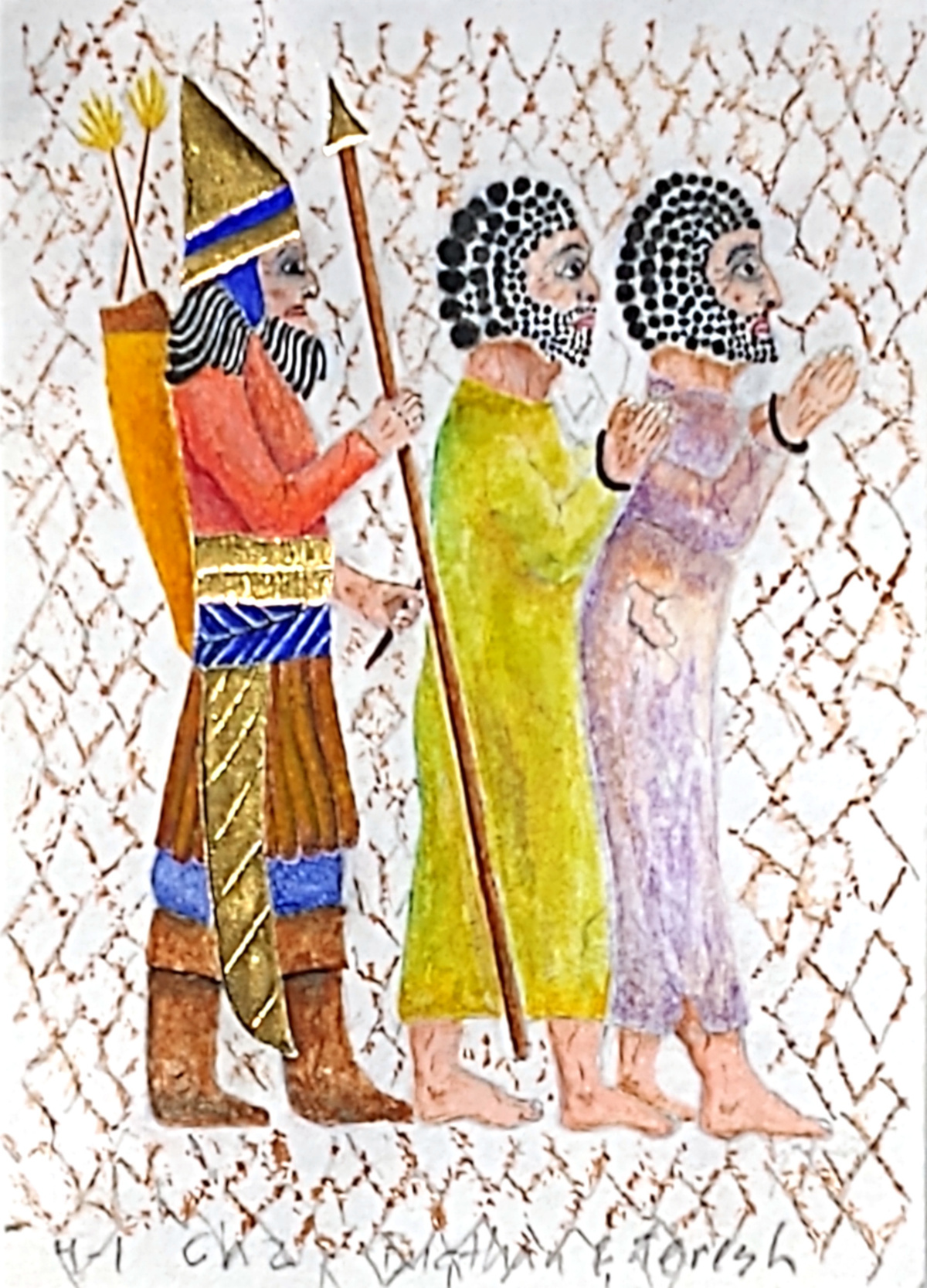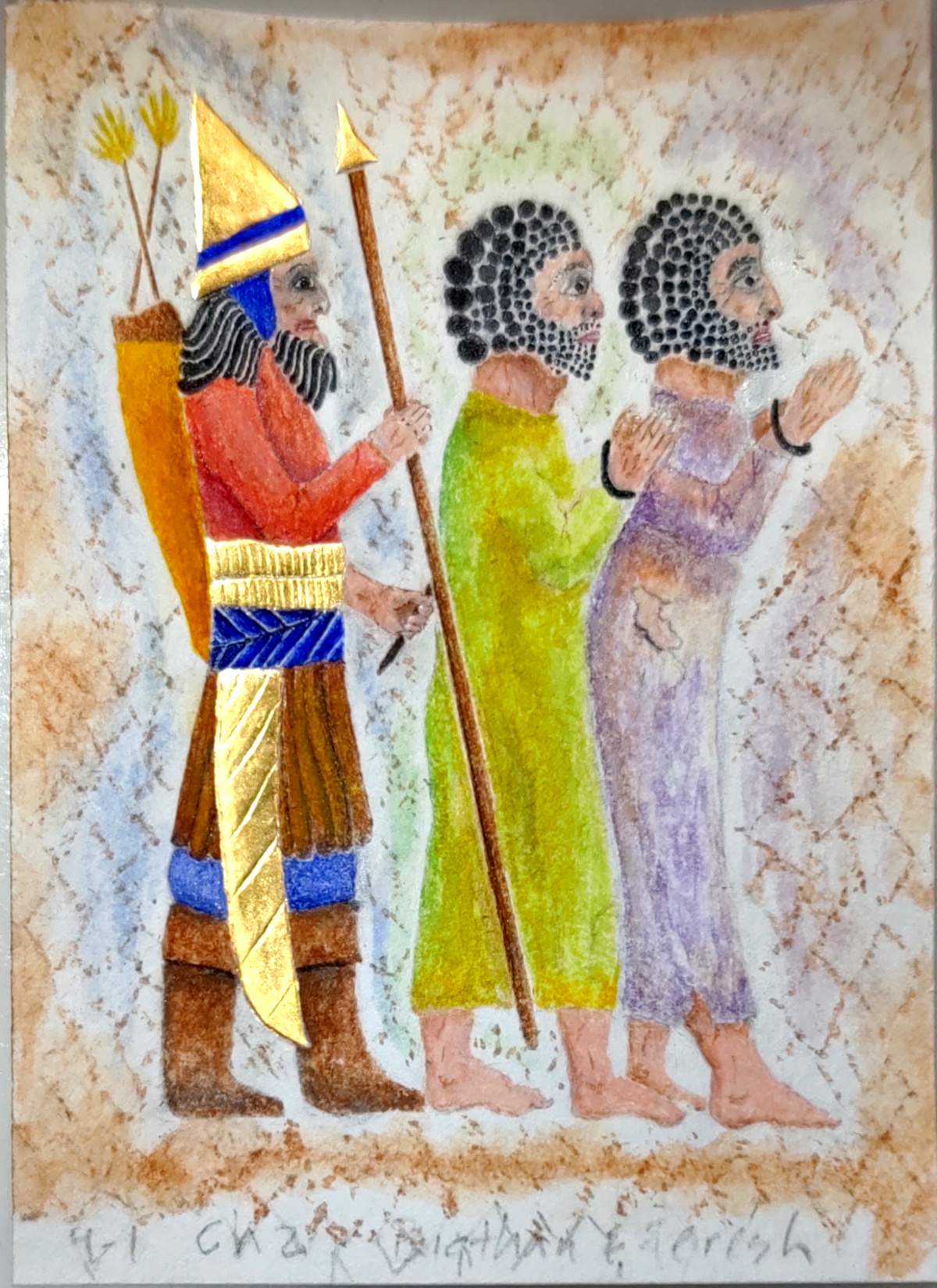Our hero has been involved in map-making, a profession surprisingly dominated by Jews in the 100 years before Columbus. These maps were fundamental to the European expeditions around the Cape of Good Hope to India and then to the New World. He is now in Palma, Majorca, arguably the capital of map-making in the mid fifteenth century.
Here’s a prose excerpt, followed by the original poetry in its altered English:
And in them days, Aragon’s noose was squeezin’ tighter on the church’s lands, trying to choke out heresy, and alternate readings of their bible tales, and personal knowledge of God in the world. And as for pagans, Muslims, and Jews, a sword was pressin’ against our necks. Hard to breathe; harder to move. Like we fell into a vortex of hell in Dante’s tale of hopeless souls; trying to find a reliable map out of these hell-lands coiled in hate.
But forgive. I’m rushin’ ahead of myself. I still must describe the secret lives hidin’ inside of Palma’s walls. And Batkol insists that I reveal the book she writ in Genoa.
Like I says, that priest hustled us thru private courtyards and mazy ways an into a house with nary a knock. Expectin’ a parlor, much surprised, we stands in a kitchen, fragrant with bread. The cook nearly drops her tray of cakes, and stifles a scream,
”O Father Enrique! You frighten me.”
“So sorry, Noor. Senor Vallseca awaits us. We came the back way to save time.”
She leads us into a sittin’ room.
Juan Vallseca
Man of stone. Face a mask. Sits like sphinx; desert winds slowly etch his mask away; slowly pit his stony eyes. Flickers of inner light escape. He taps his finger on his thigh. His stone casting begins to crack. As if an echo from a far hill, words escape from his chest, words of welcome from a distant place.
Father Enrique
“My sphinx-hearted man of faith, my dear friend, Senor Juan...”
A well-trained hound at his master’s feet, tho sharp of tooth and mastiff tall. Knows the hand that feeds him well, that makes him sit or whips his haunch. None too fawning but well restrained.
Gabriel Vallseca
Puppy scampers, yip and yap, nipping toes, yip and yap, chasin’ his tail, yip and yap...
In walks Gabby with a wide grin and a flaky pastry in his hand, crumbs flying as he says hello.
Father Enrique
The light dims and shadows streak his etched cheeks, his deep eyes now enlarged to dark pools as evening dulls the rosy clouds, and the bright sky turns deeper blue. Is that the Nazarene I see on a further hill, his robes blowing in the risen wind; or only Paul, sharp of tongue and dark of thoughts, come to Rome to challenge law? His voice is soft but his fist is clenched, and his next words transform the mood...
“What, now, are we to do?...”
Here’s the original poetry:
An in them tiemz Aruggonz noos
Bin skweezen titer on the cherchen lanz,
Tryen a choke owt harusseez
An alternet reedz a thaer bibel taelz,
An persennel knowenz a God in the werl.
An az fer pagen, Mouzlem, an Ju,
A sord wer prest uggens ar neks;
Hard tu breeth; harder tu muve.
Like we fel intu a vortex a hel
In Dontayz talen a hoeples seelz,
Tryen a fien a reliyubbel map
Tu exkape theze hel-lanz an koyelz a hate.
But fergiv. I rusht uhhed a myselv.
I stil mus deskribe the seekret lievz
Hiden inside a Pawlmuhz wawls.
An Butkoel insists that I reveel
The bouk her rit in Zhennovuh.
Like I sez, that prees husselt us
Thru privet kortyardz an mazee wayz
An intu a hows with naree a nok.
Expektenz a parler, much serpriez
We stanz in a kichen, fraegren a bred.
The kouk neerlee drops her tray a kaeks
An stifelz a skreem.
“O, Fother Enreek! Yu friten me!”
“So sawree, Noor.
“Seenyor Valsekkuh awaten us.
“We kum the bak way az saven time.”
She leed us intu a sitten room….
Hwon Valsekkuh
Man a stone. Fase a mask.
Sits like sfeenx; dezzer winz
Slolee ech hiz mask uwway,
Slolee pit hiz stonee iy.
Flikkerres inner lite exkape.
He tap iz feenger on iz thi.
Iz stone kastenz start tu krak.
Az if an ekko frum a distan hil,
Werdz exkapen frum hiz ches,
Werdz a welkum frum a far plase.
Fother Enreek
“My sfeenx-hartes man a faeth,
“My deer fren, Seenyor Hwon...”
A wel-traent hown at iz master feets,
Tho sharp a-tooth an mastif tawl;
Knoez the han az feed him wel,
That make him sitz or wip hiz honch;
Nun too fonnee, but wel-restraenz.
